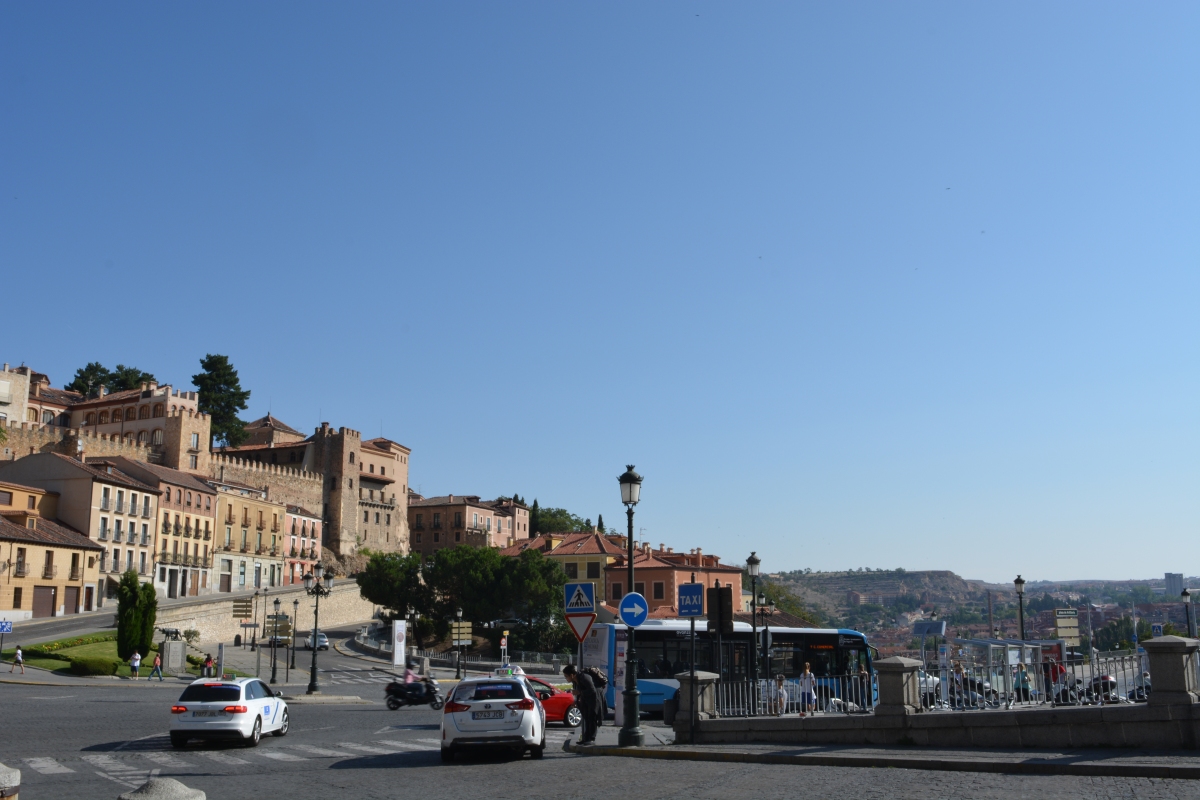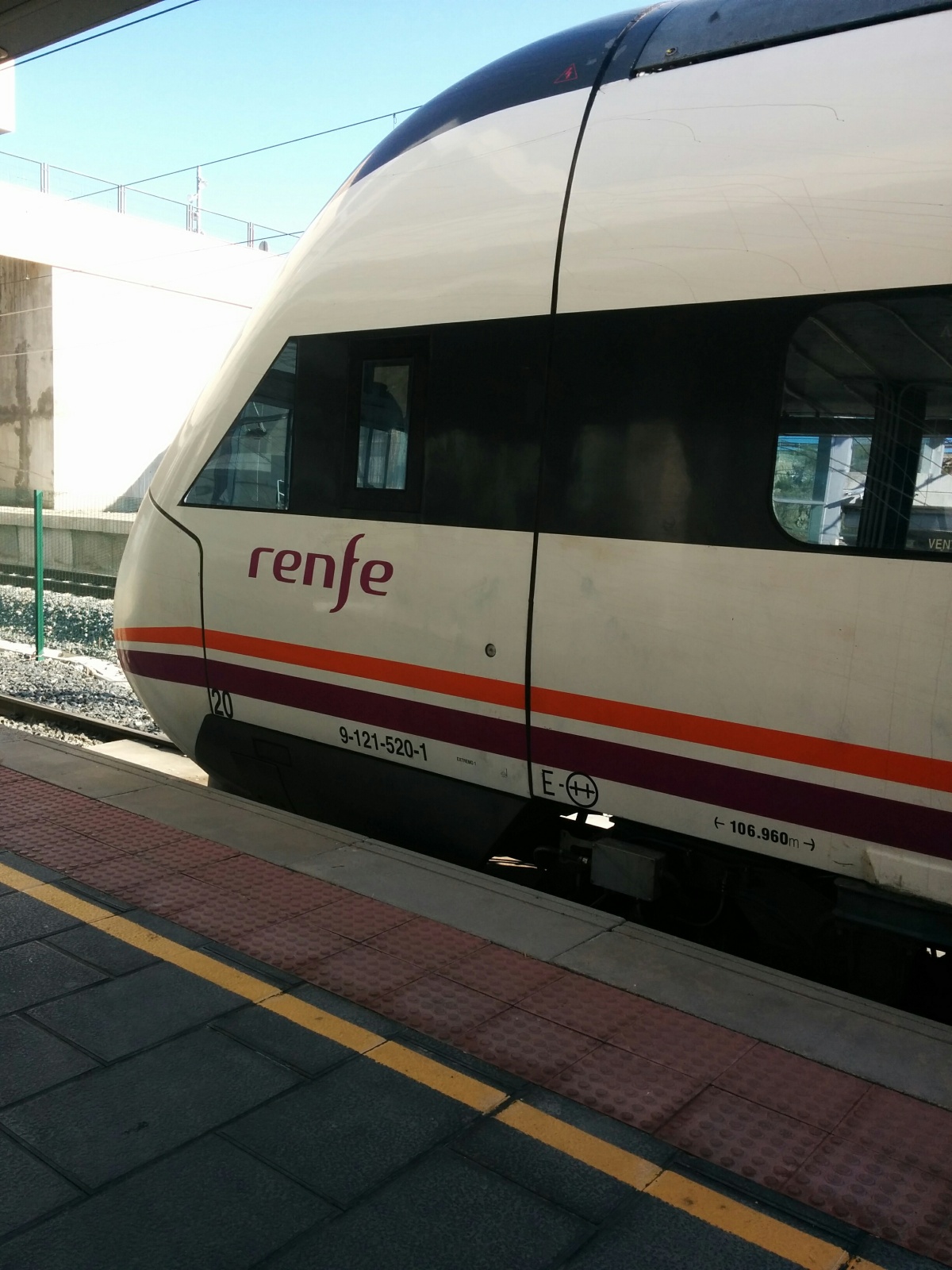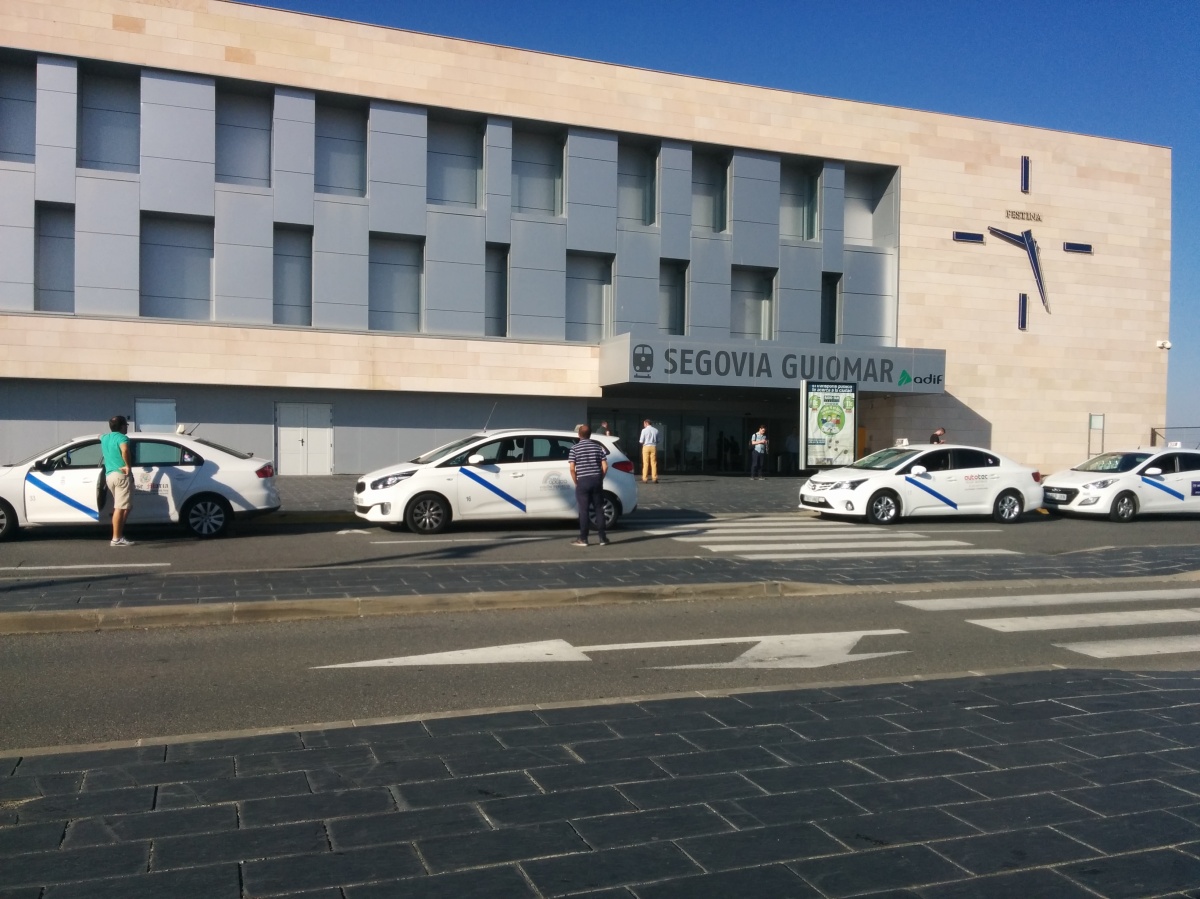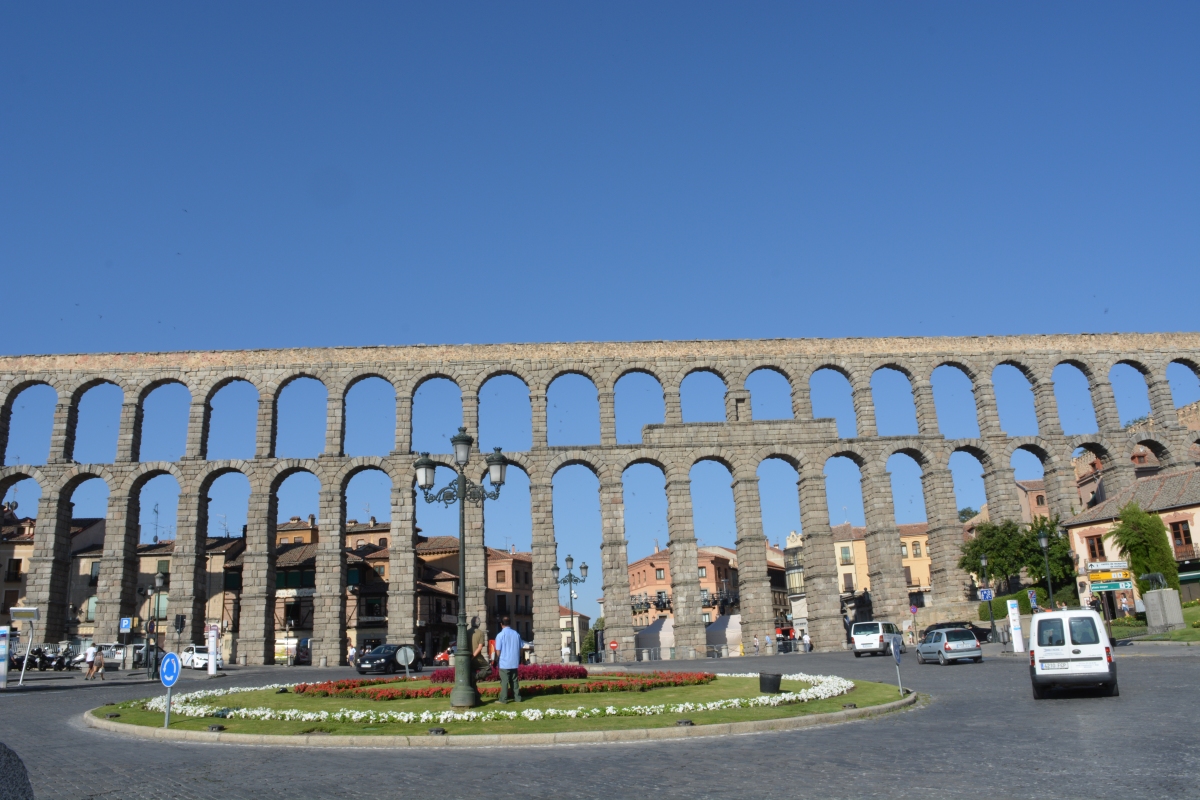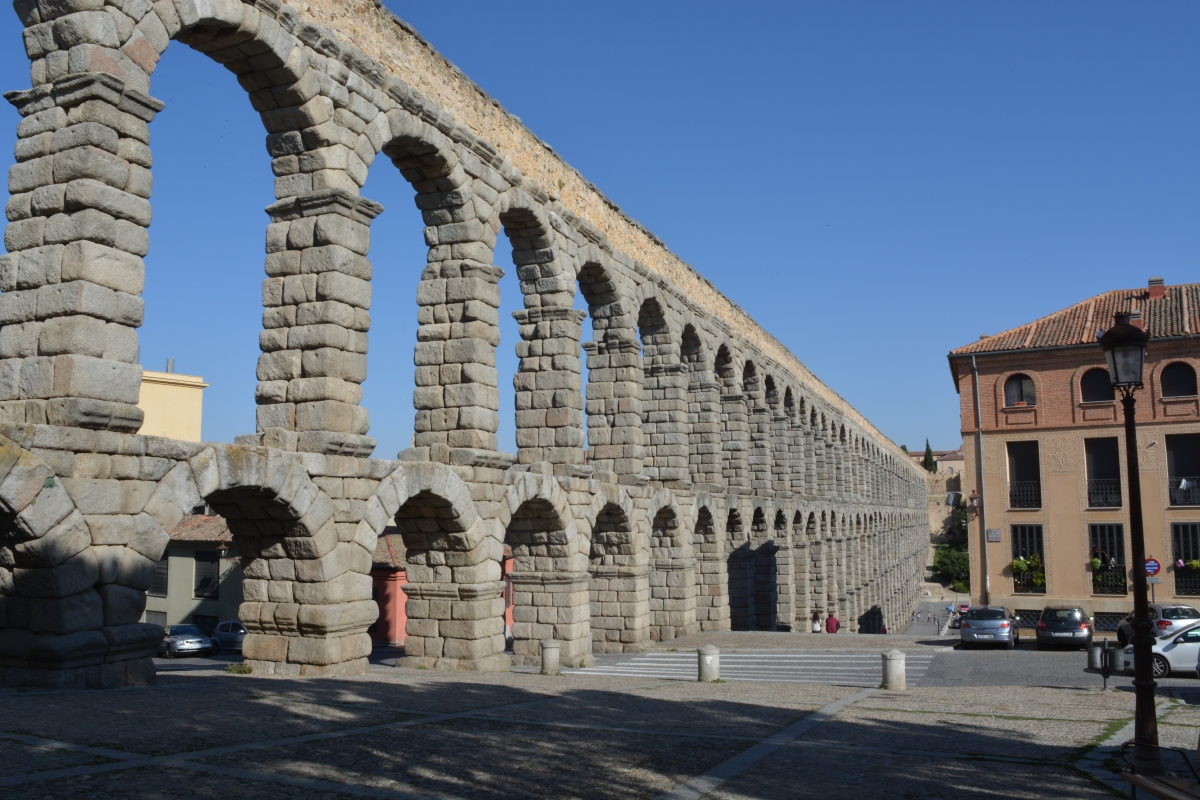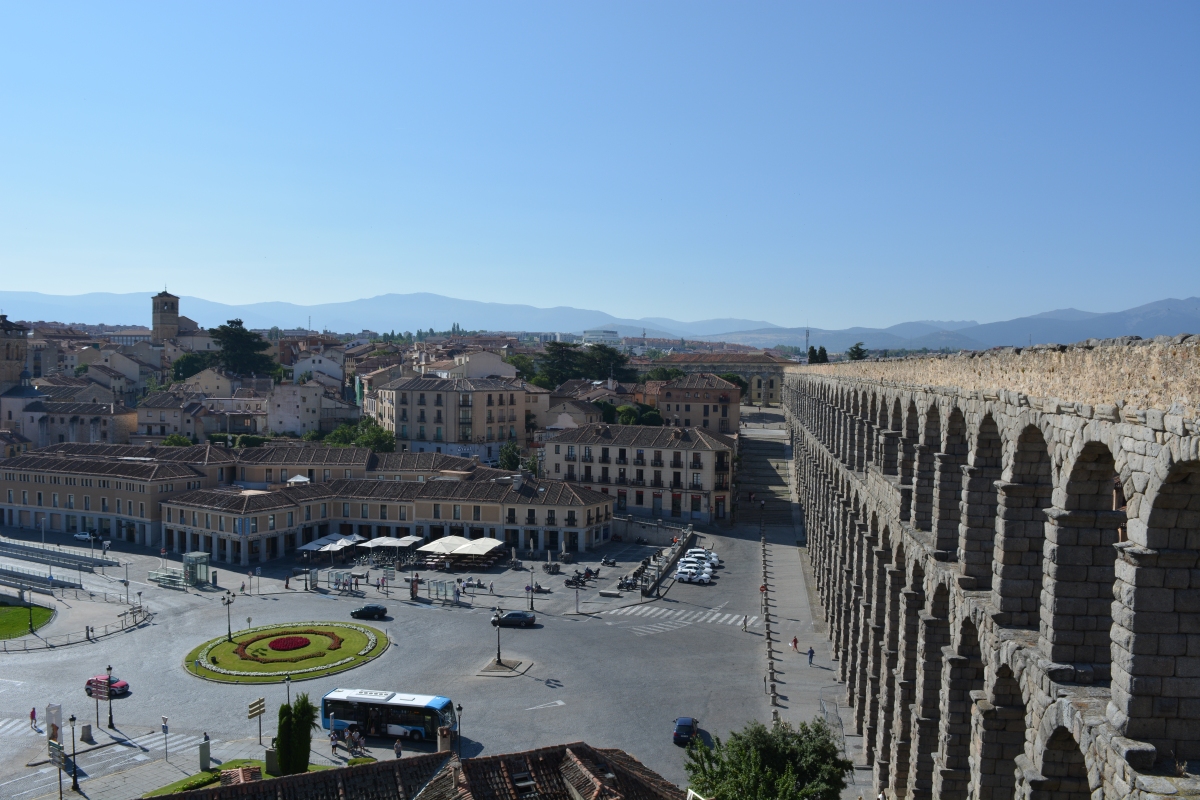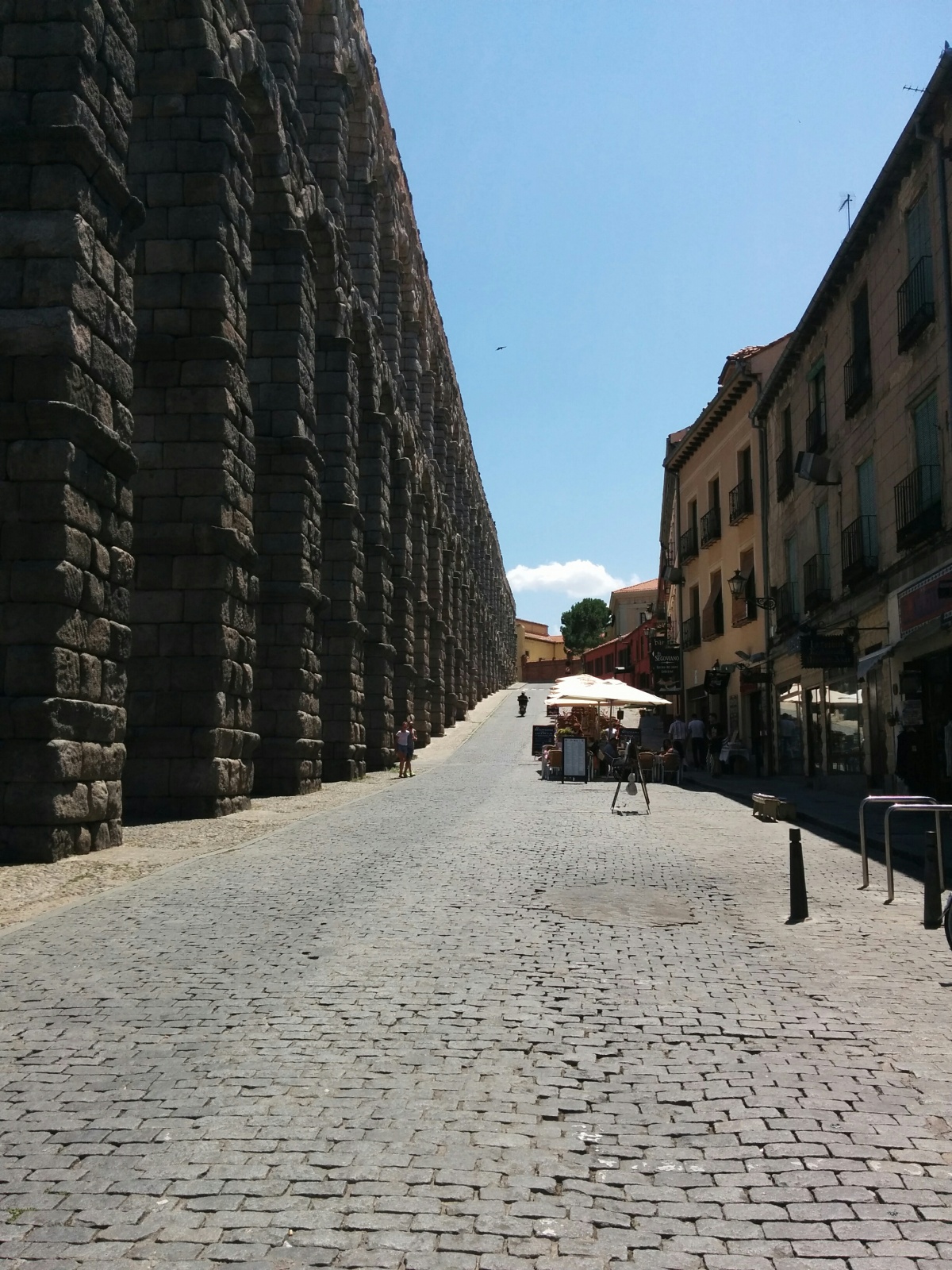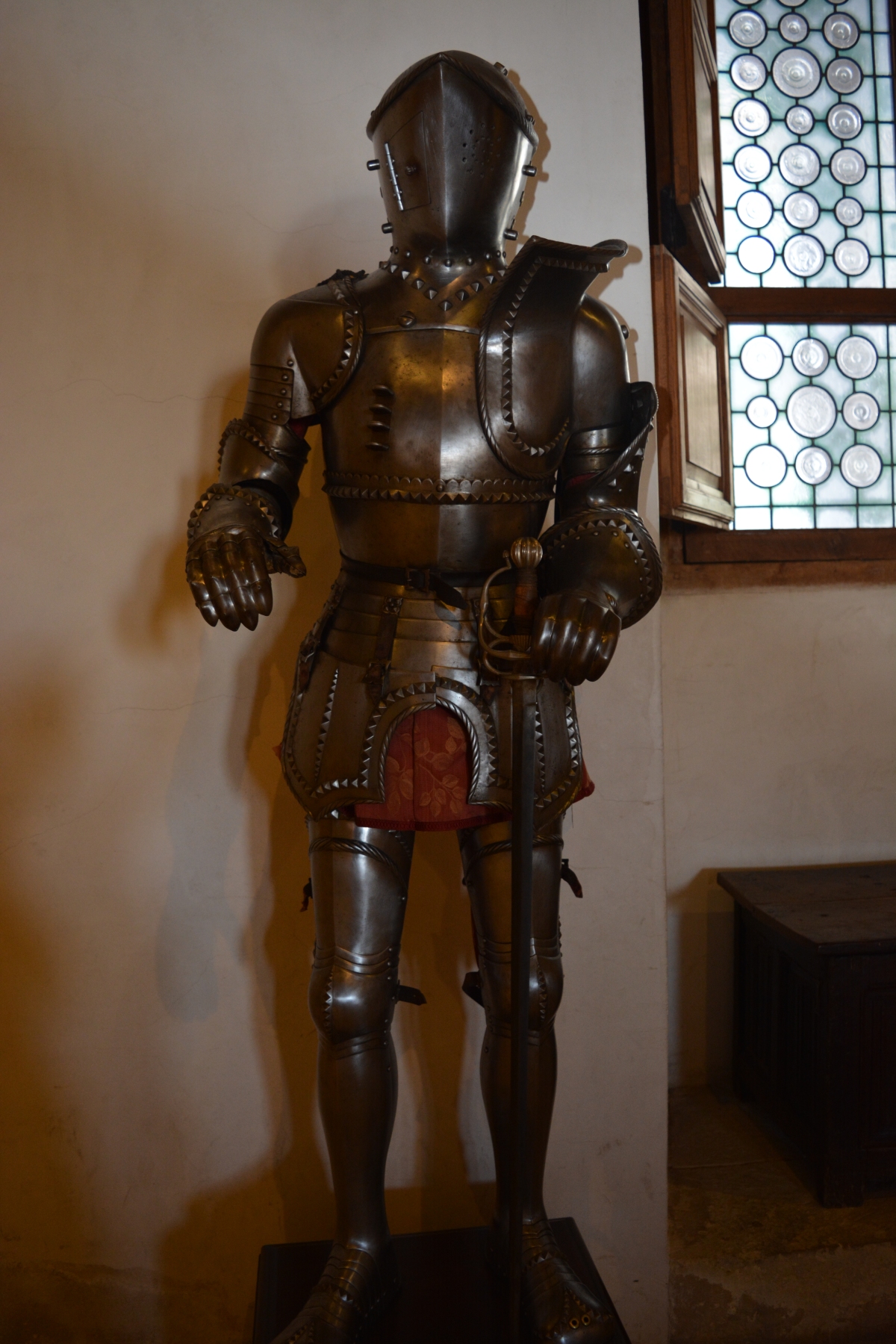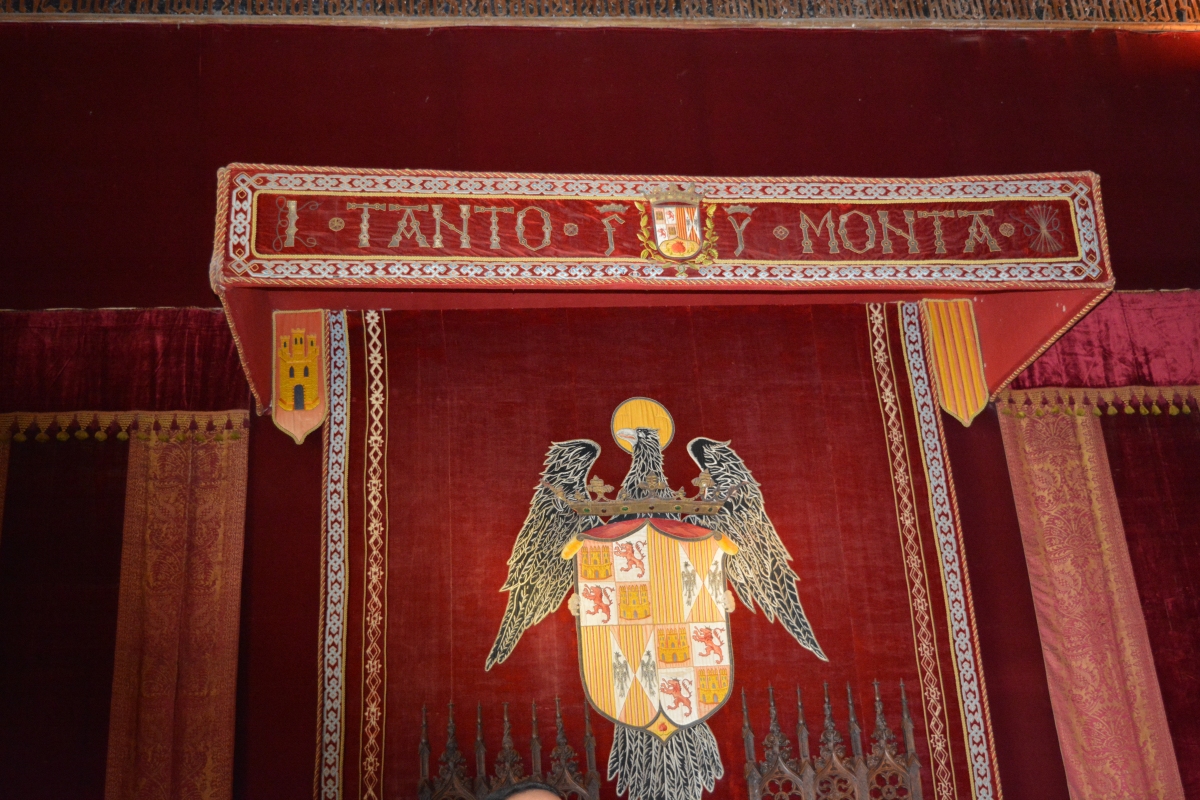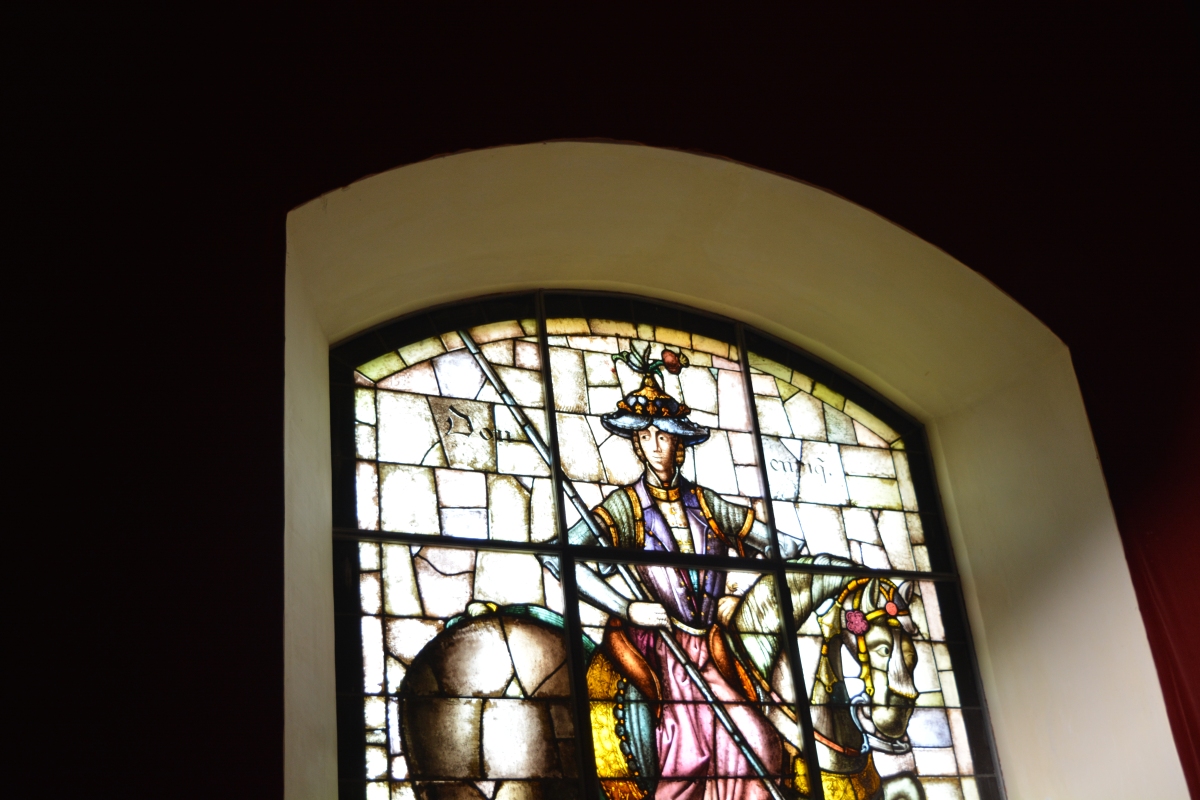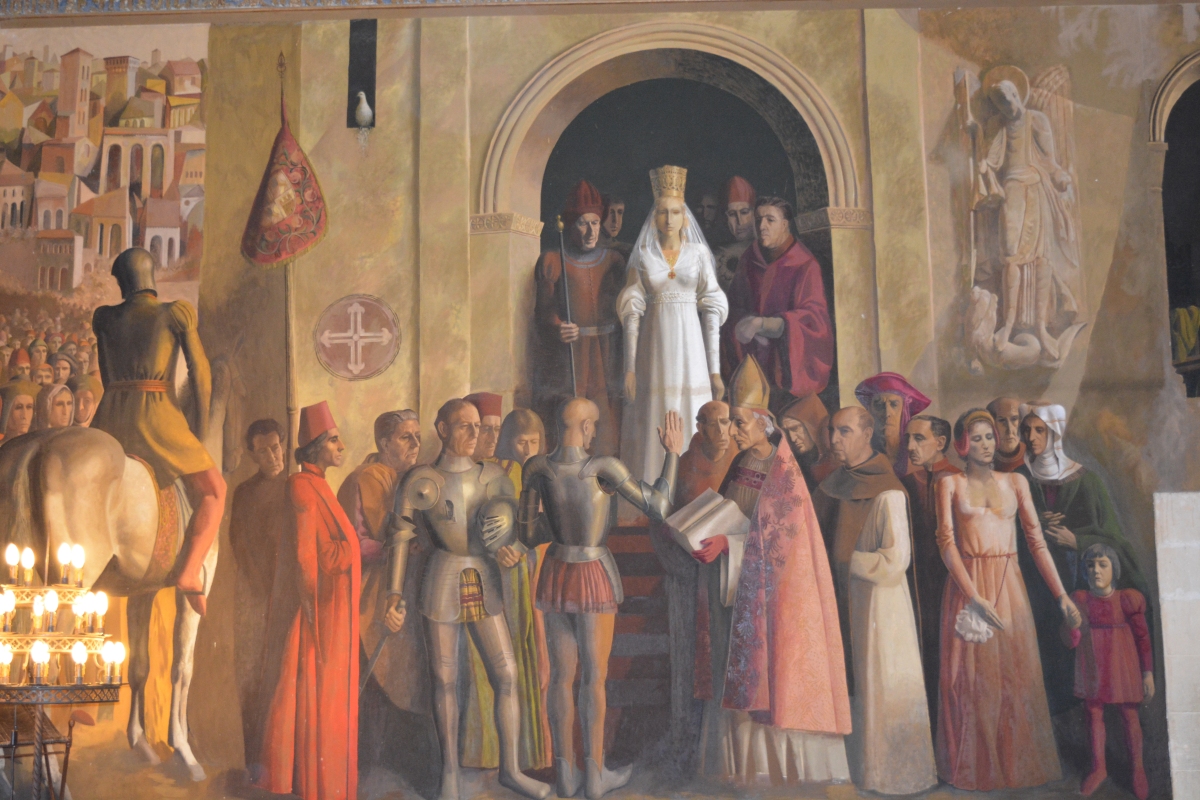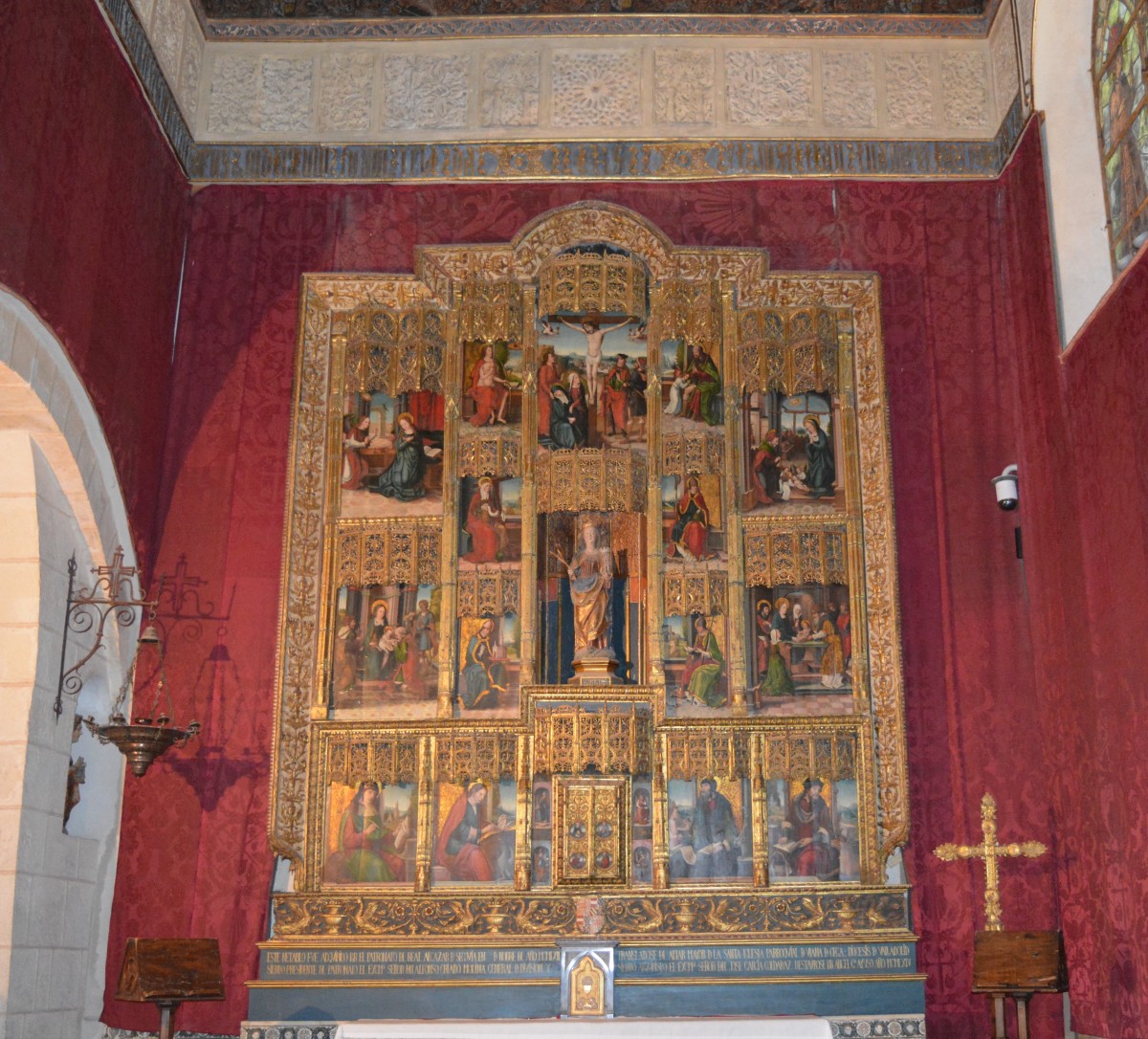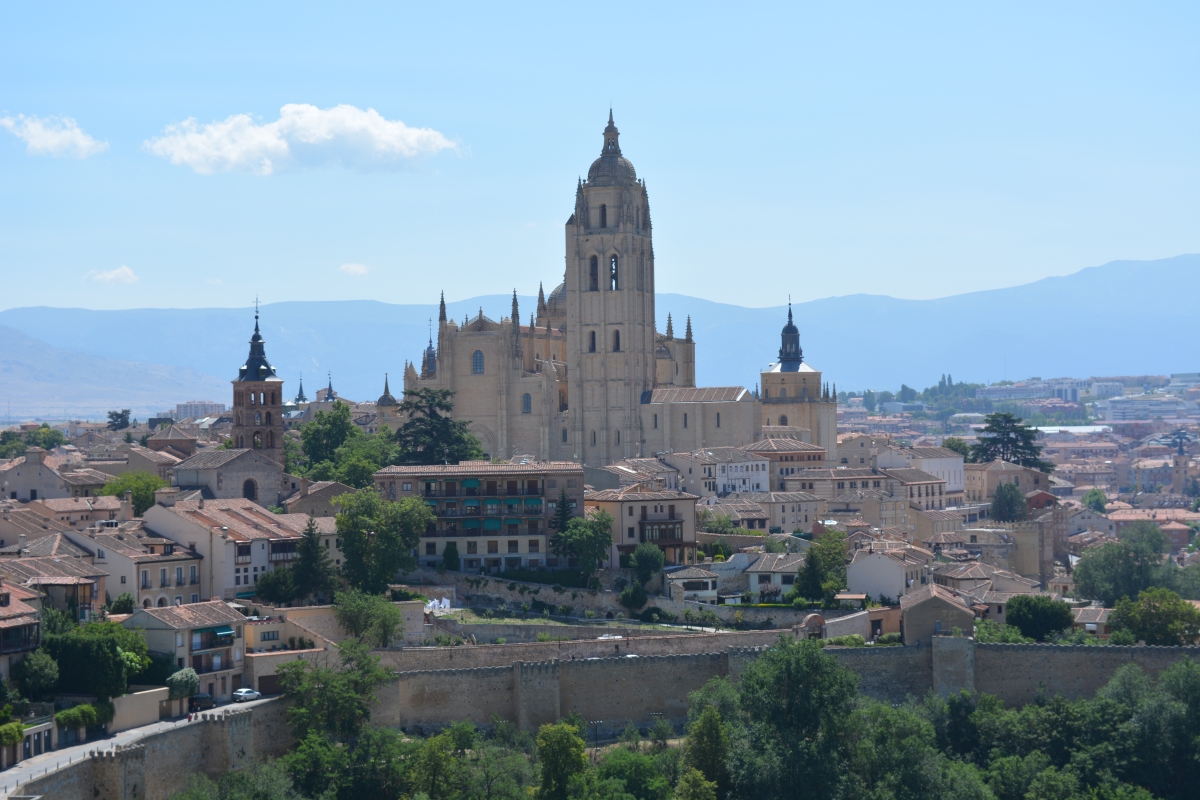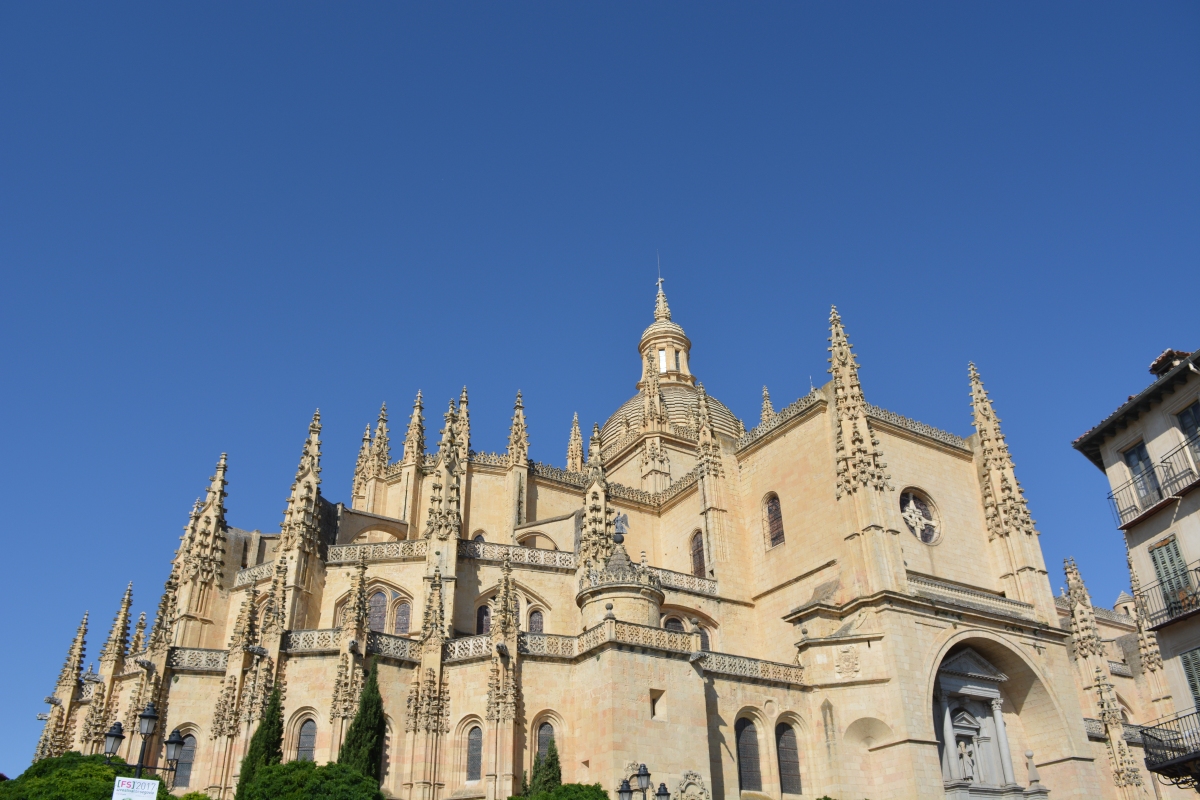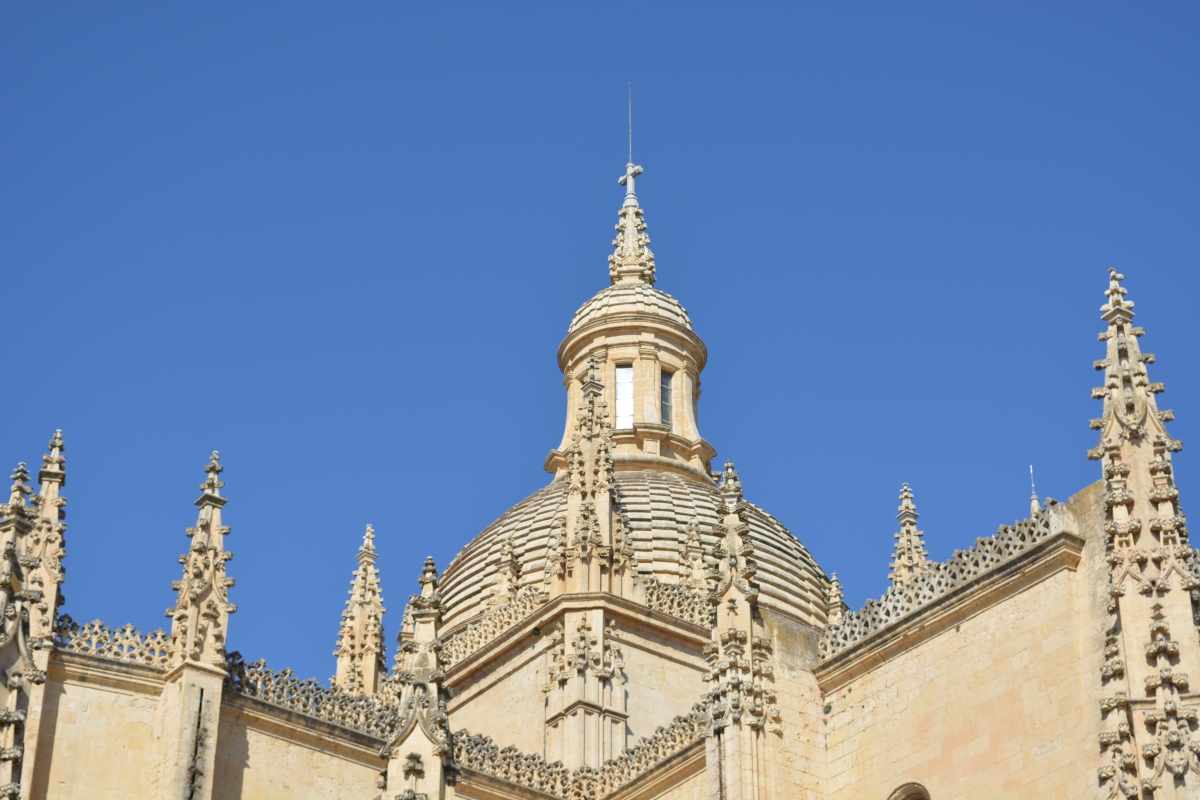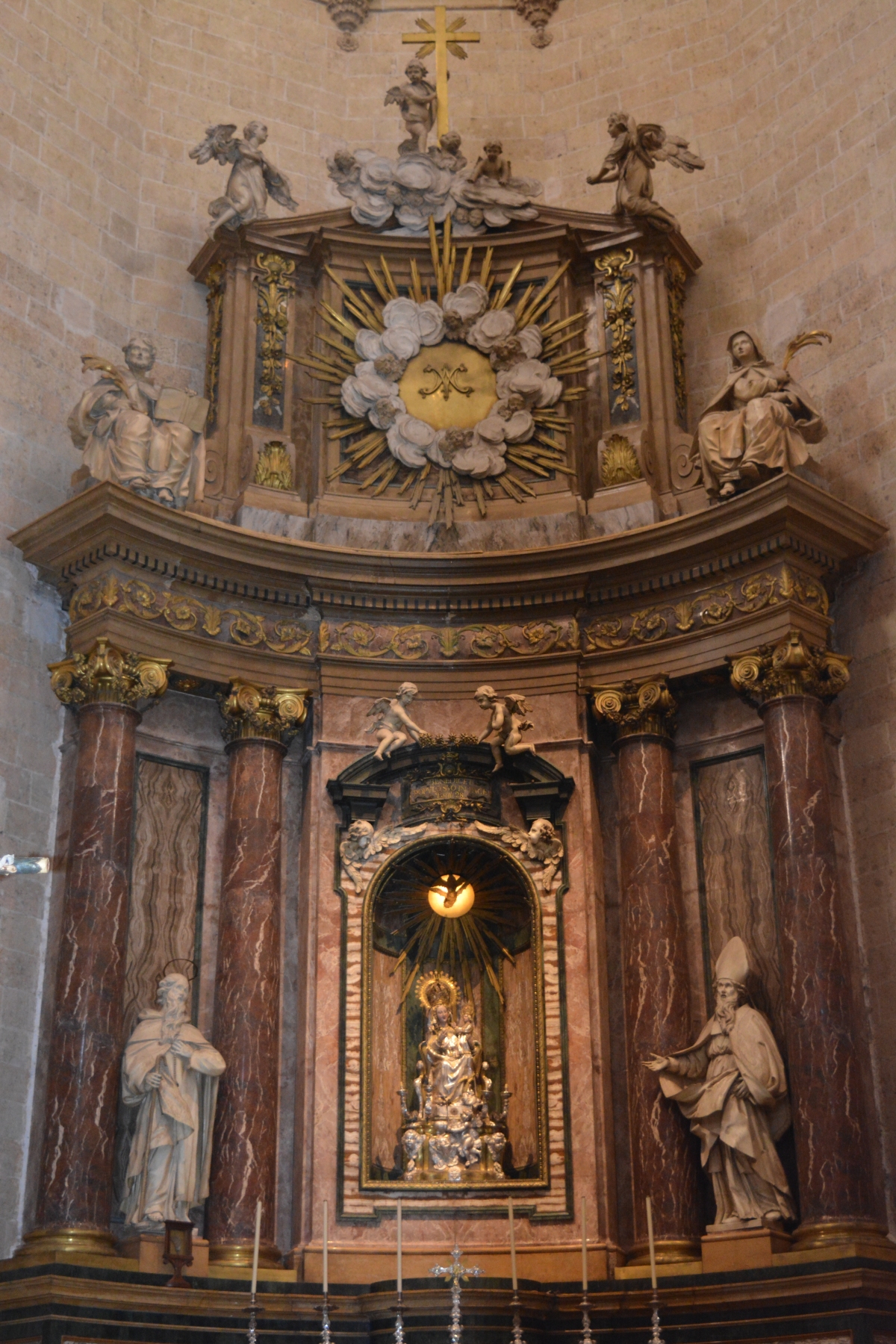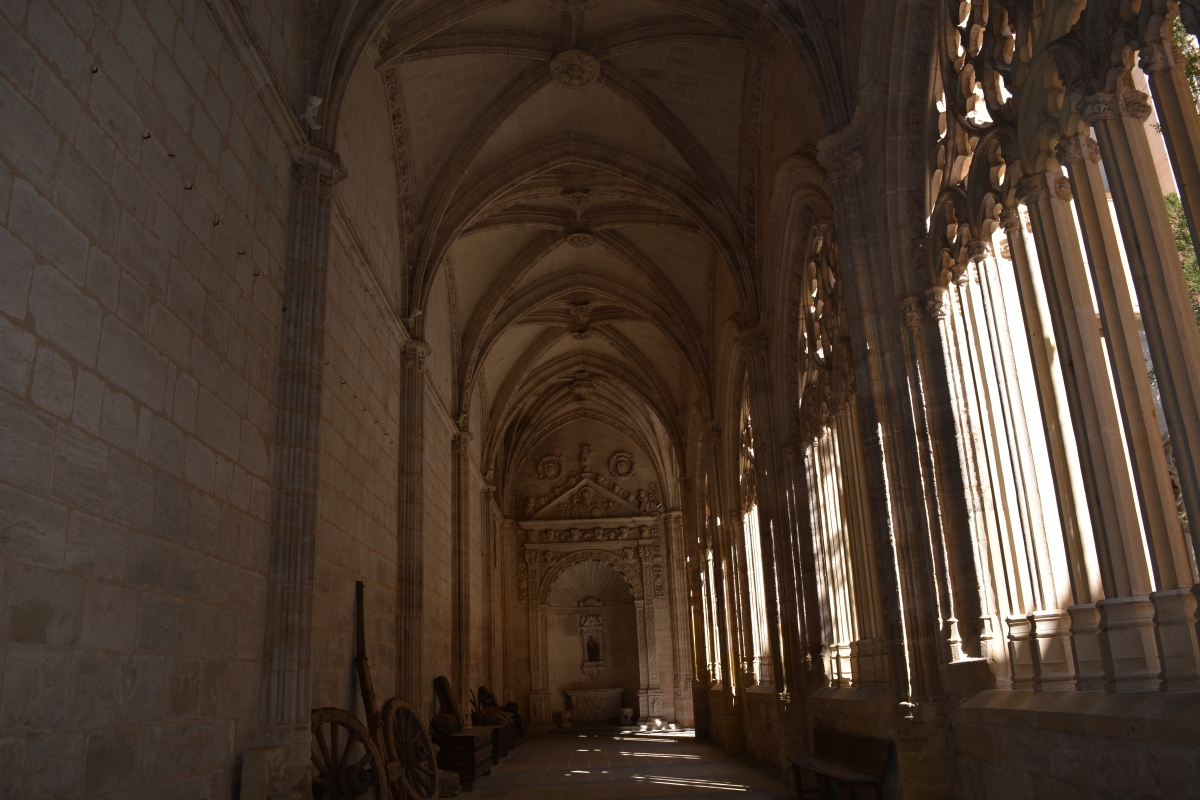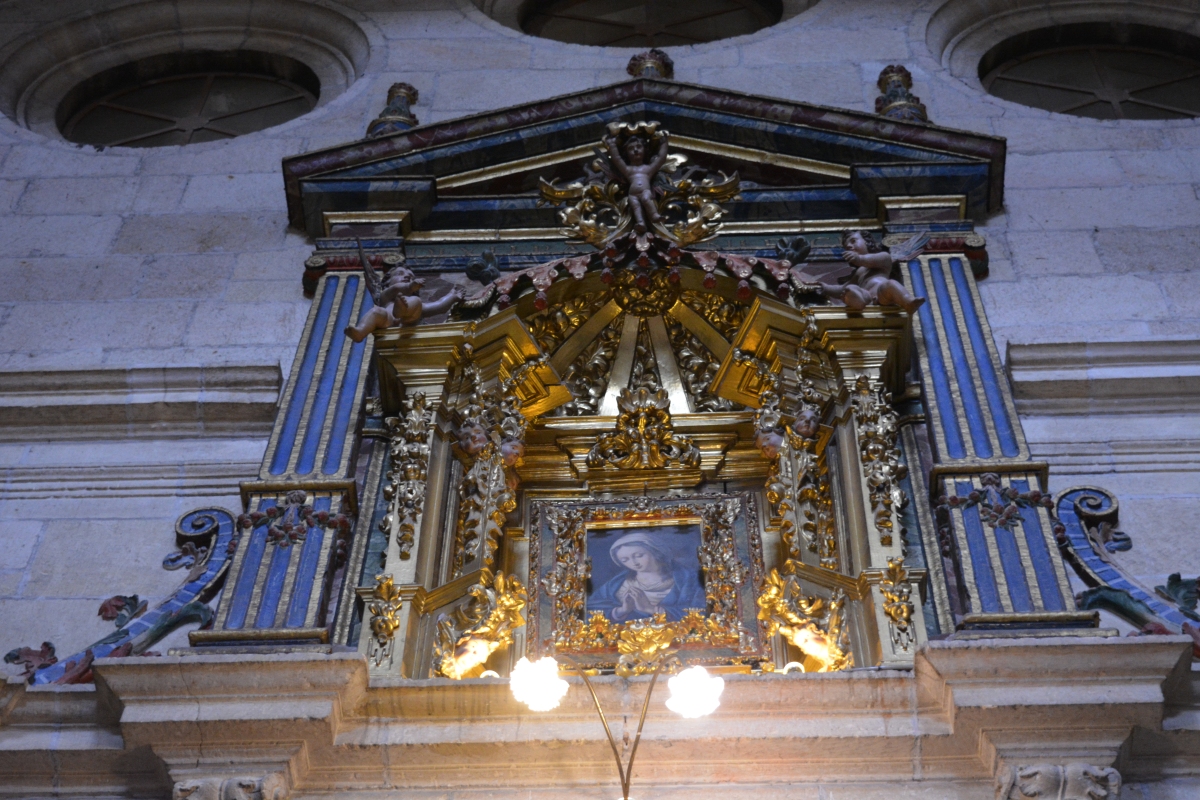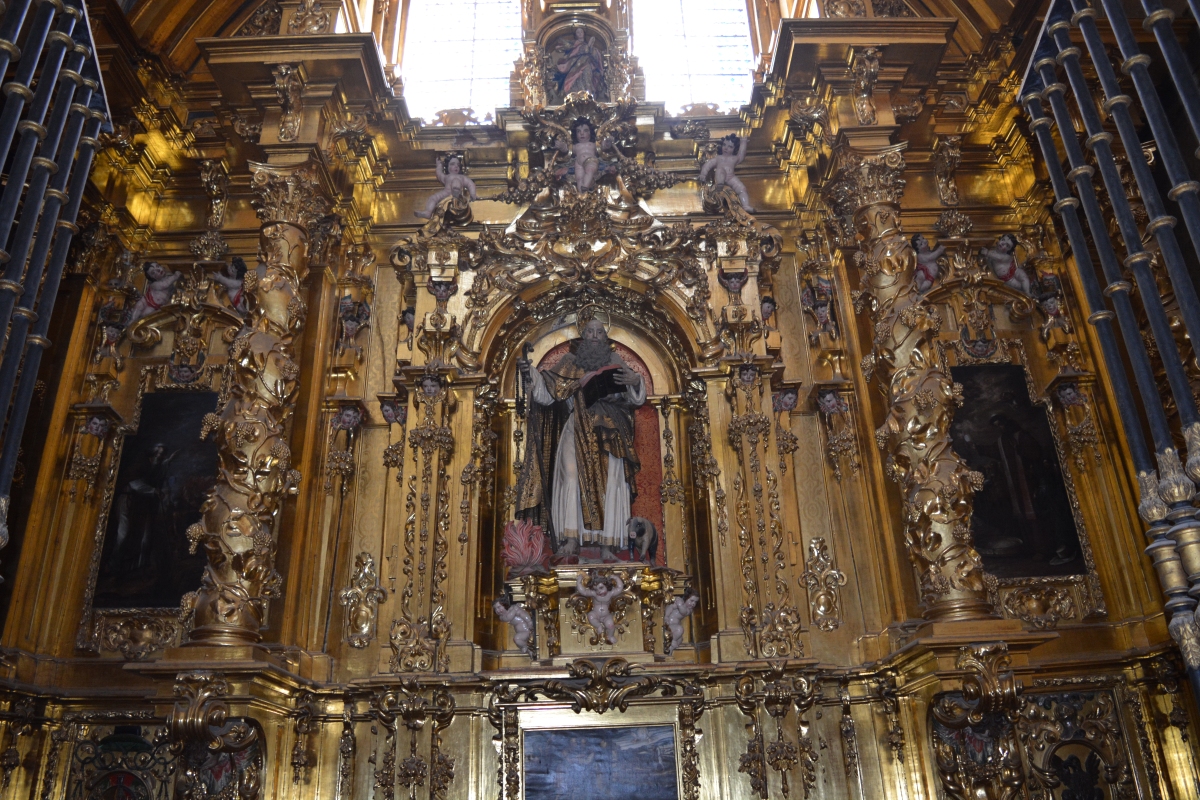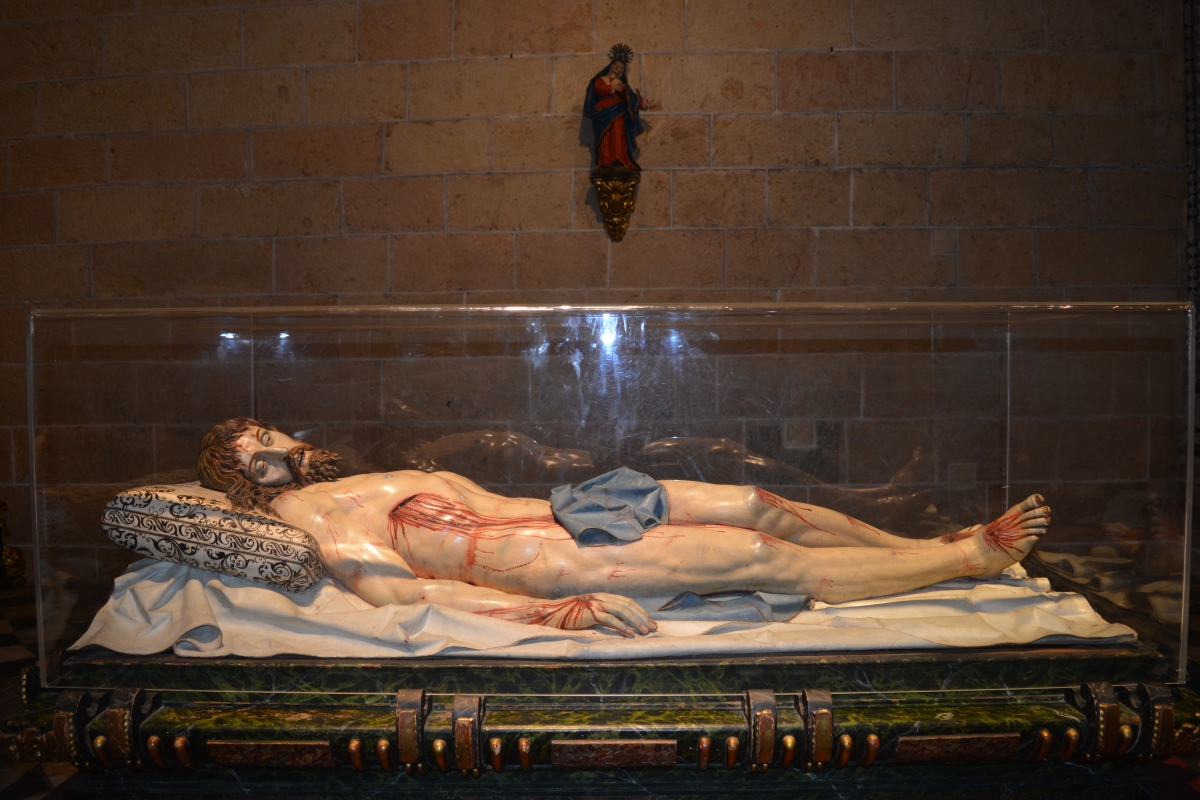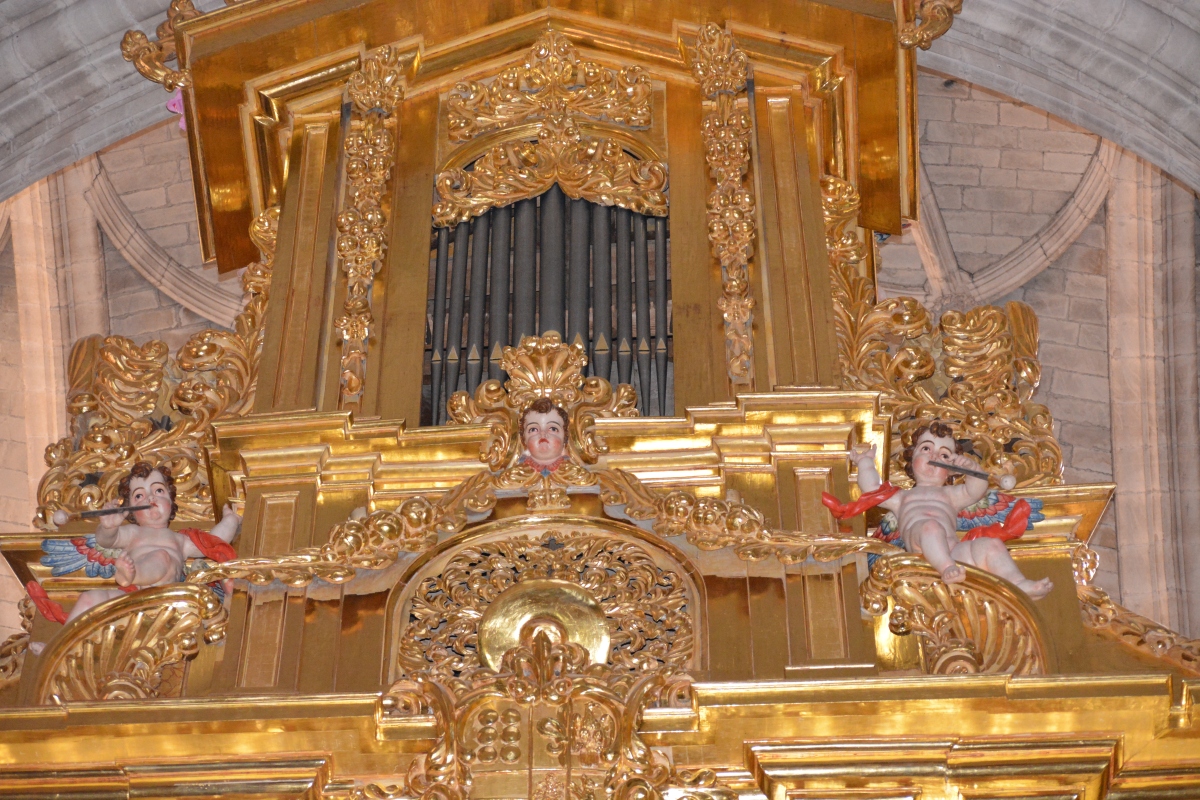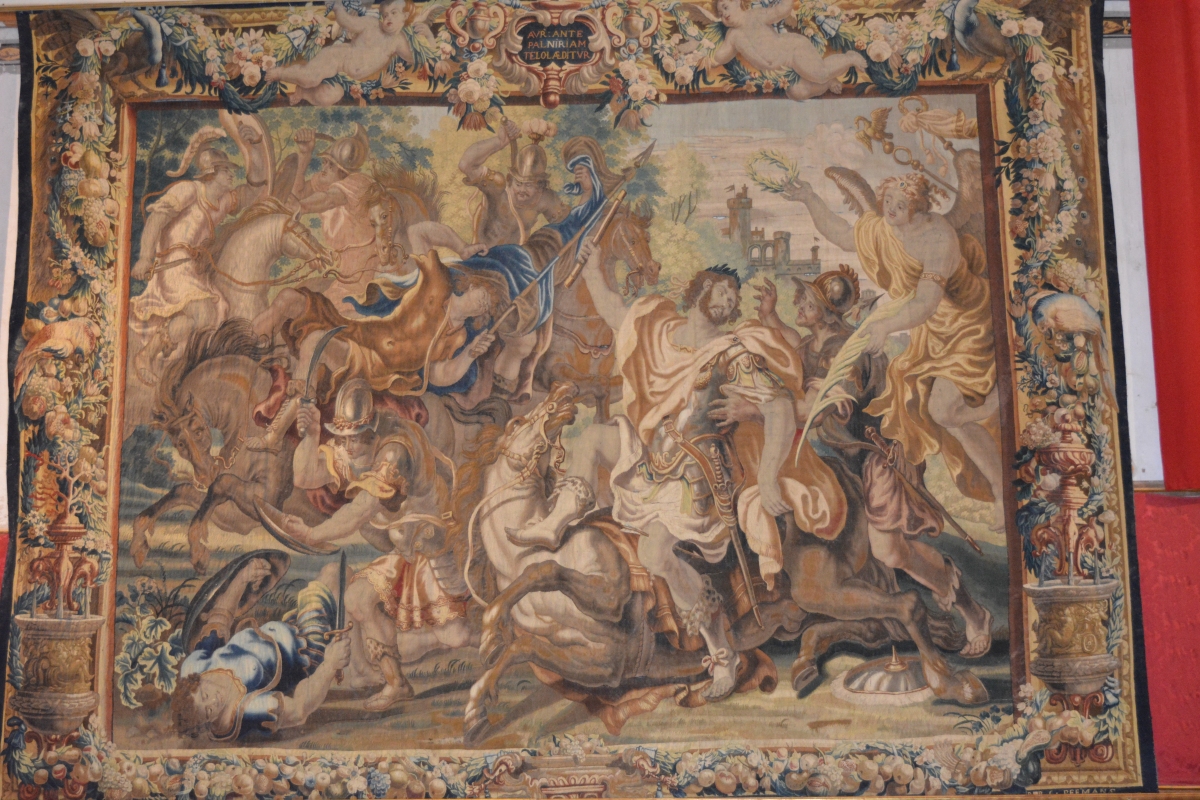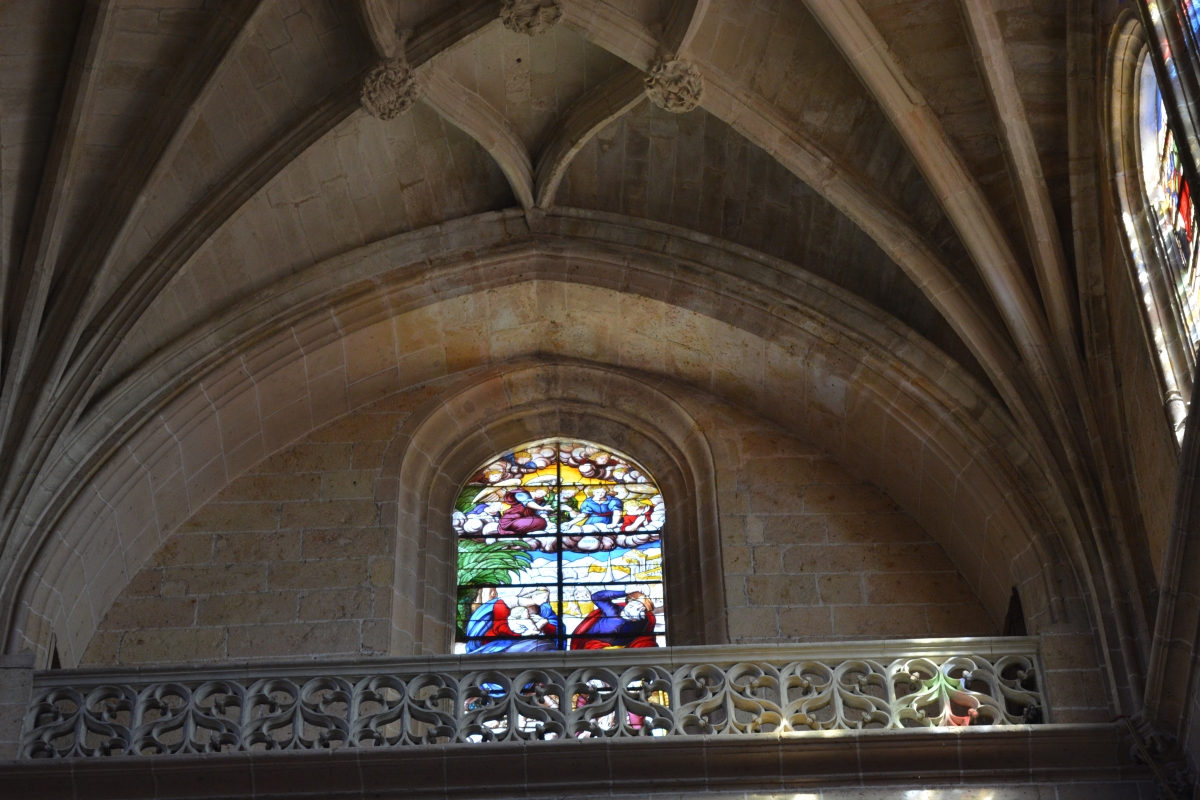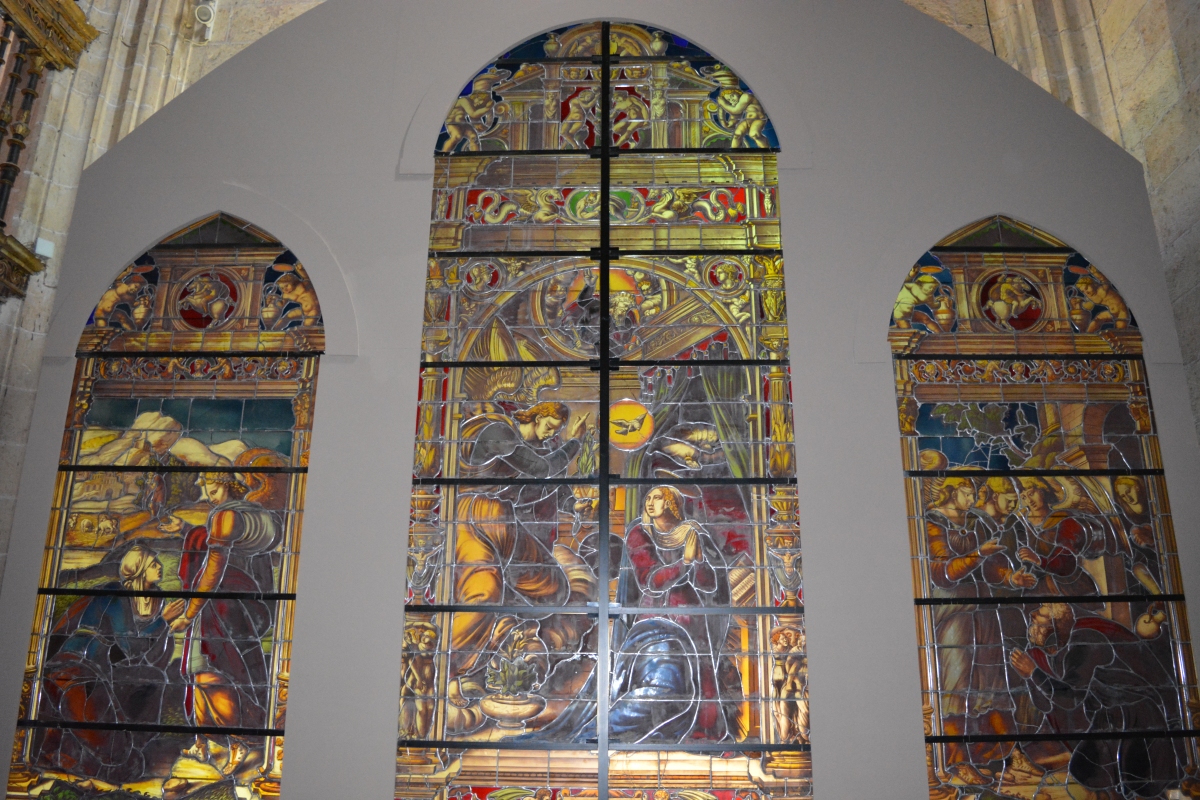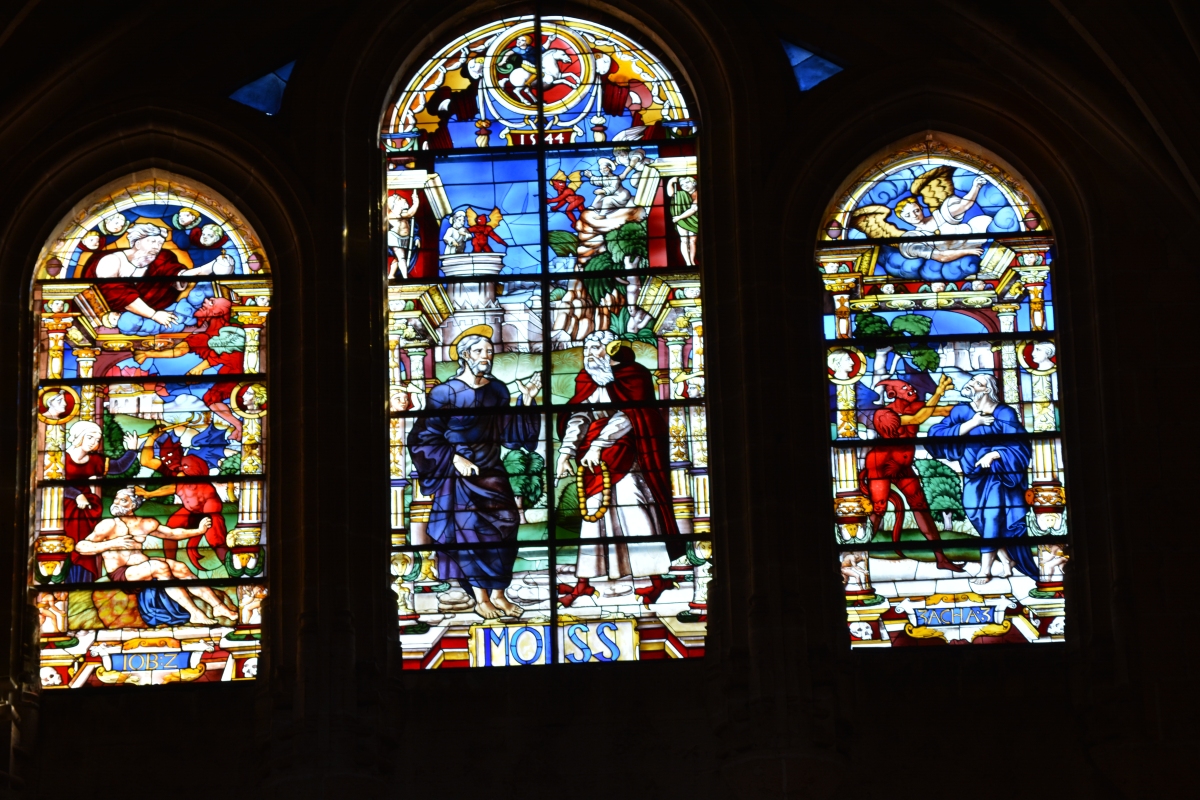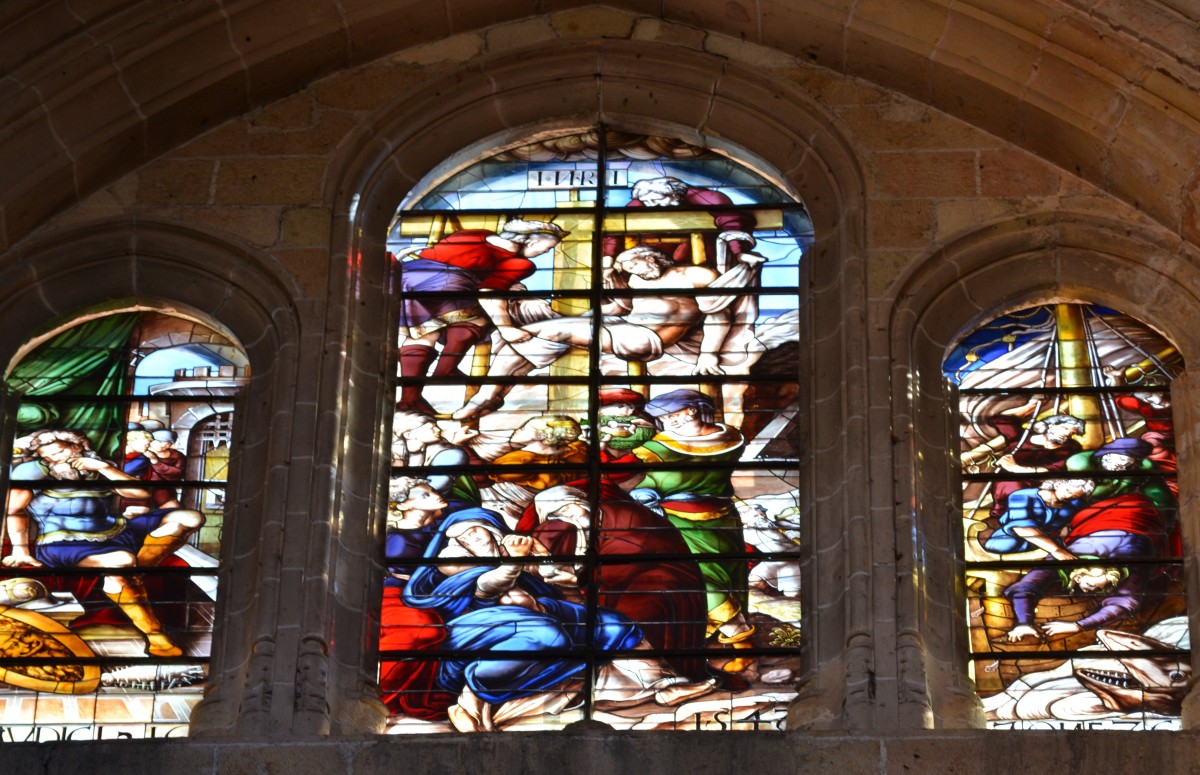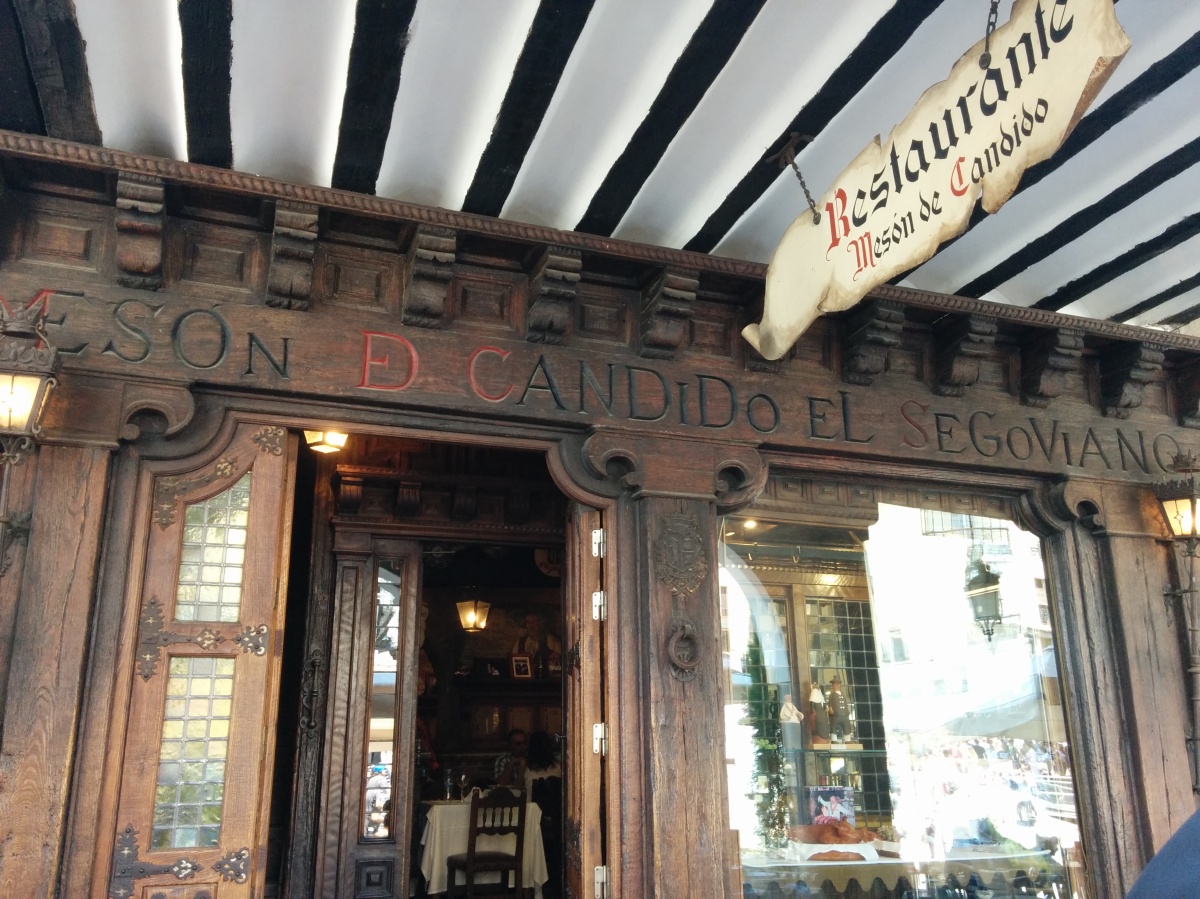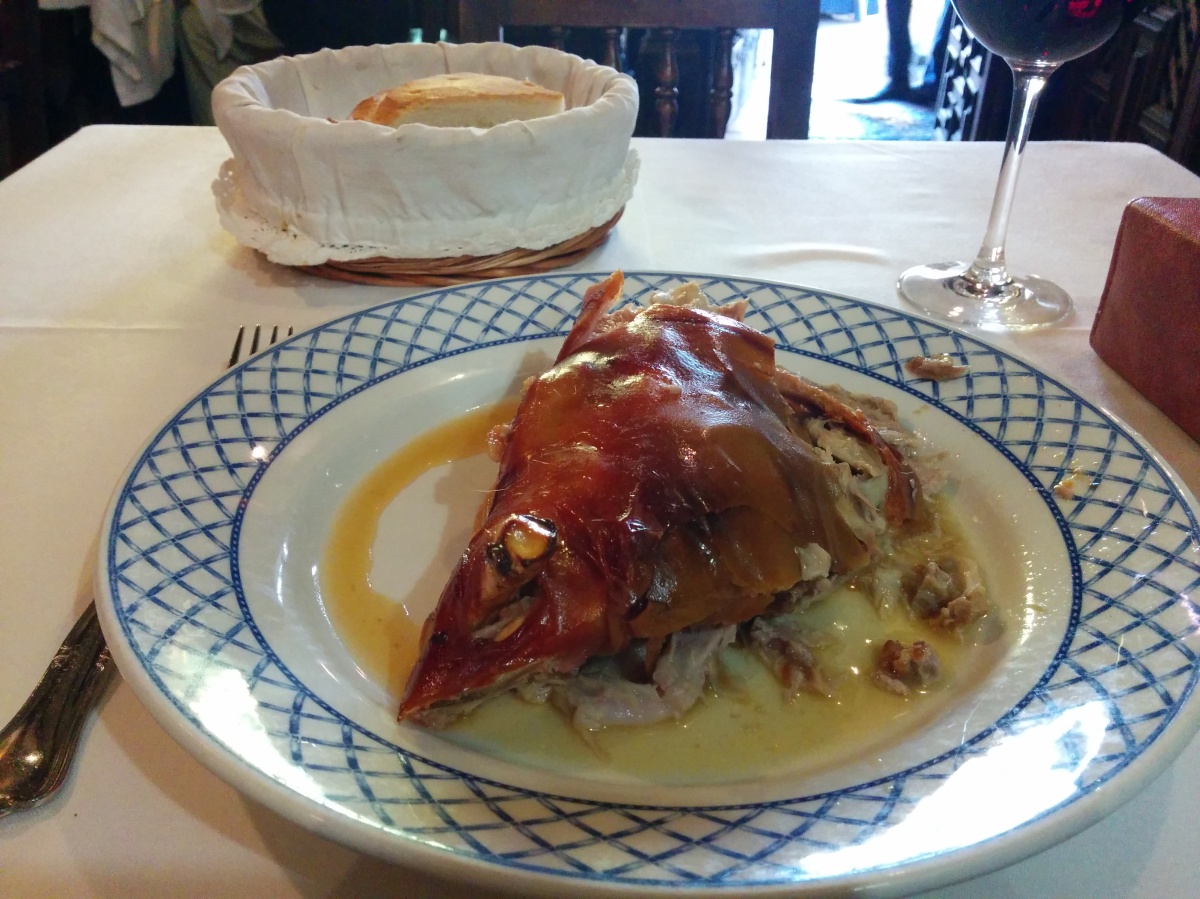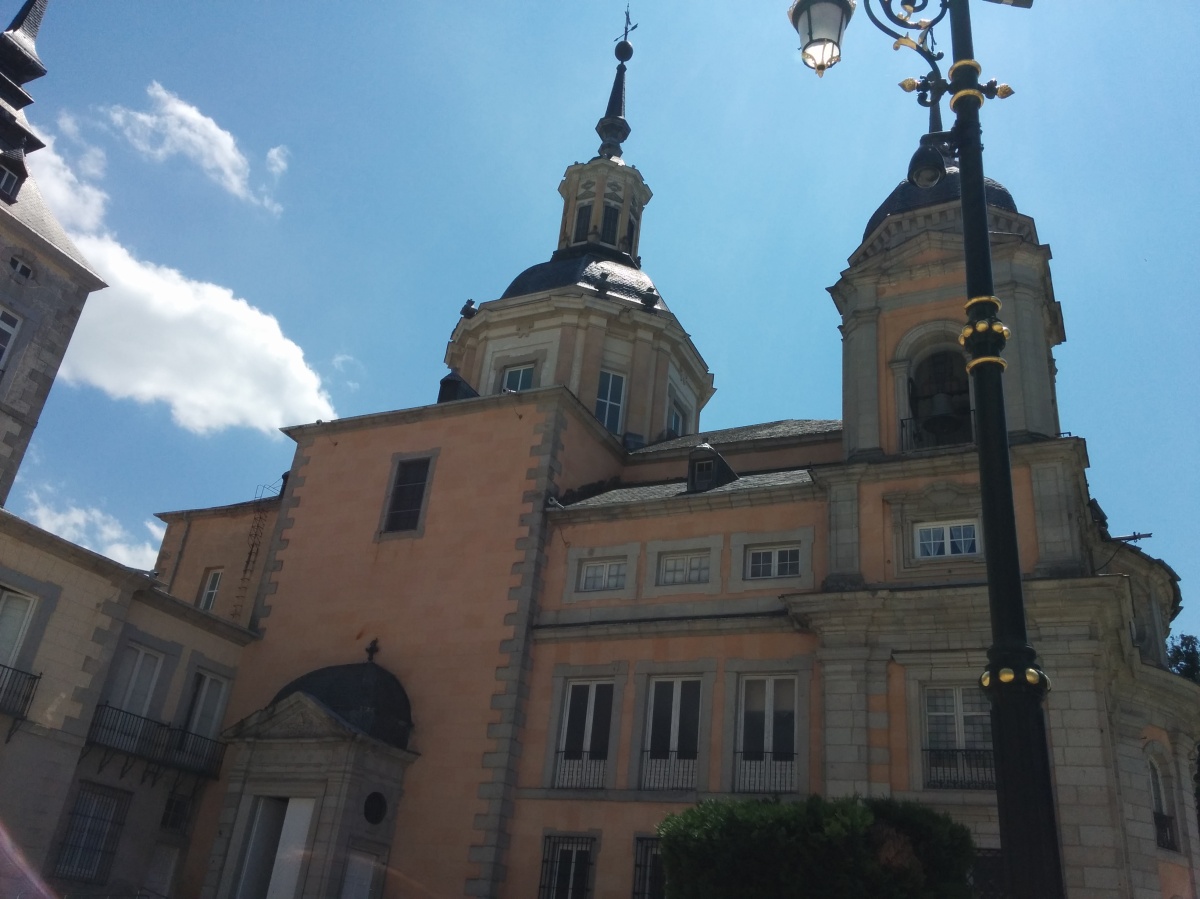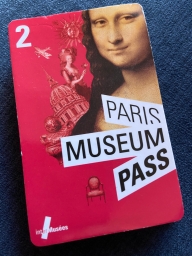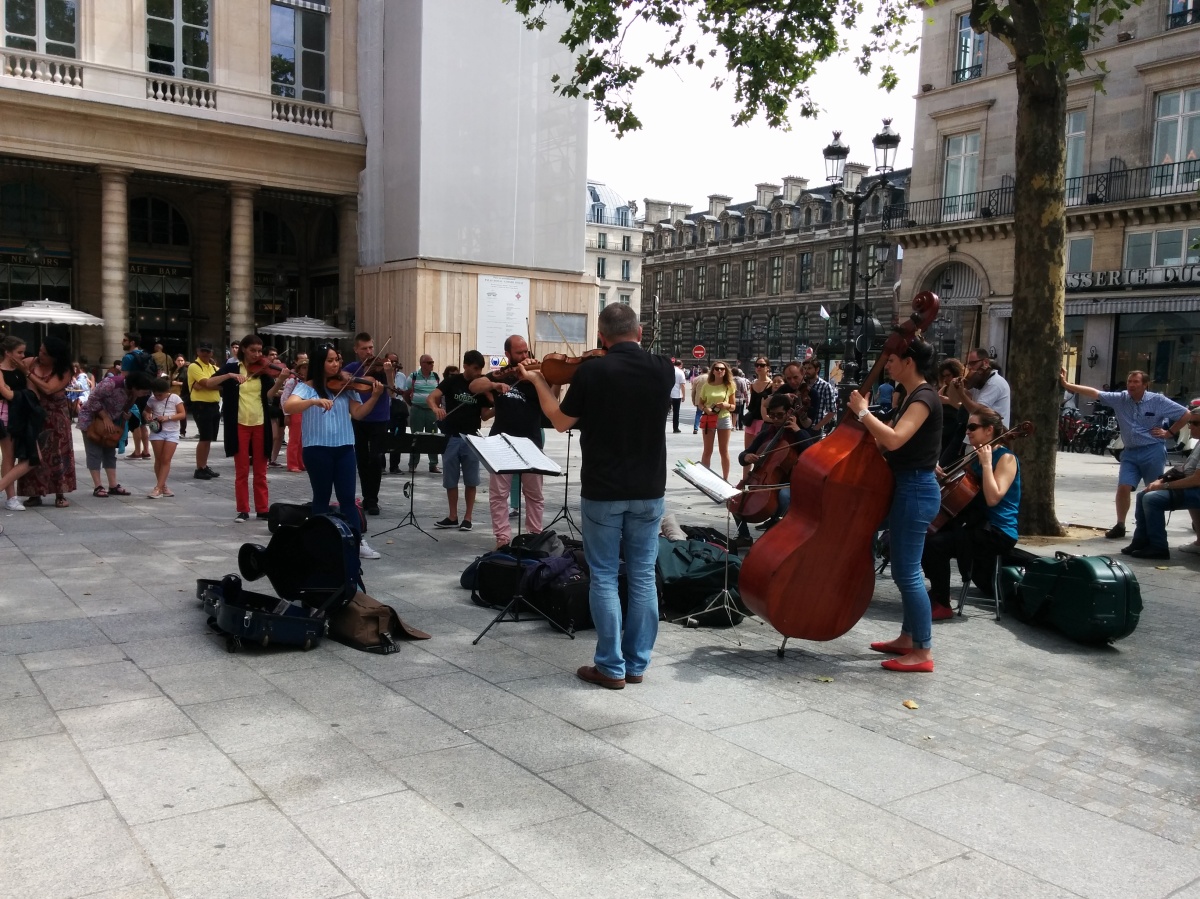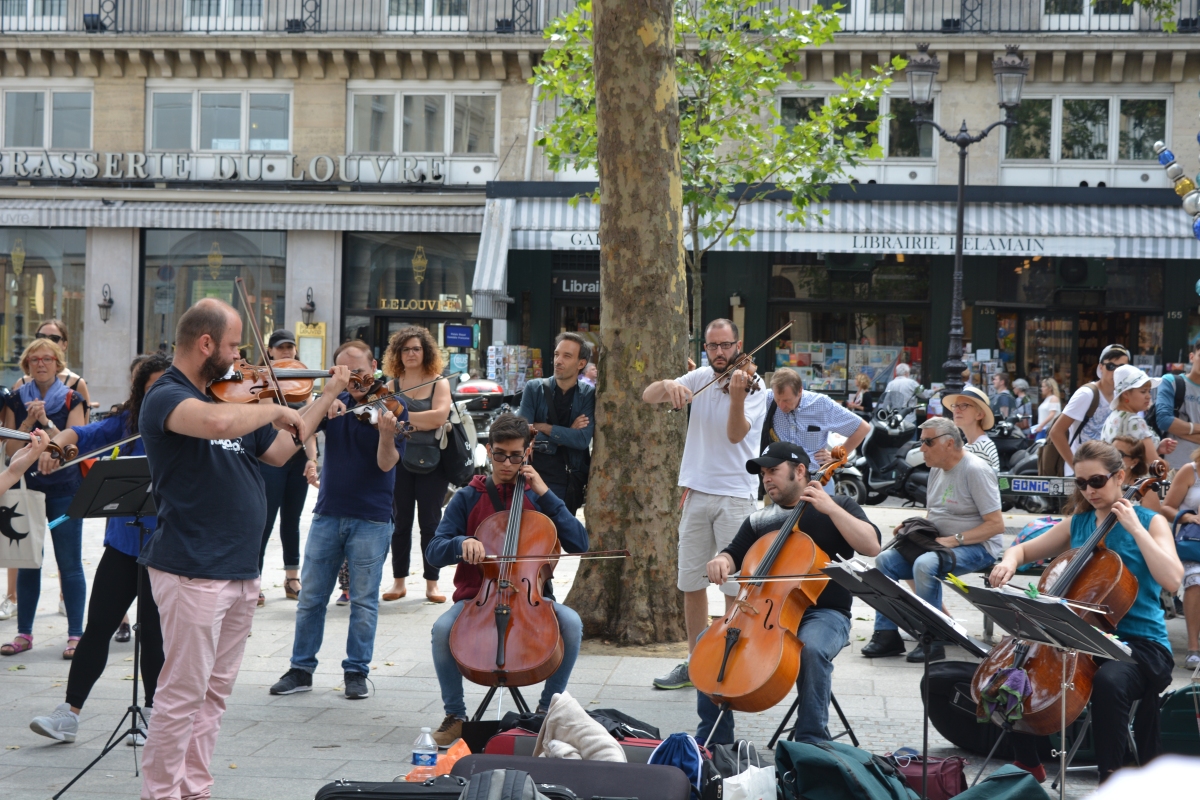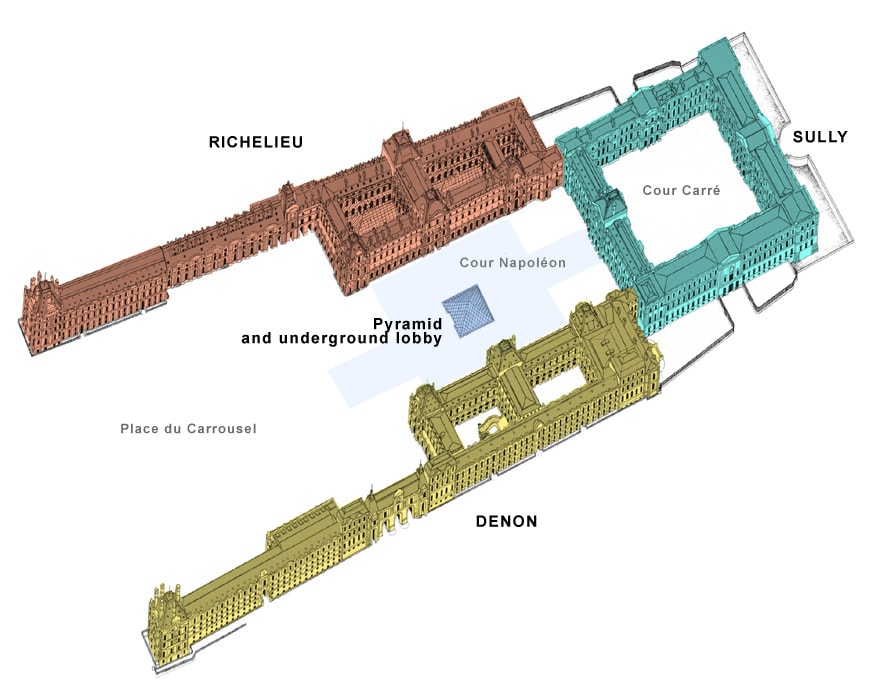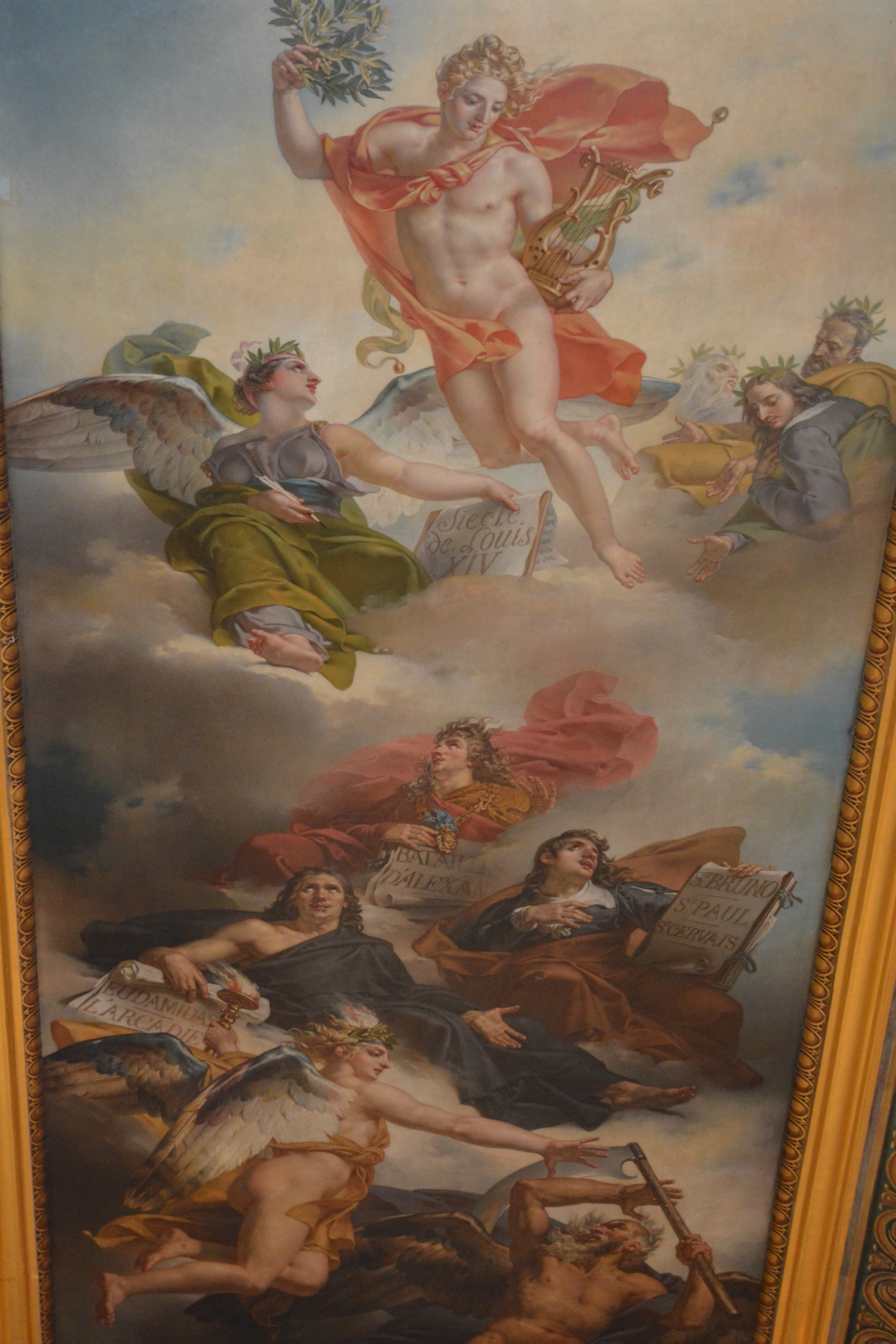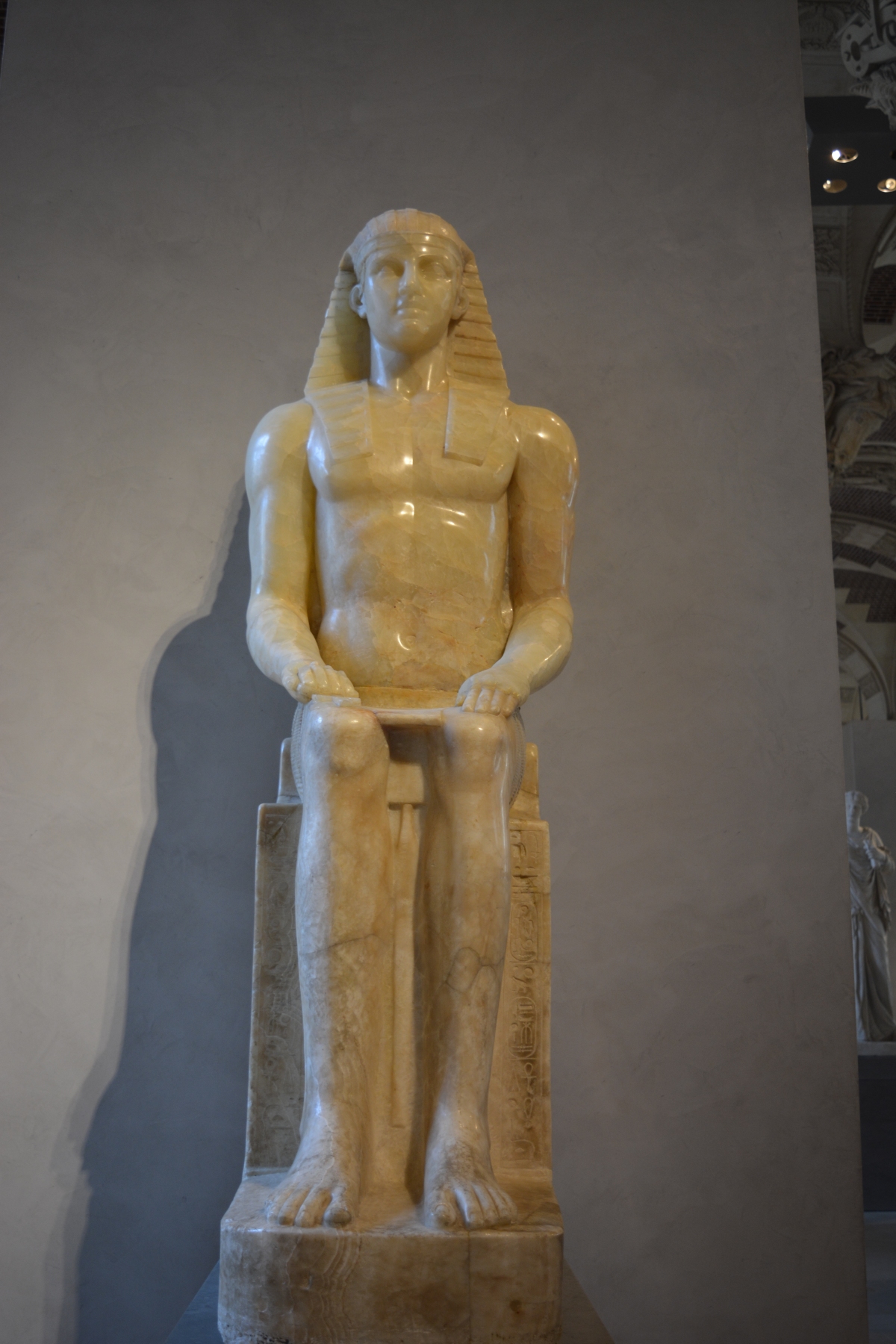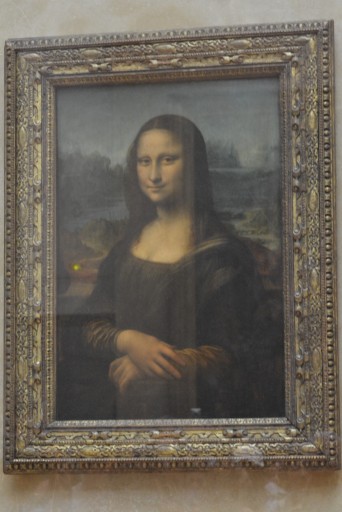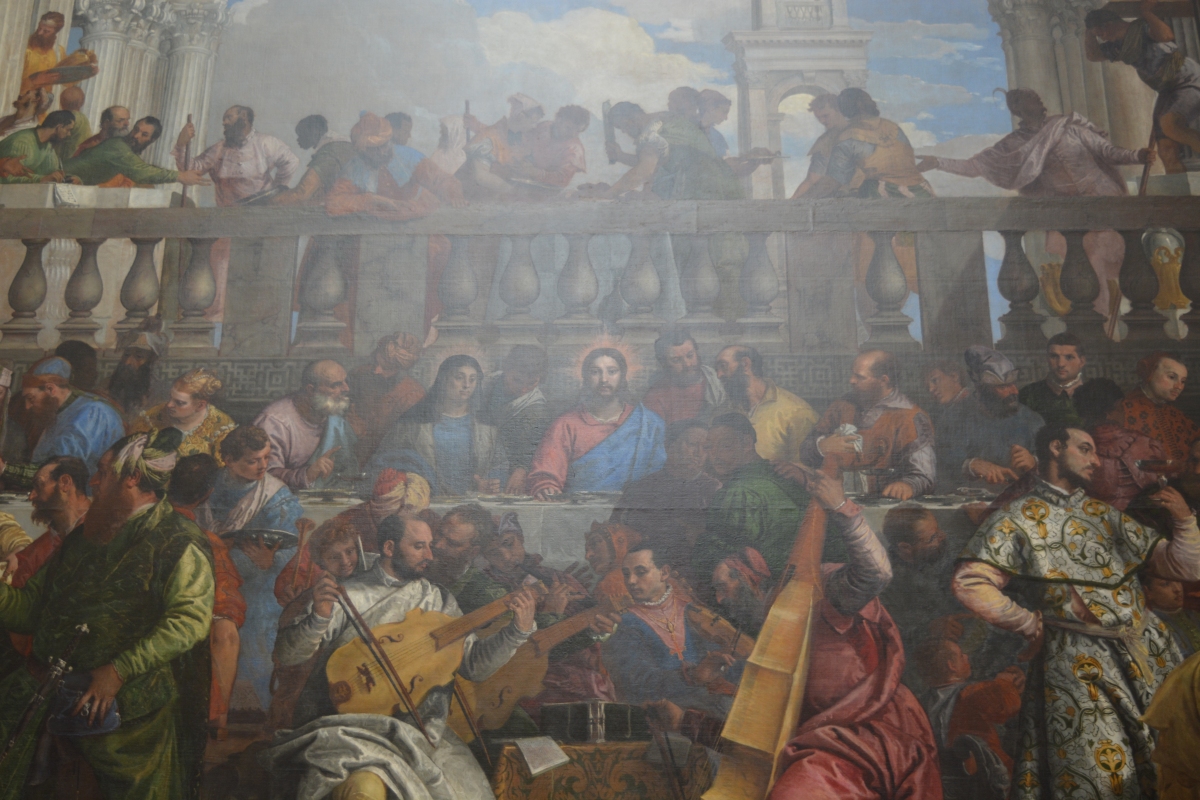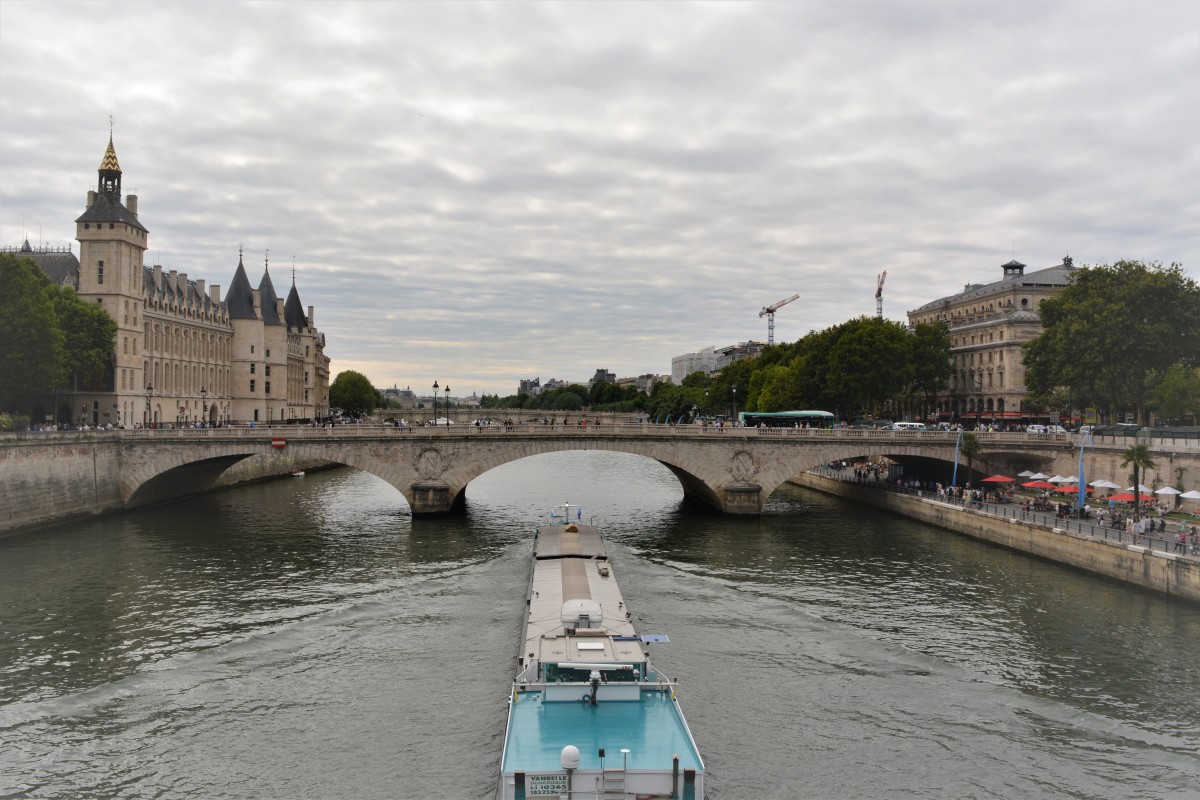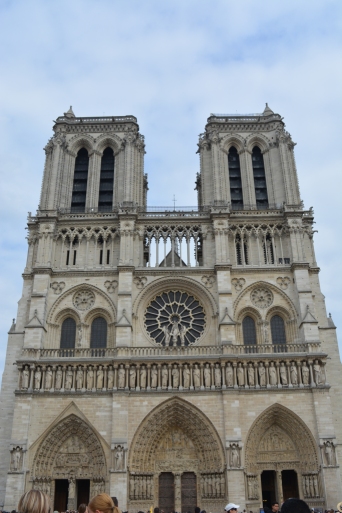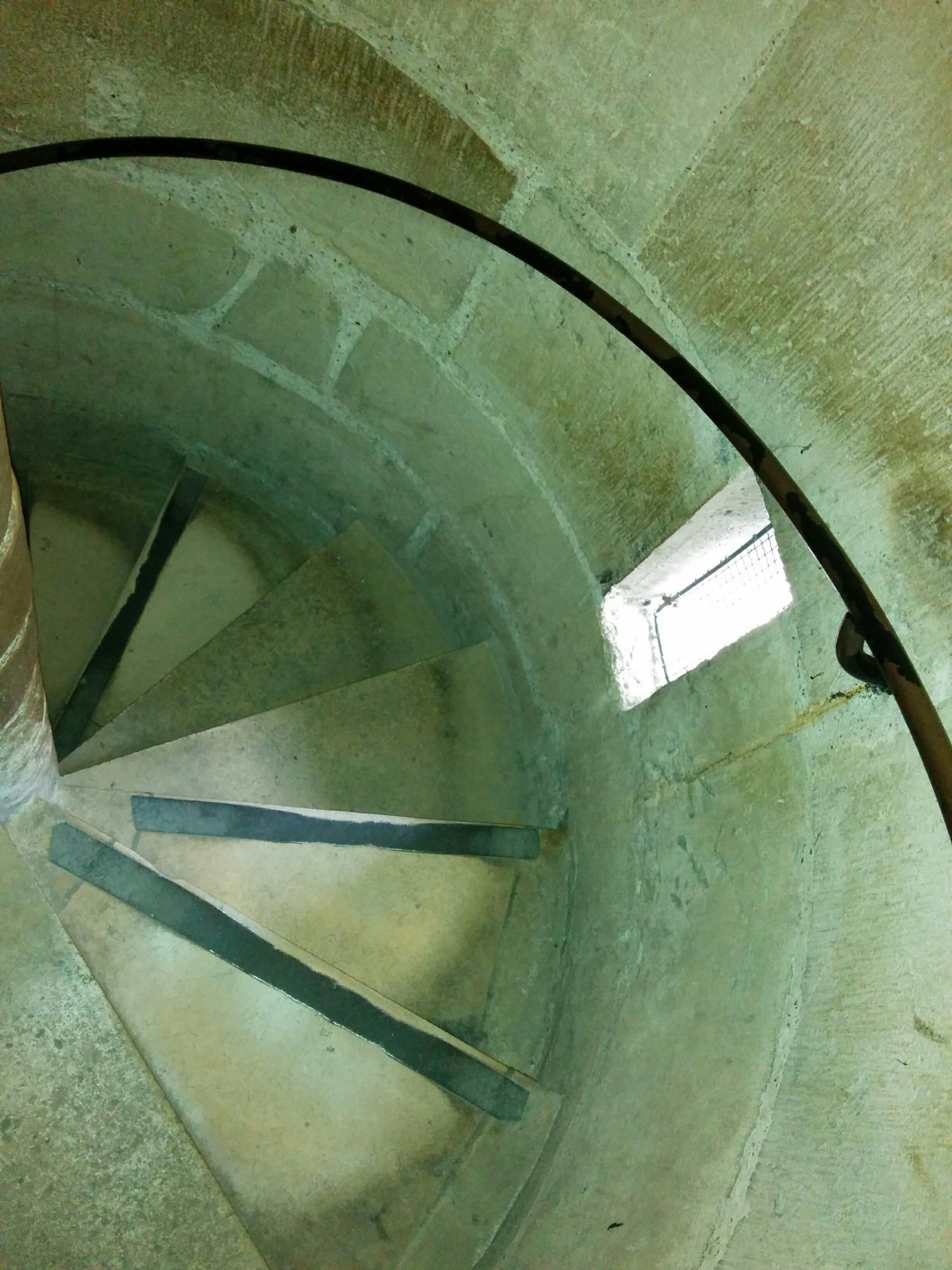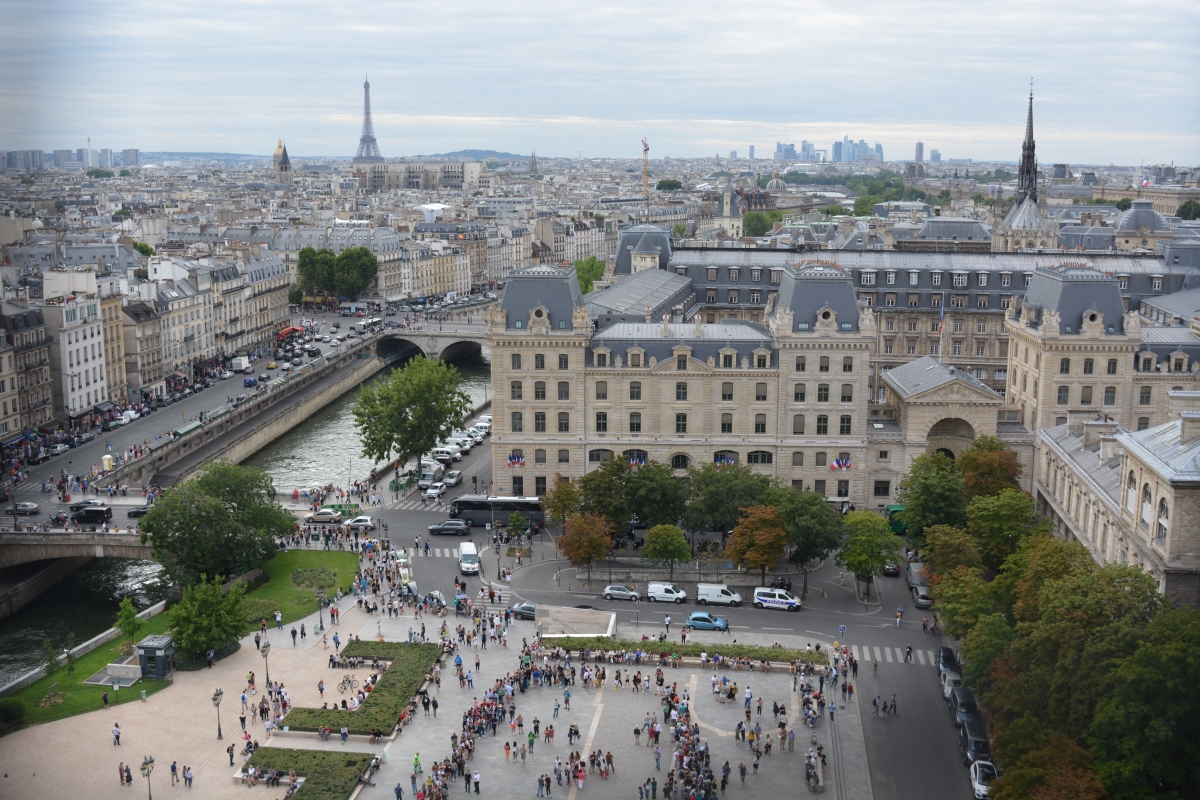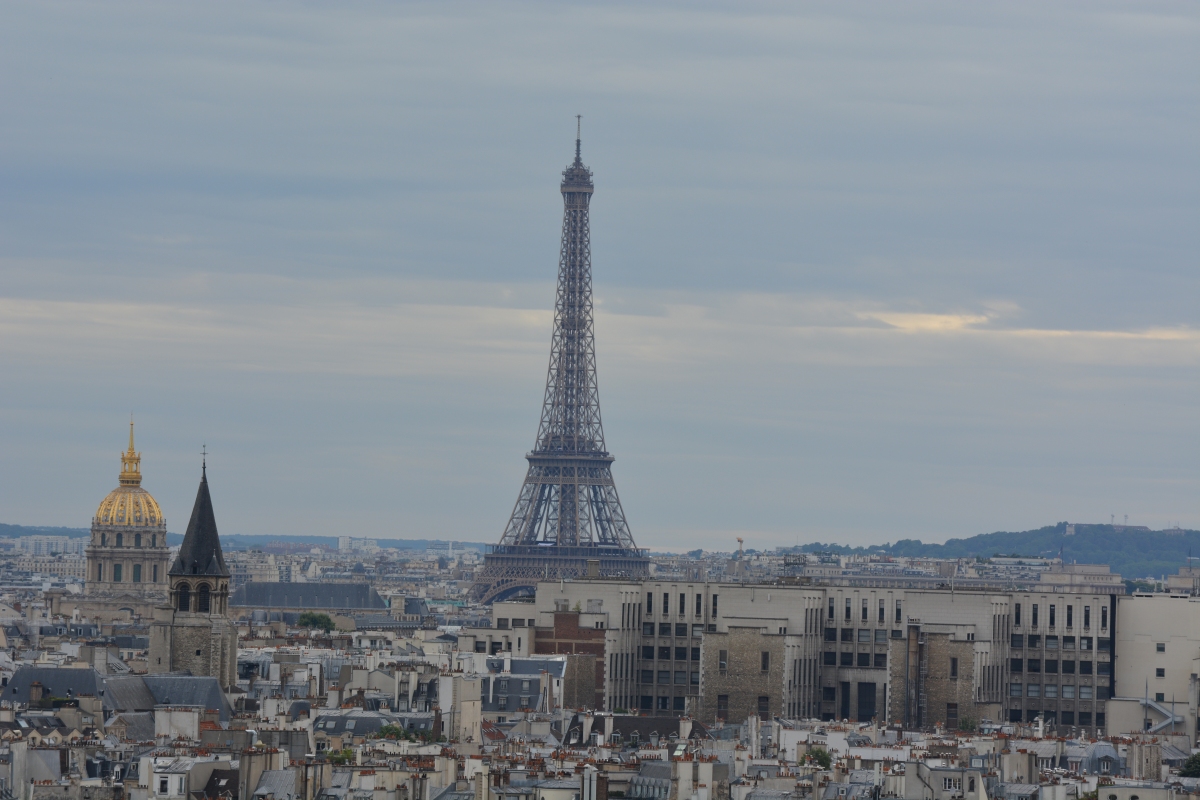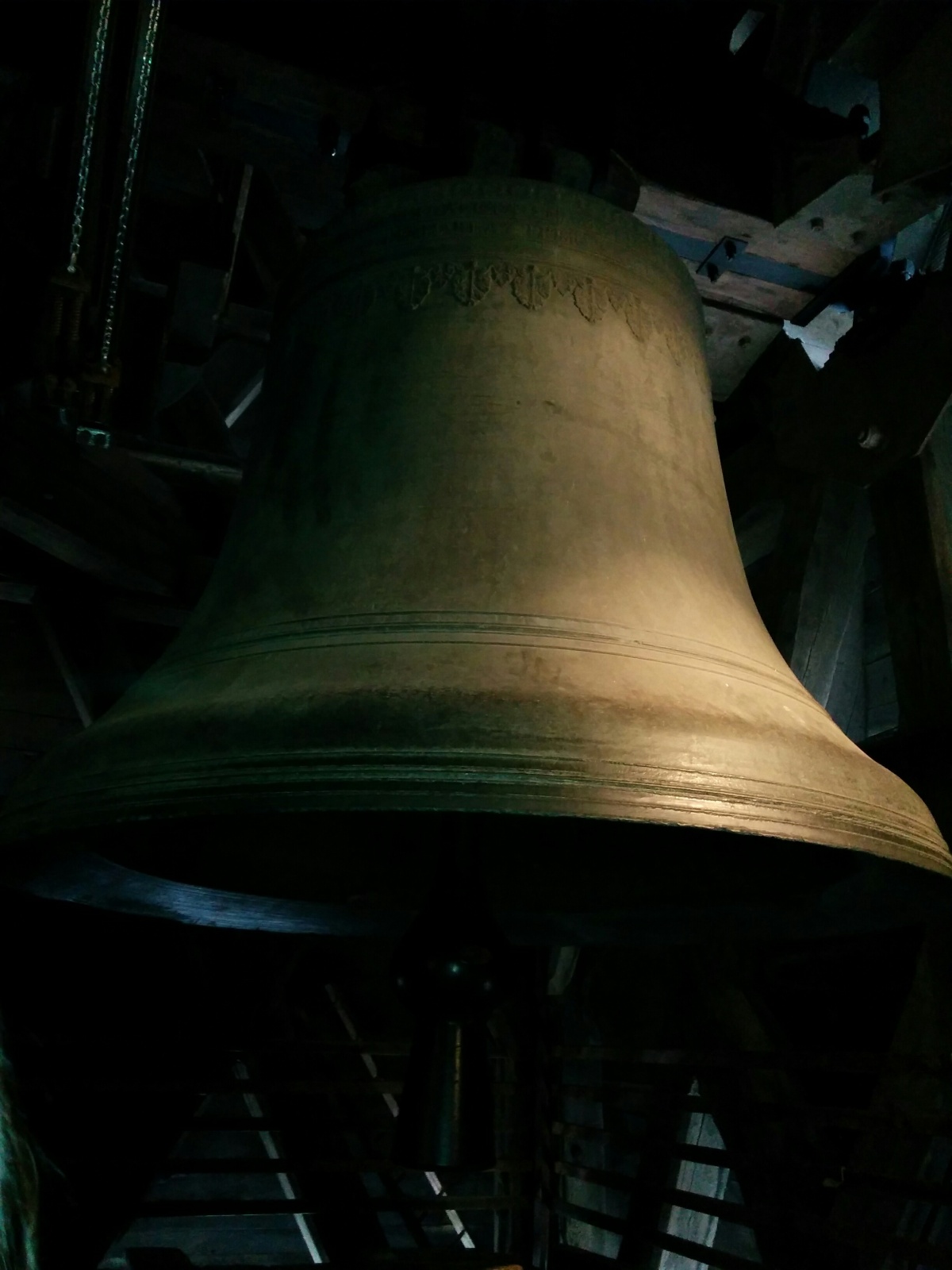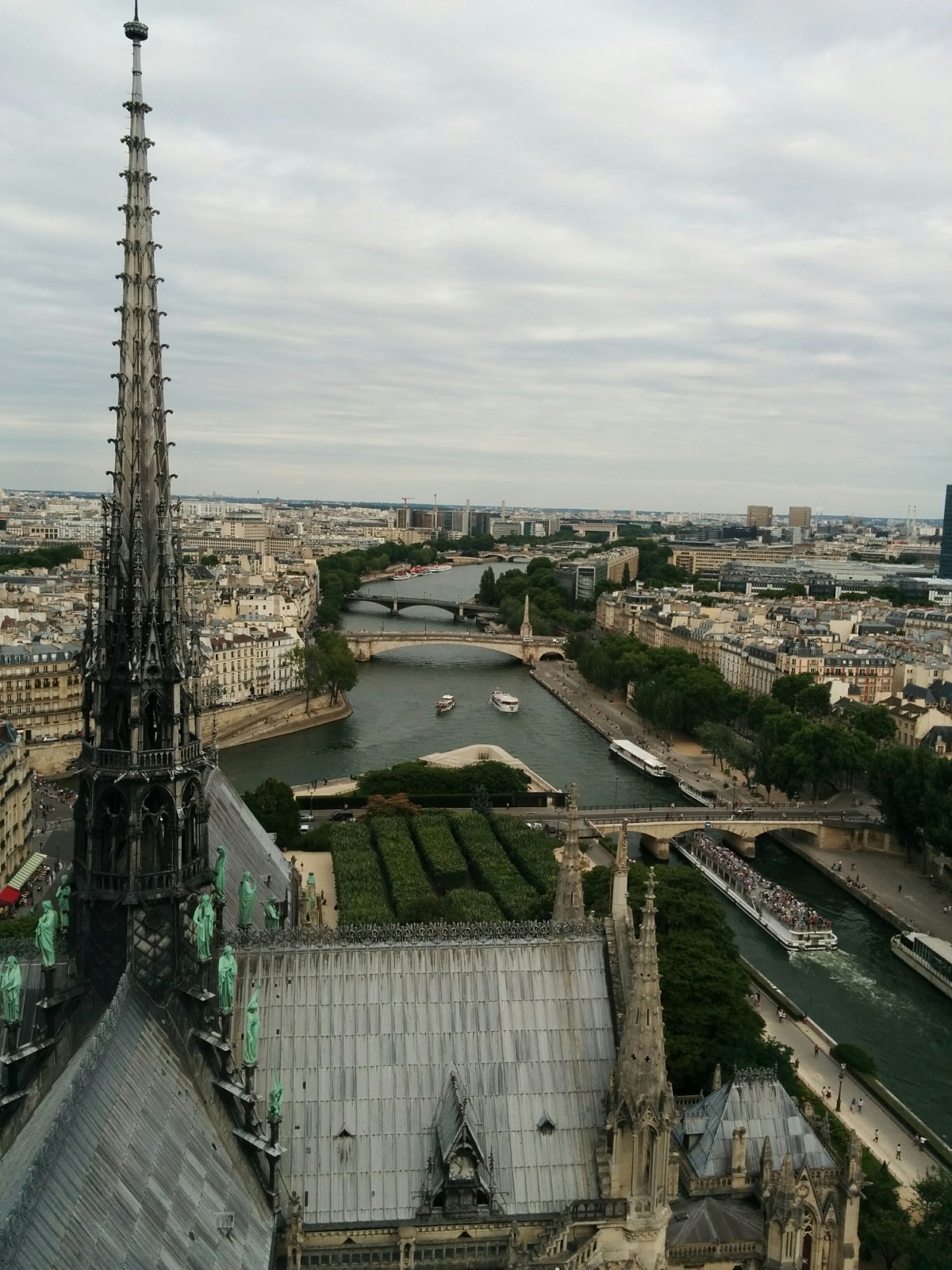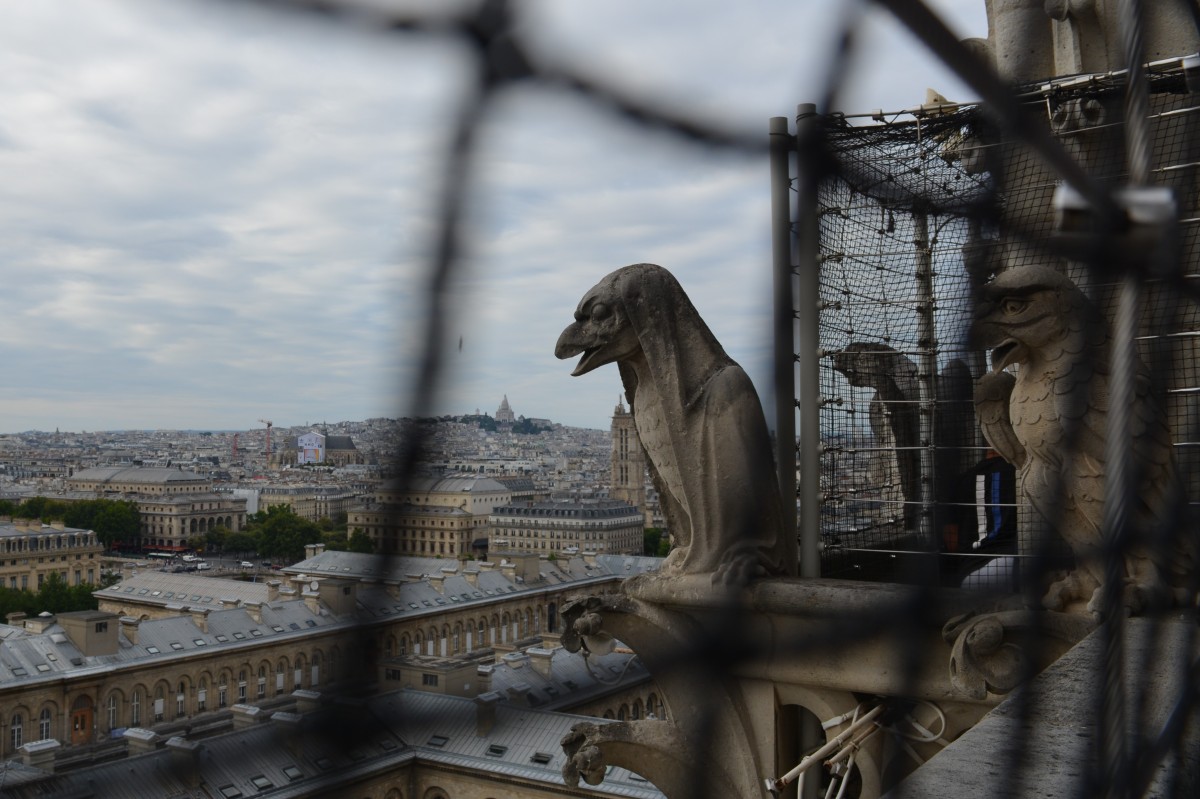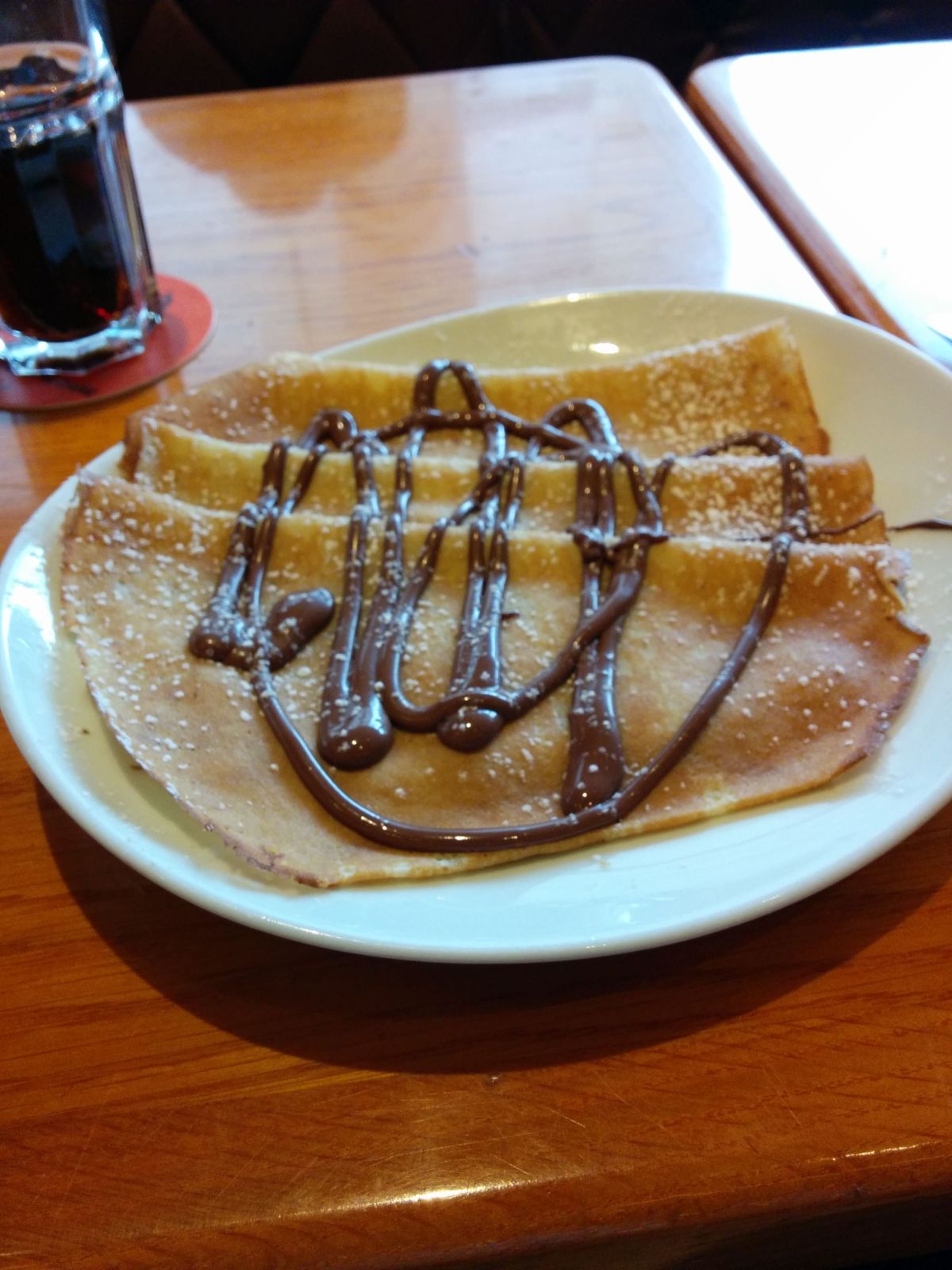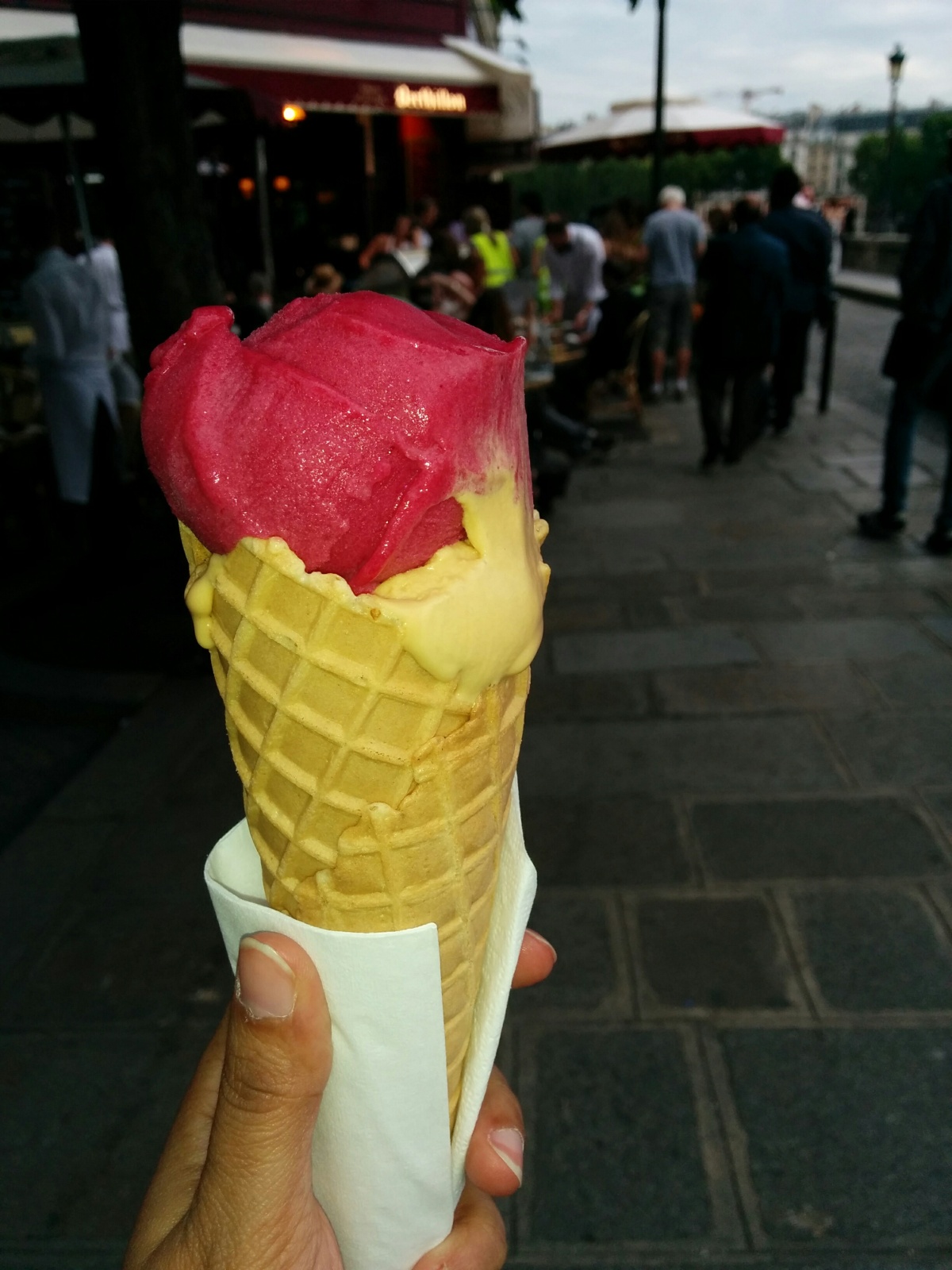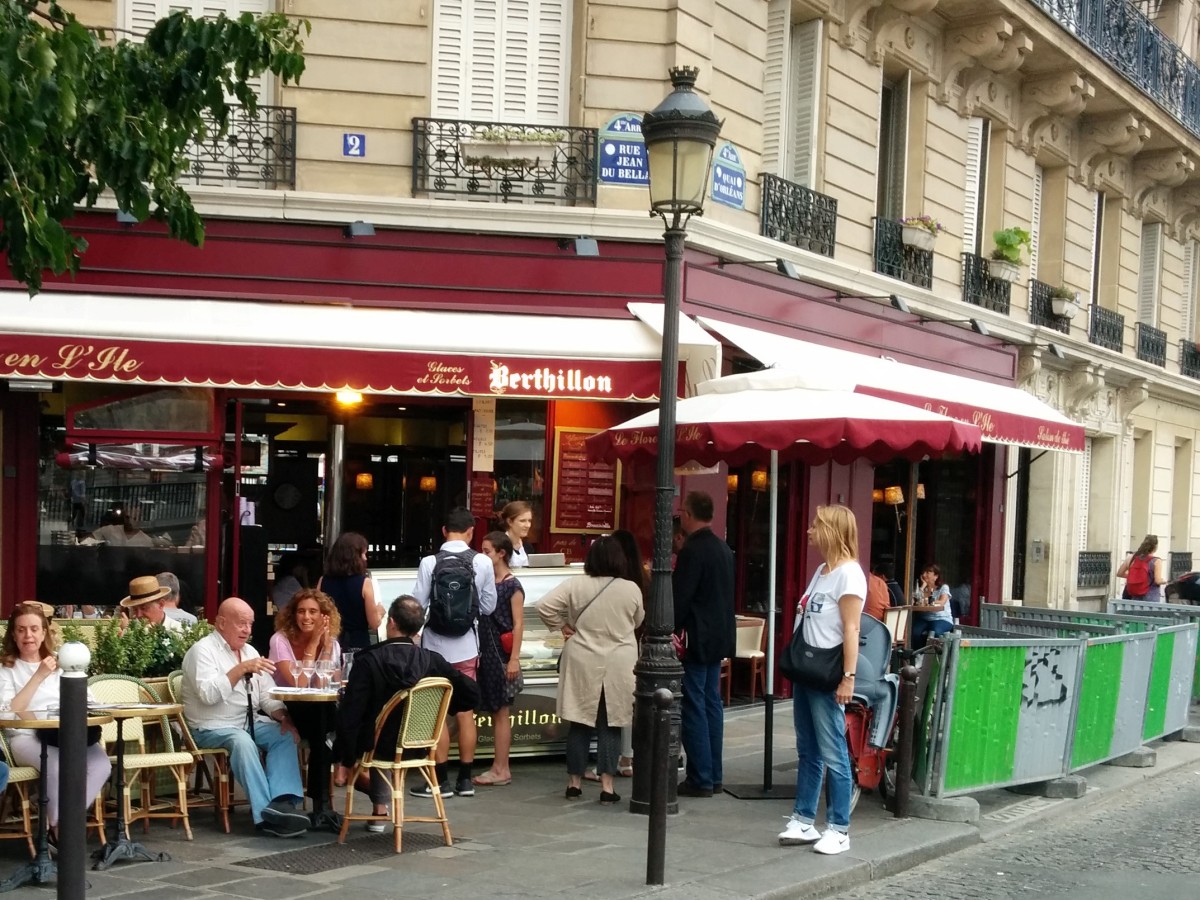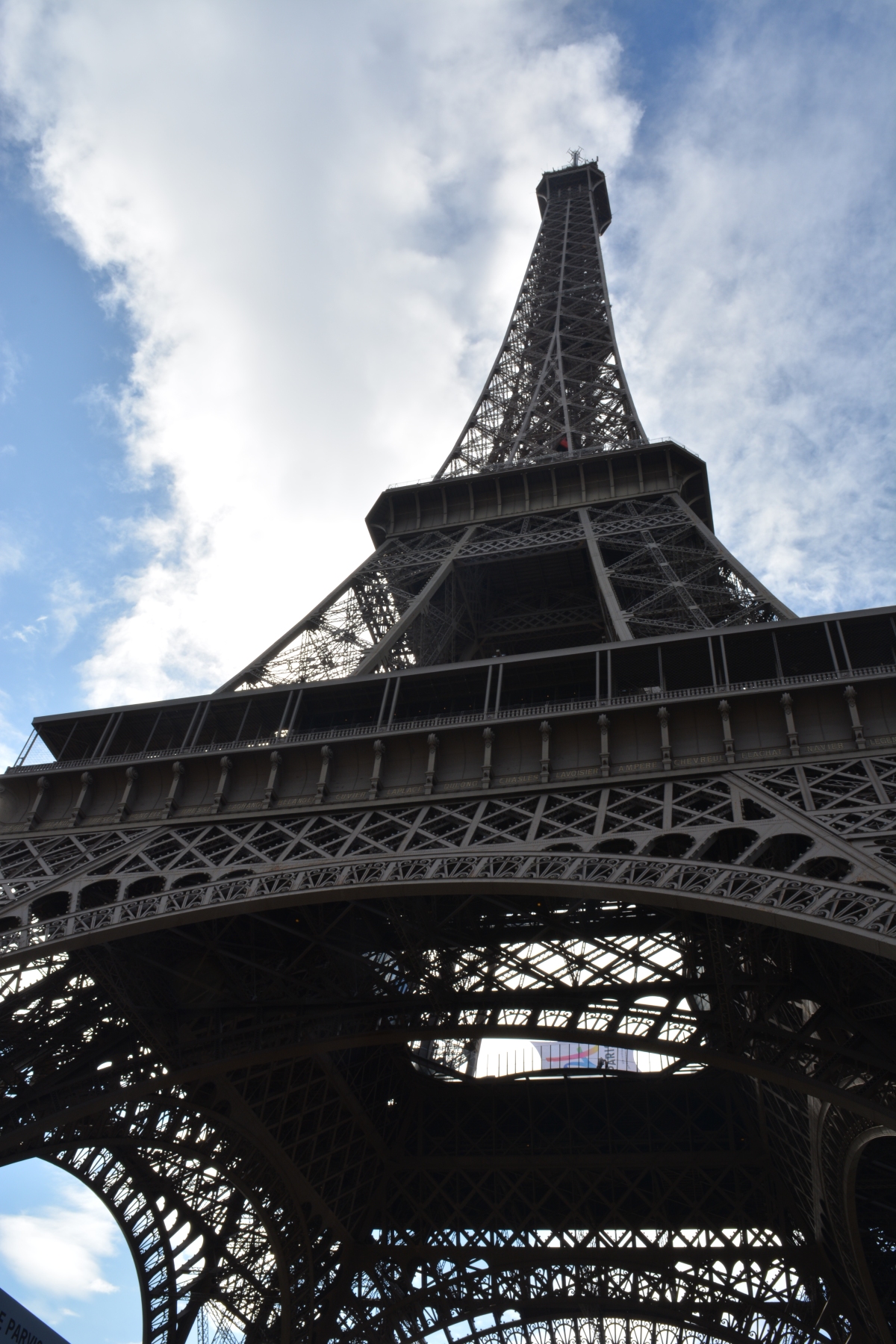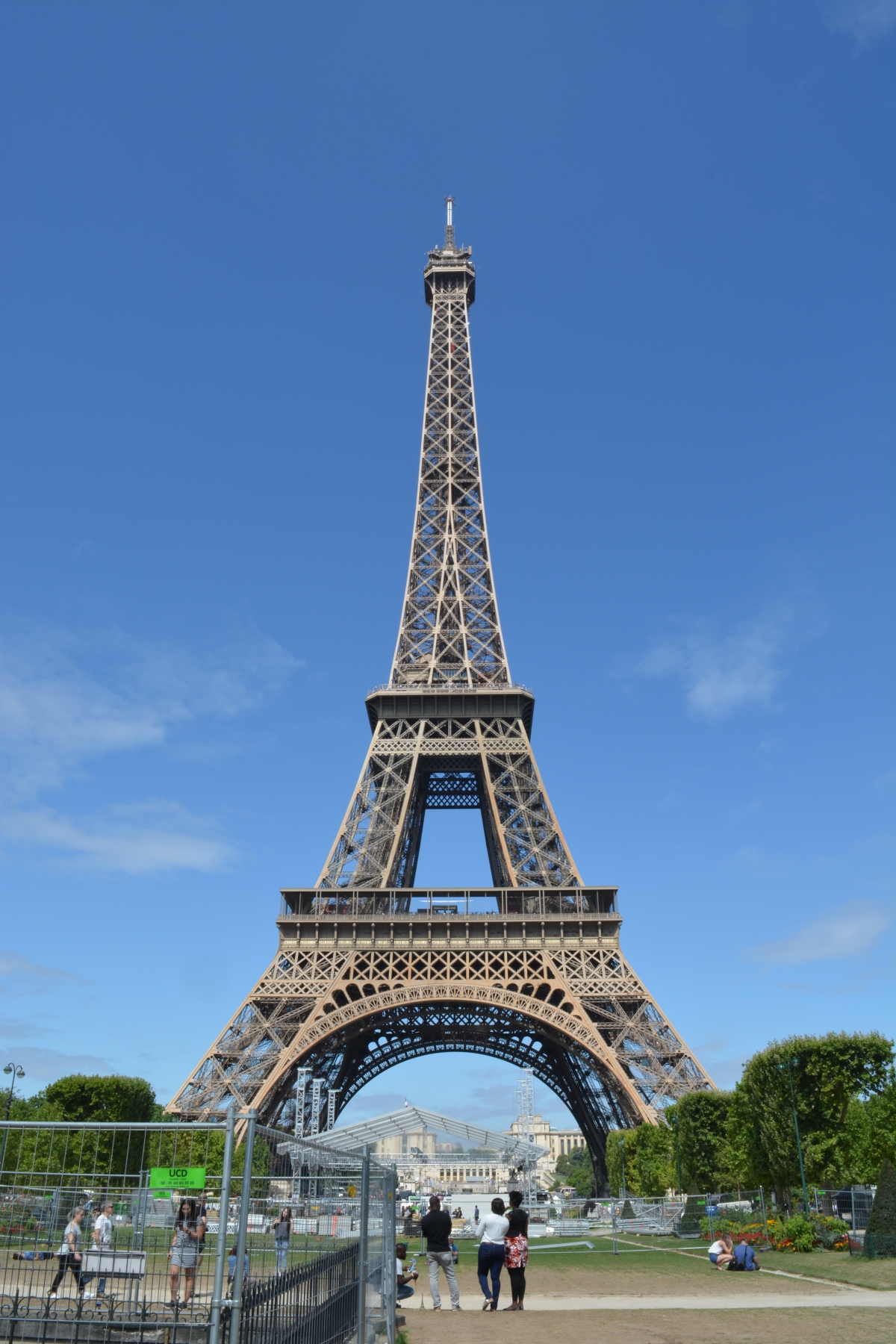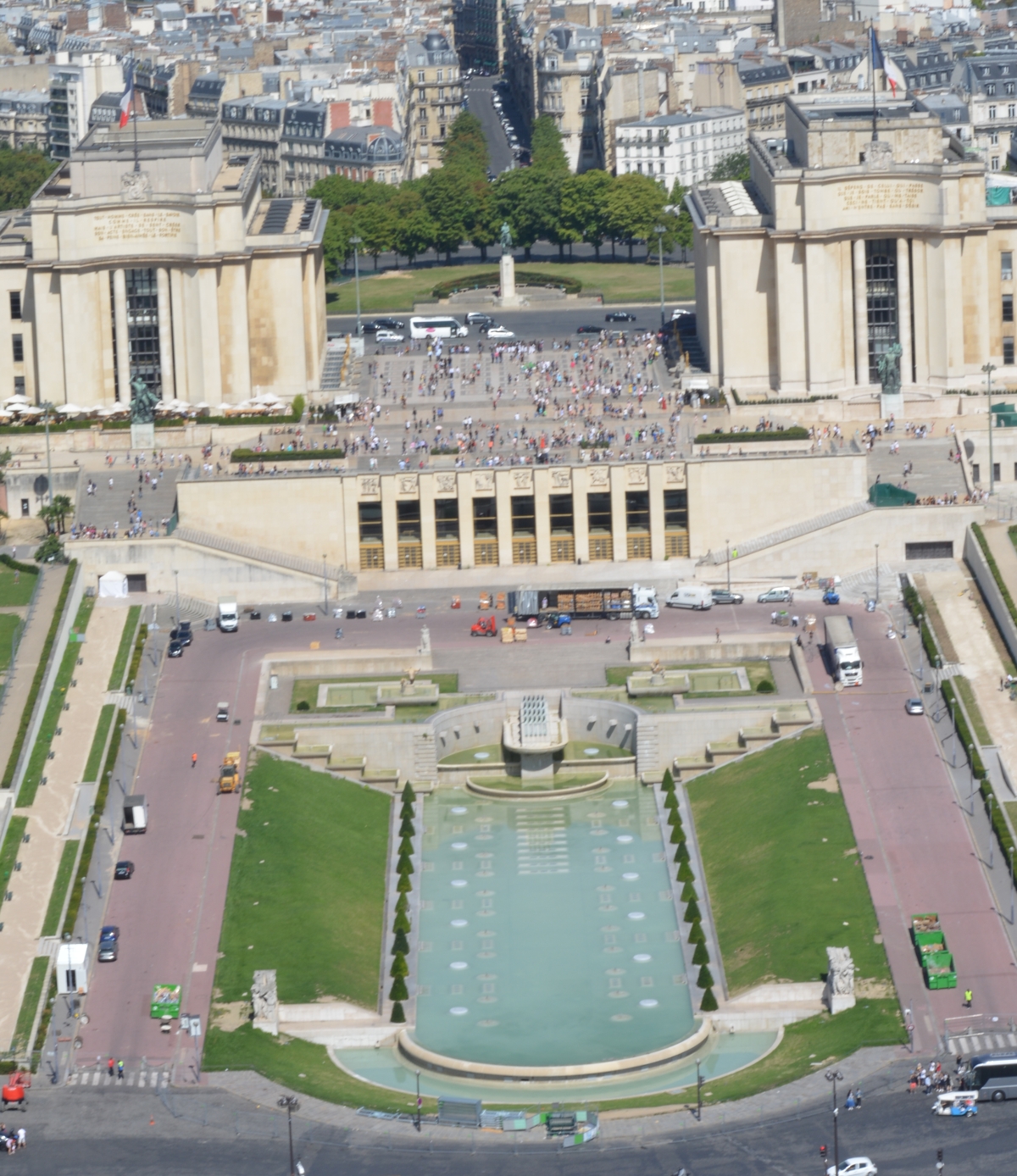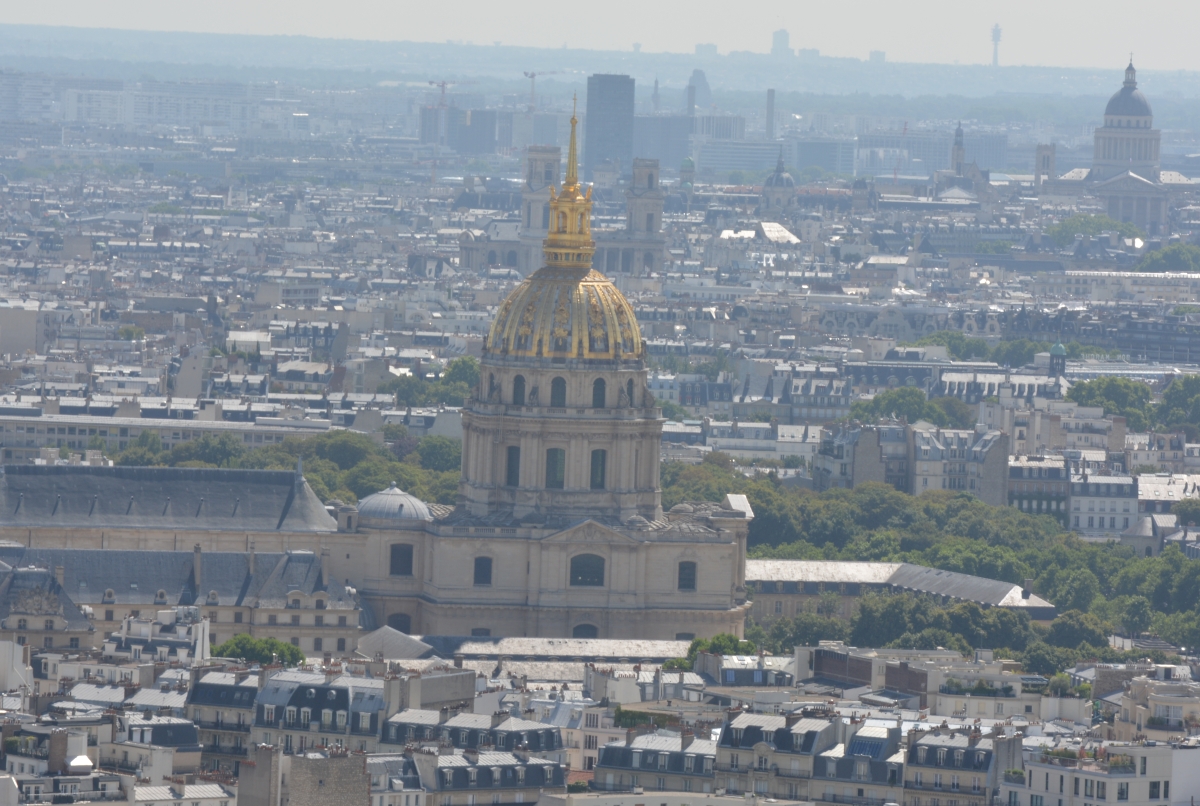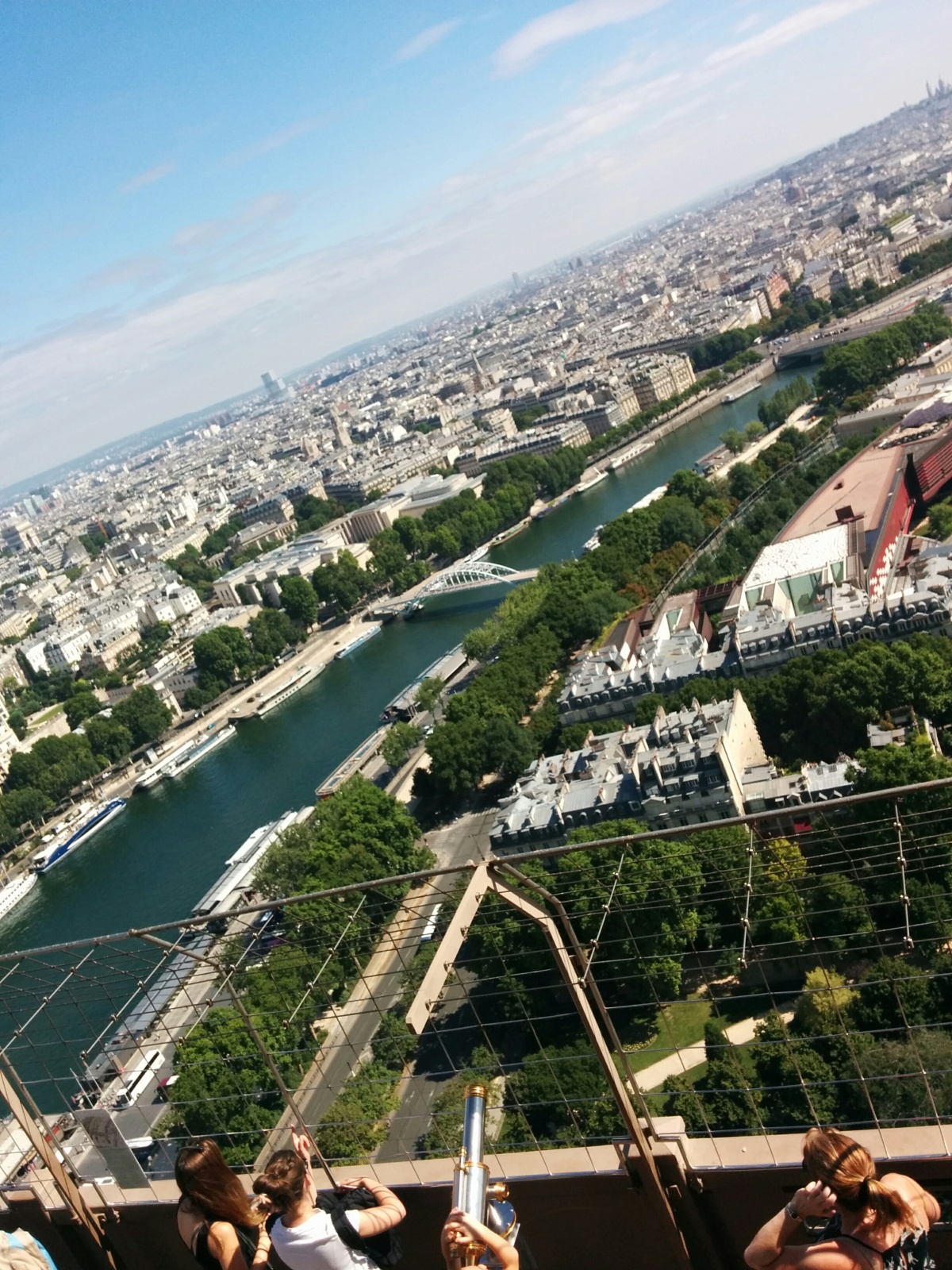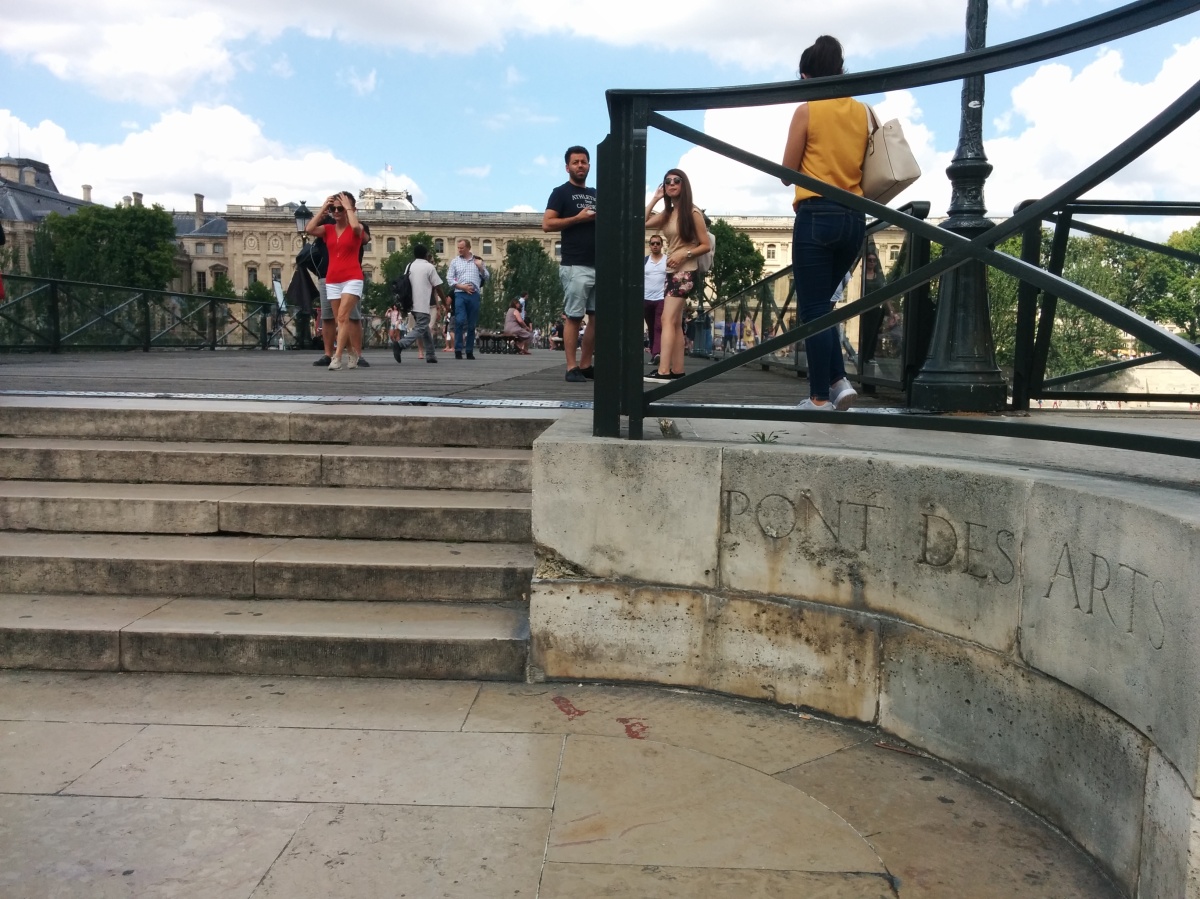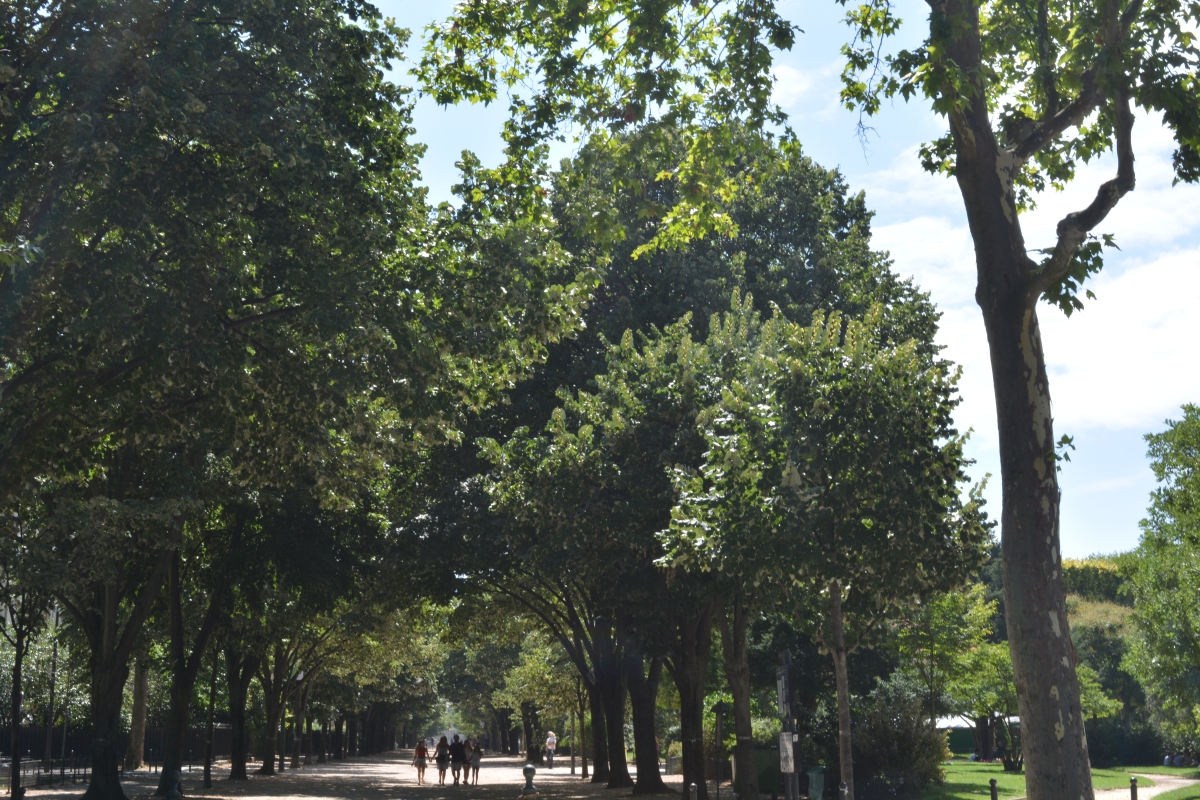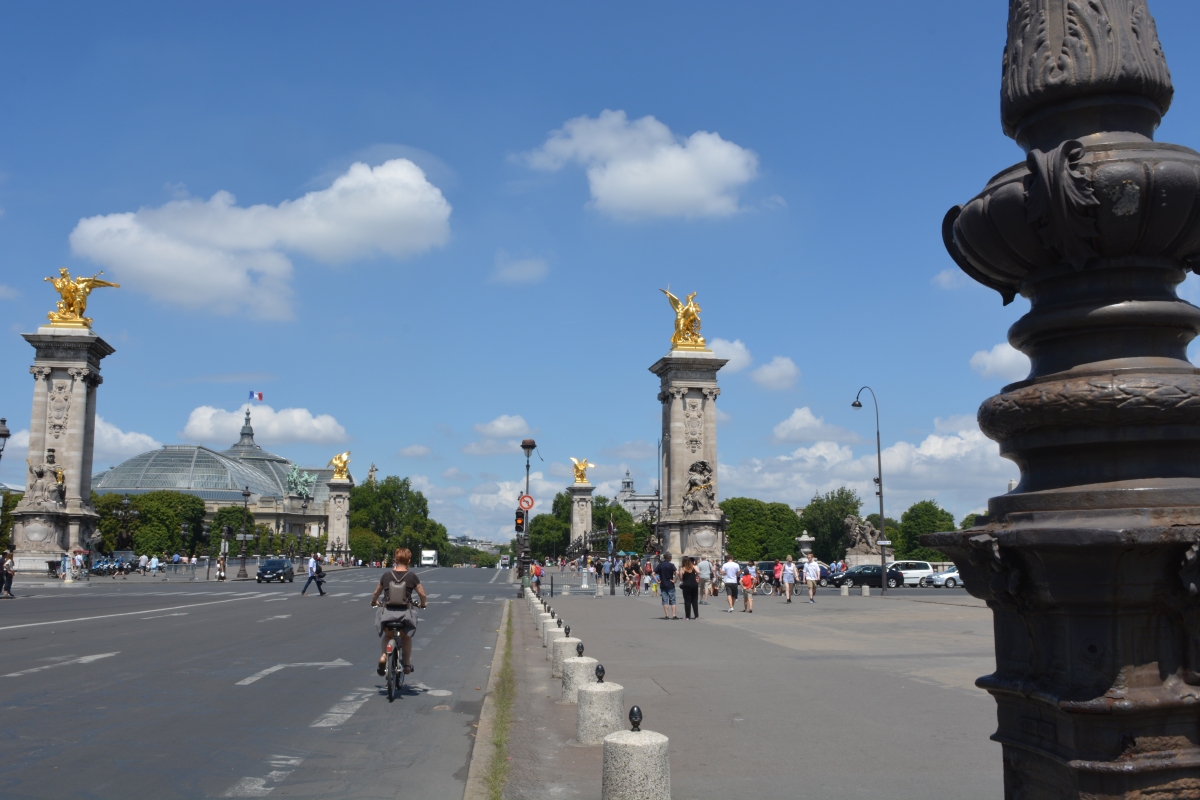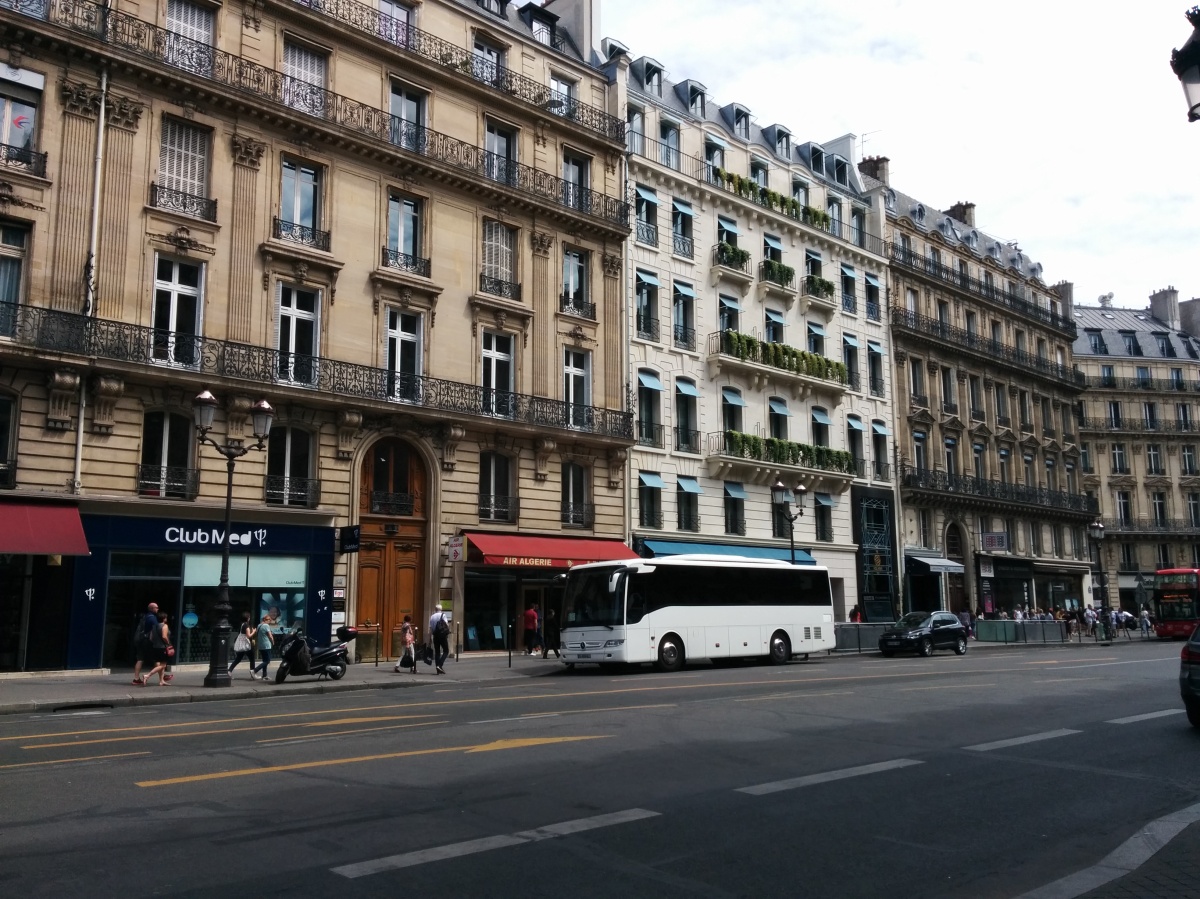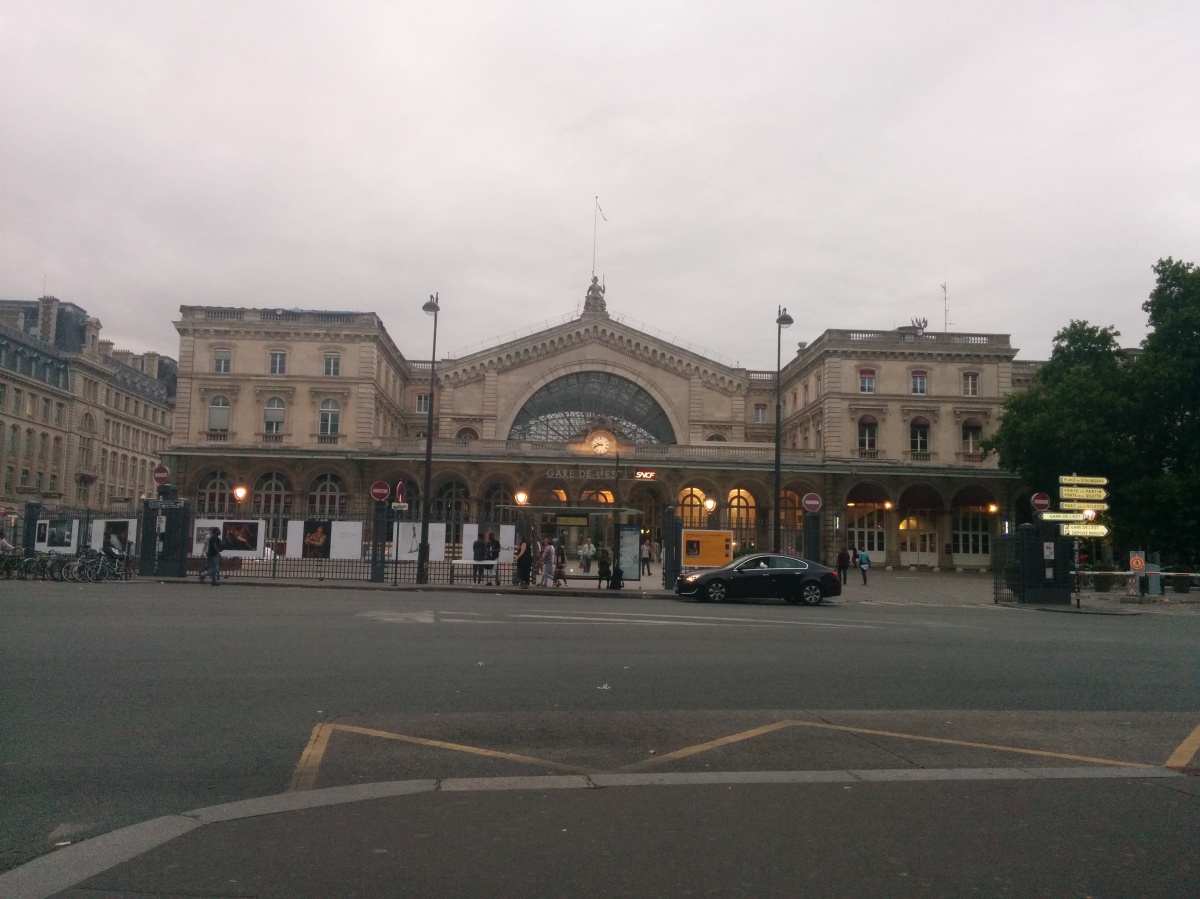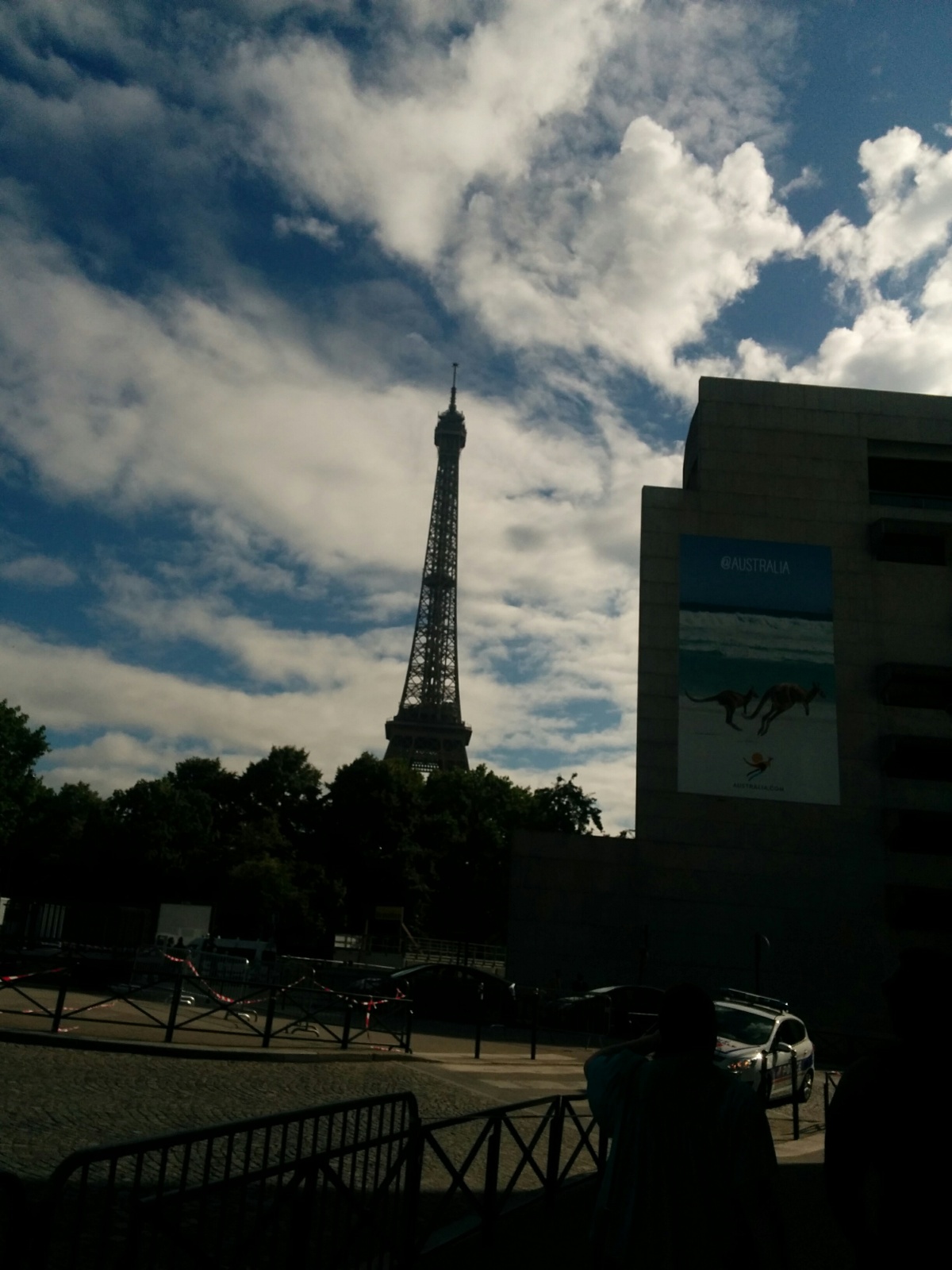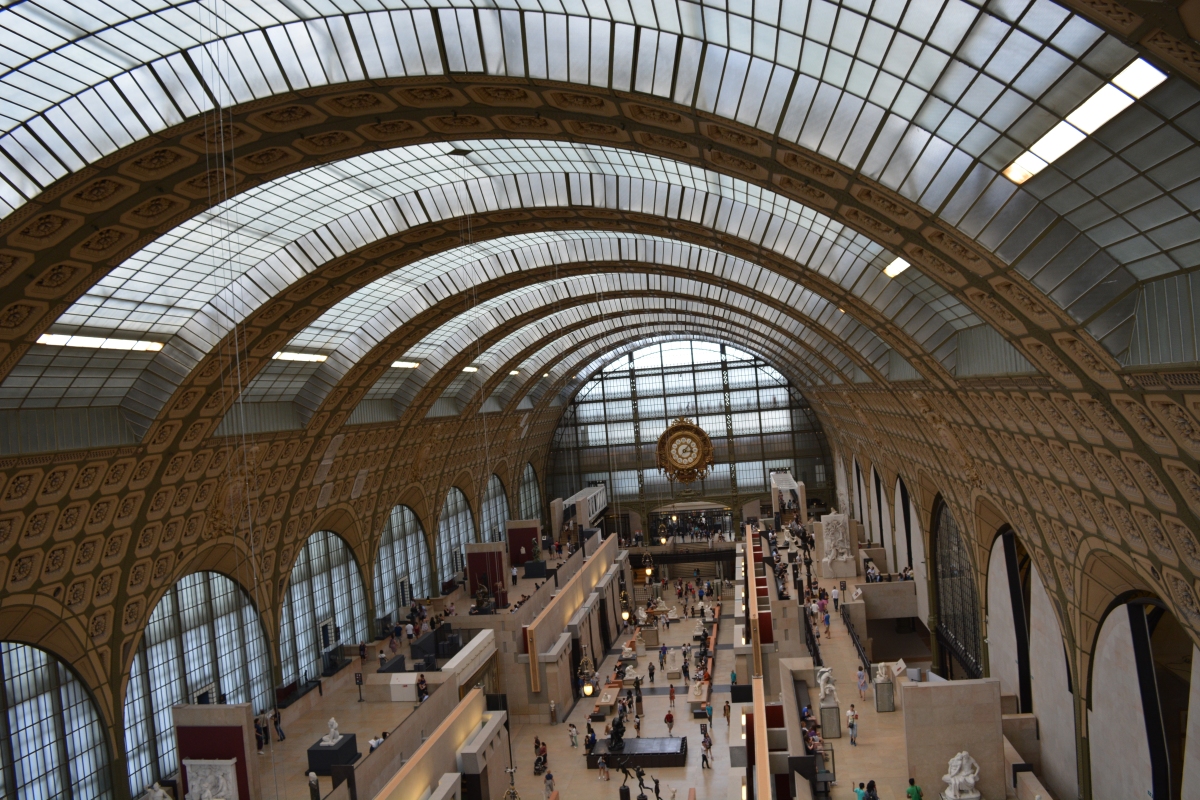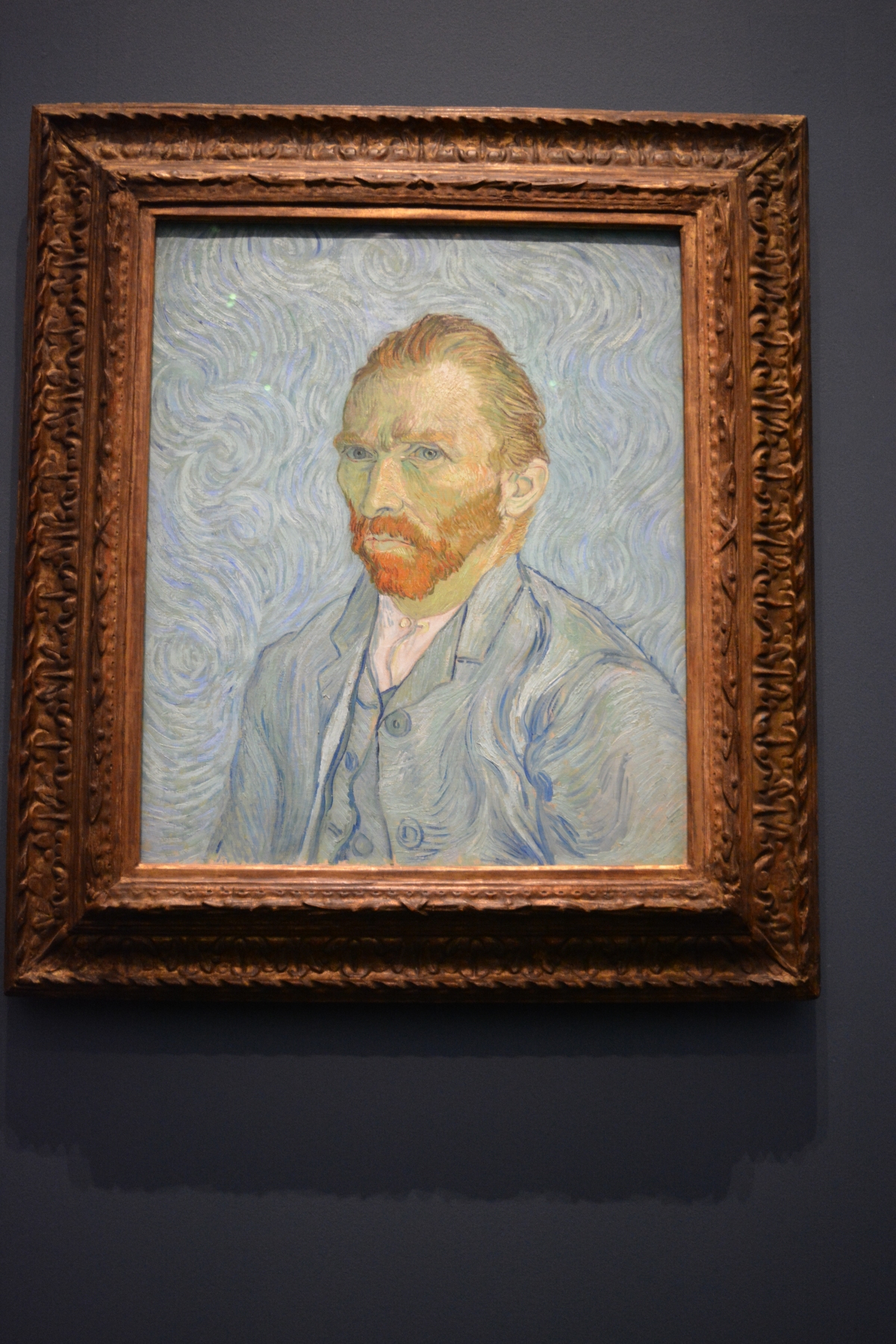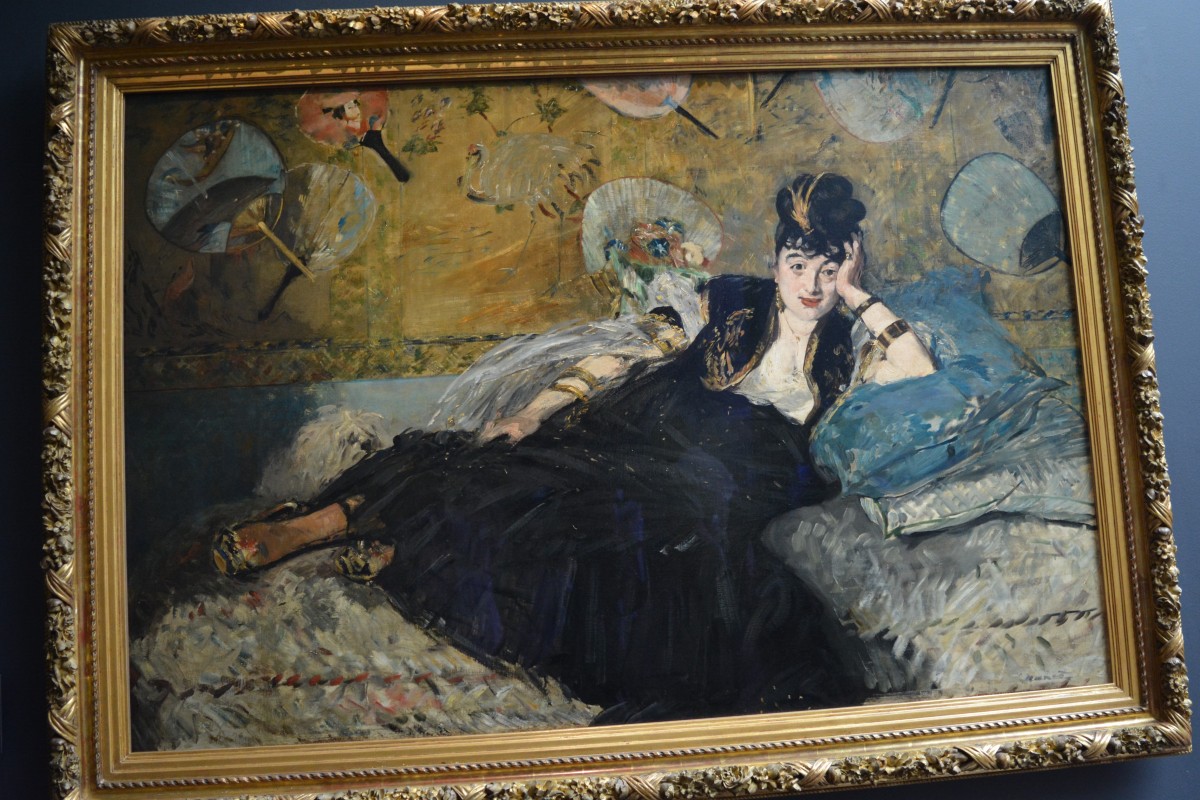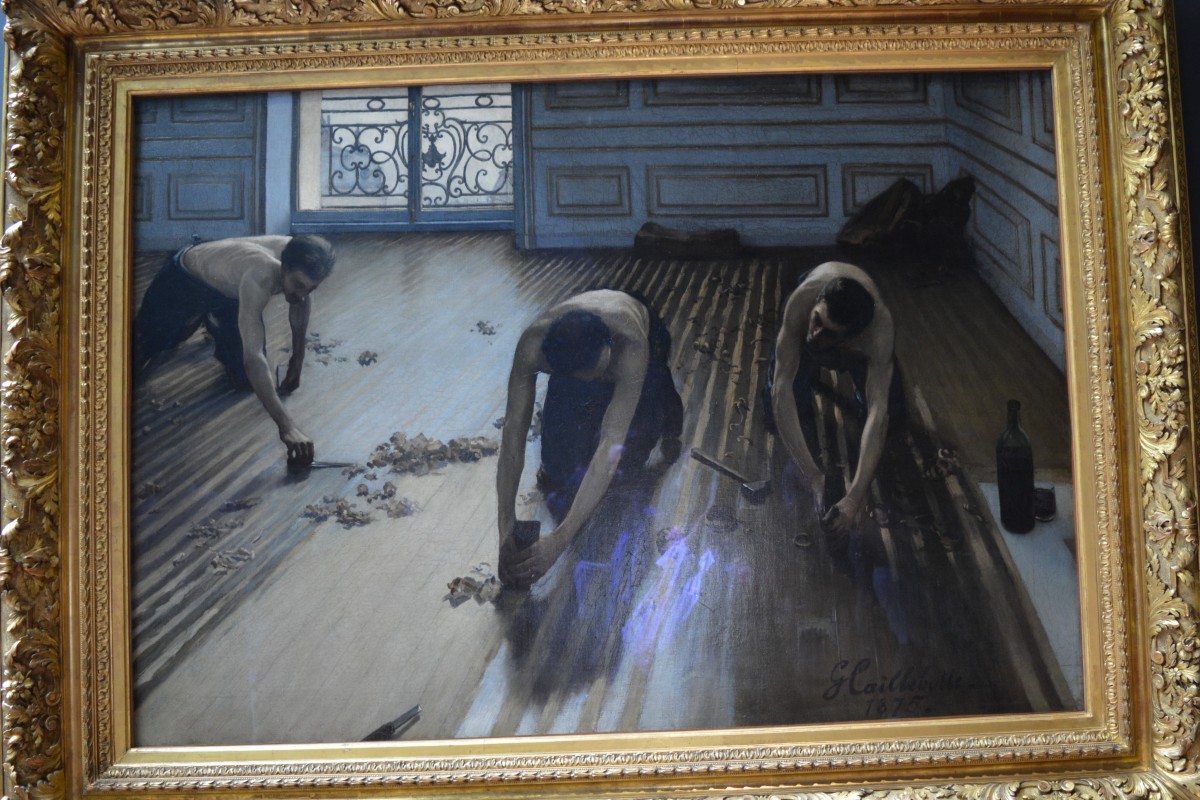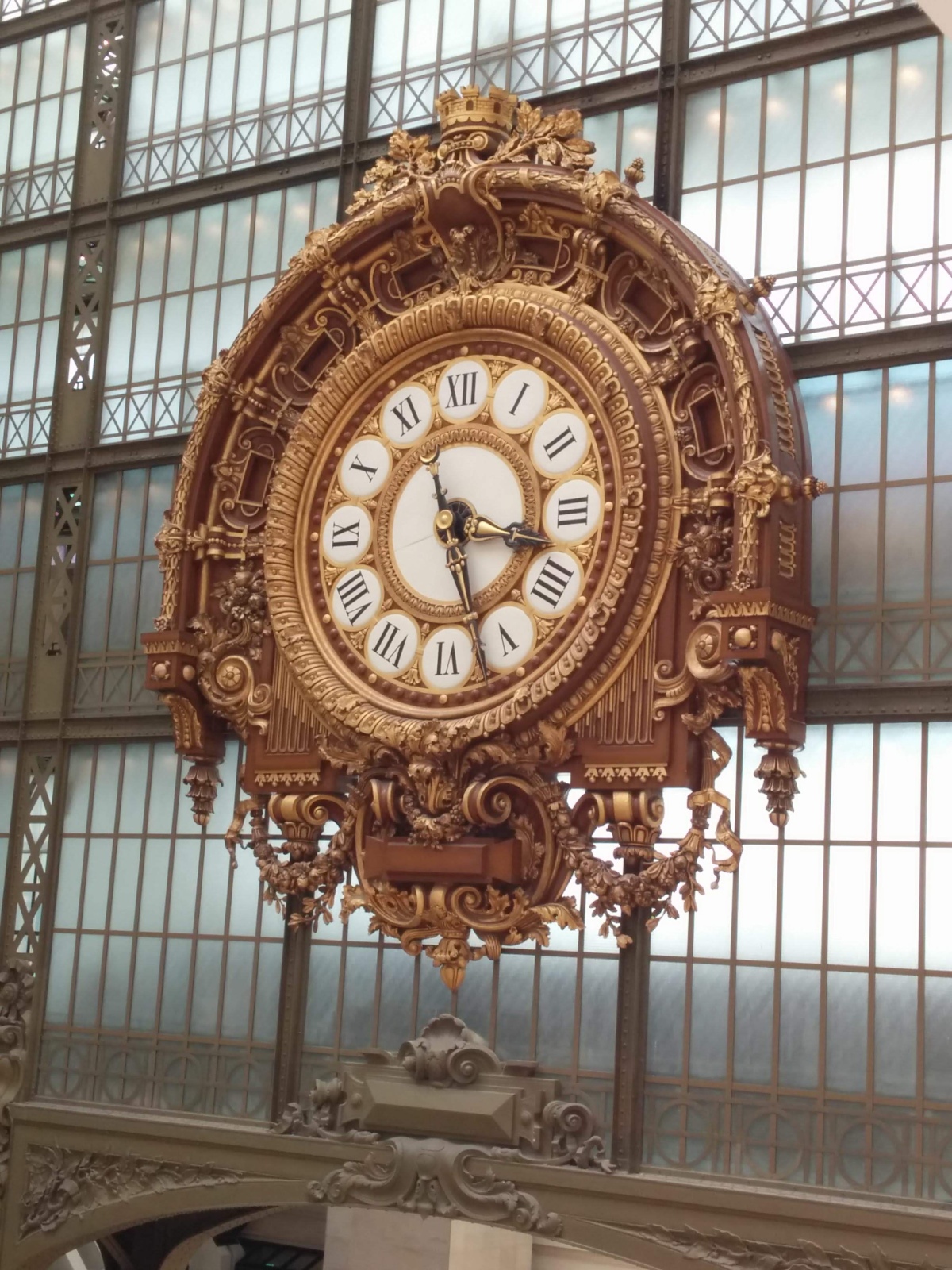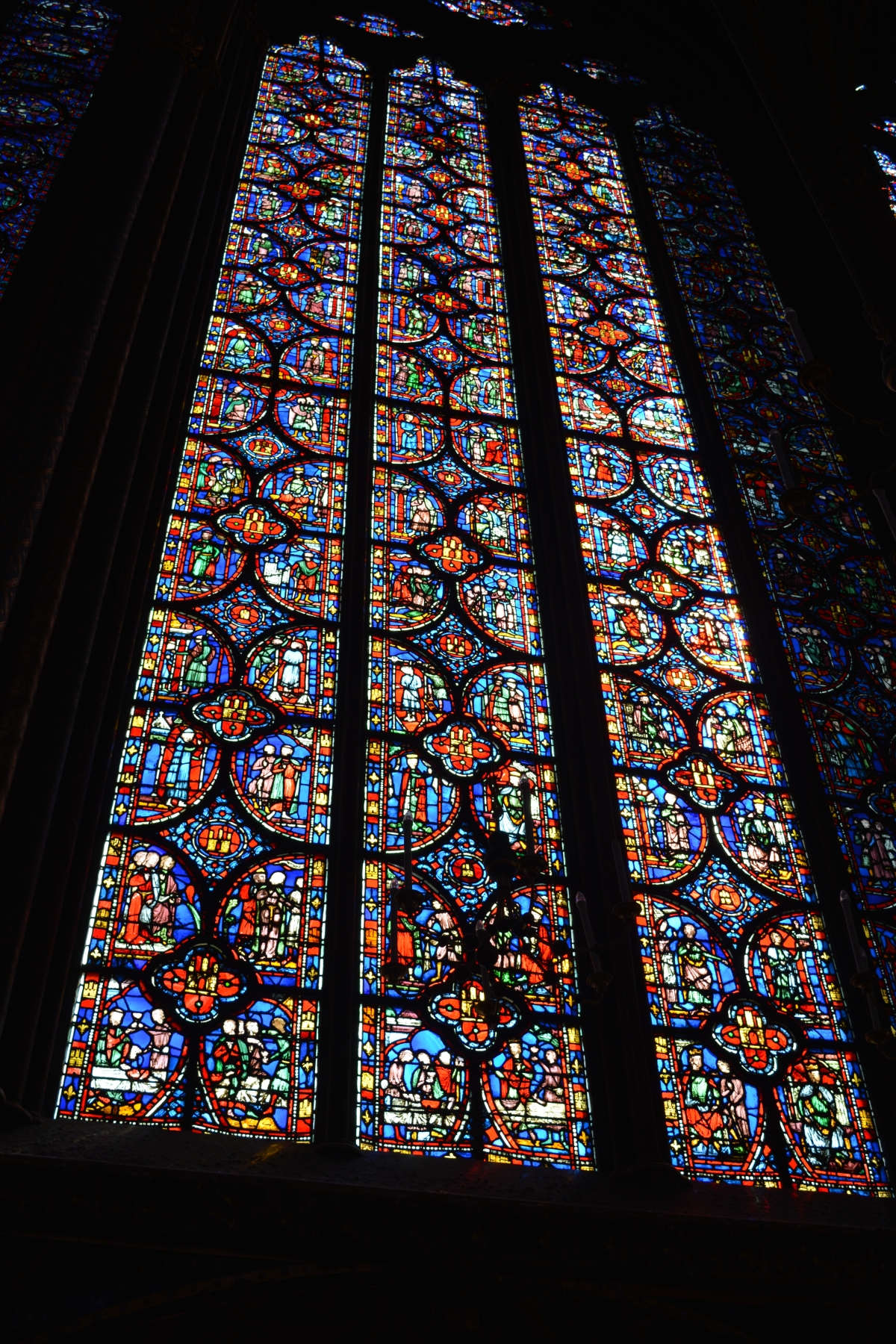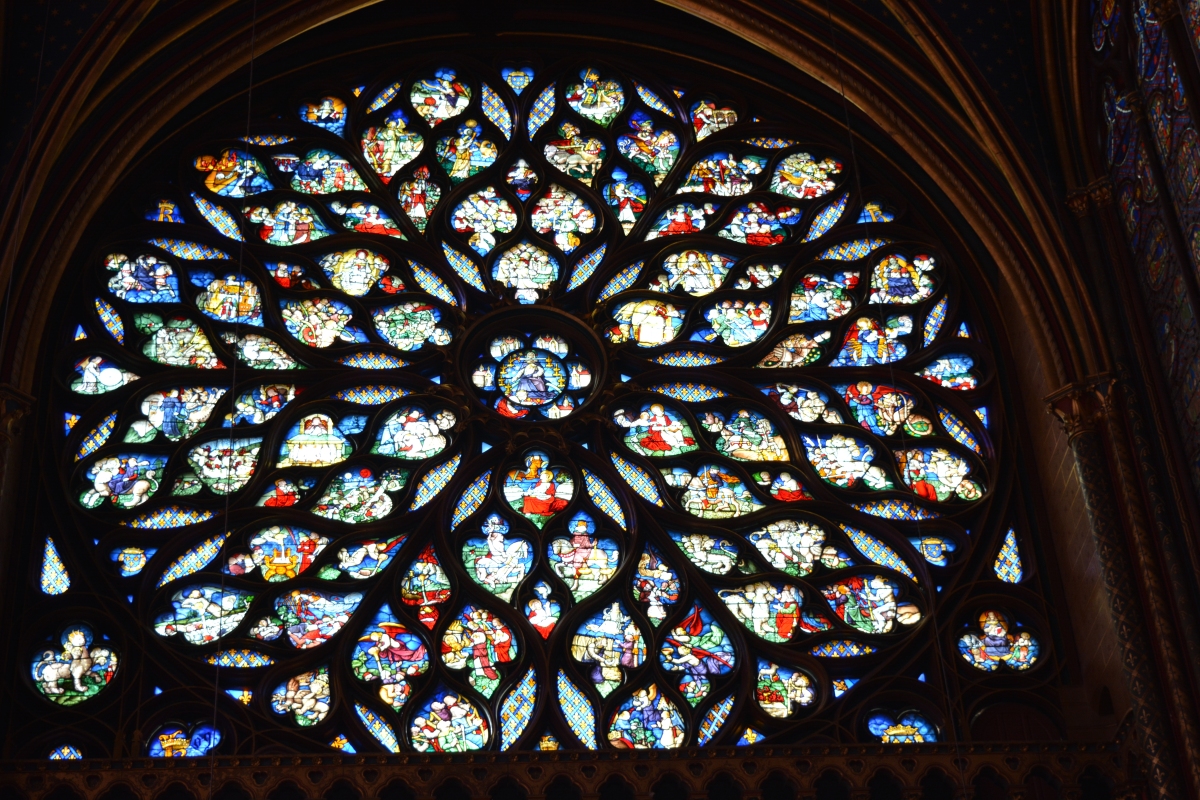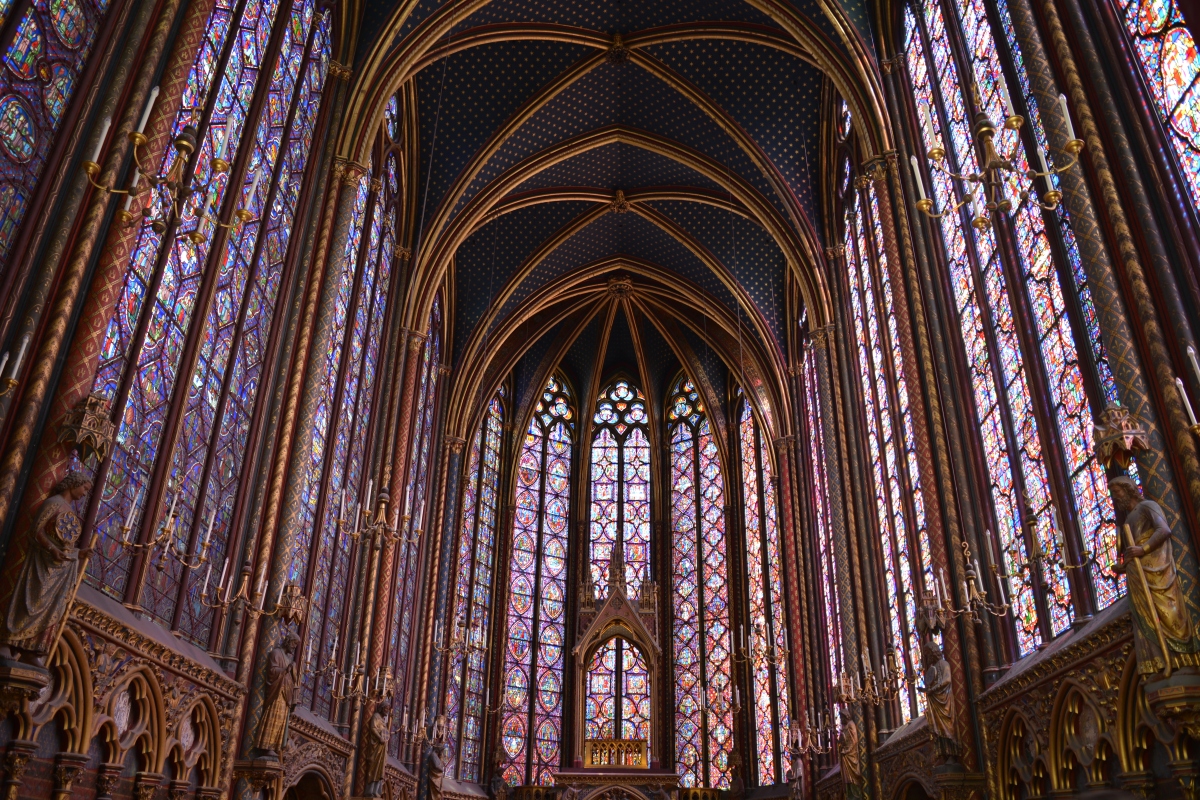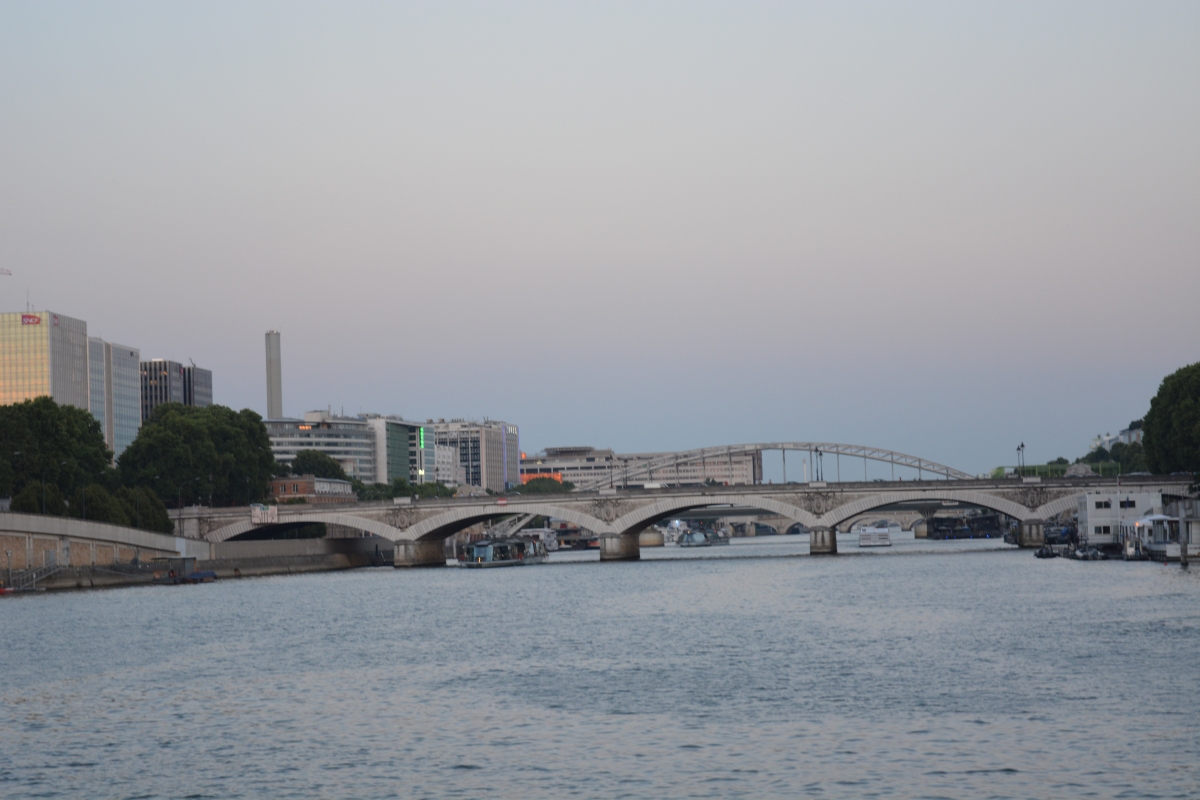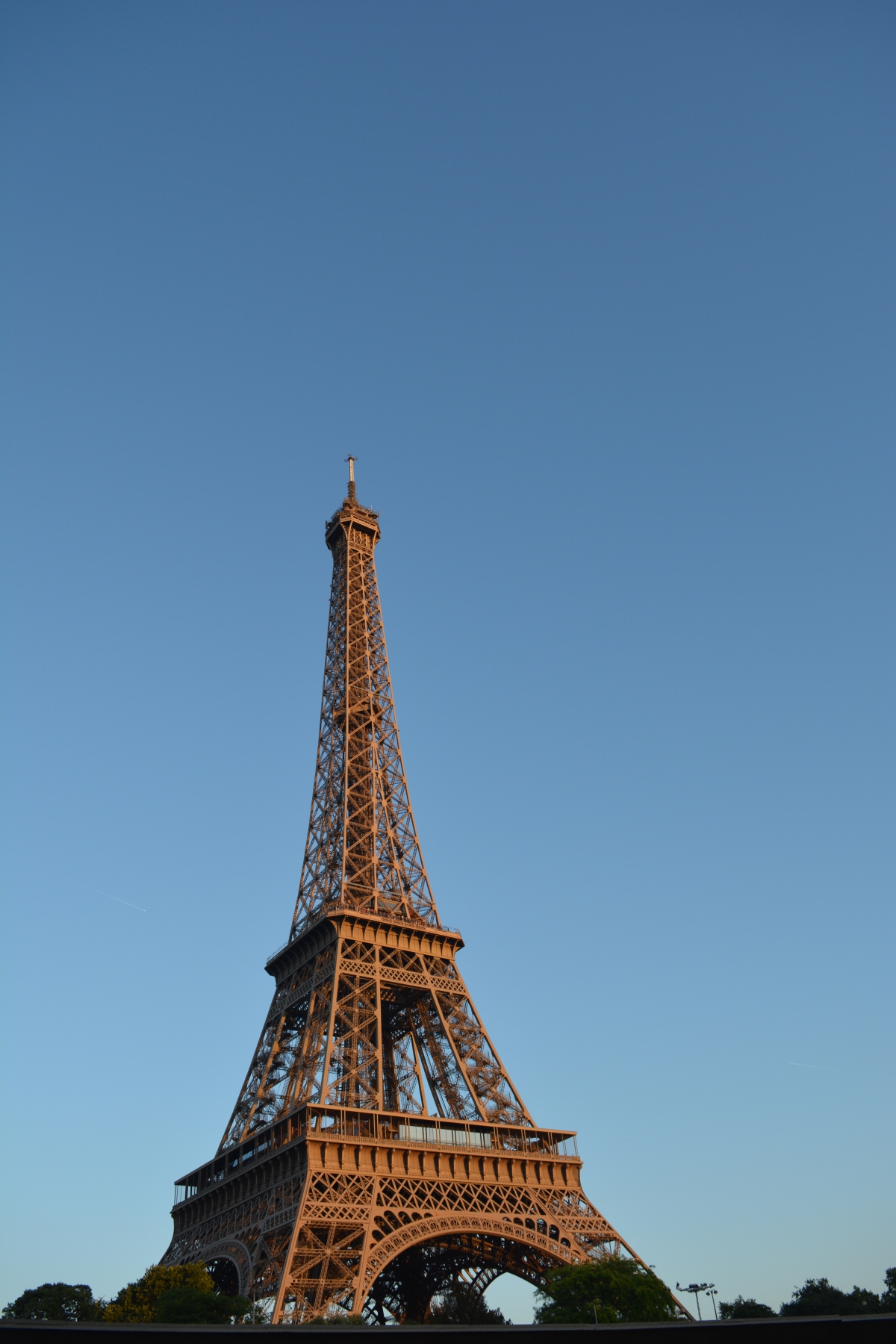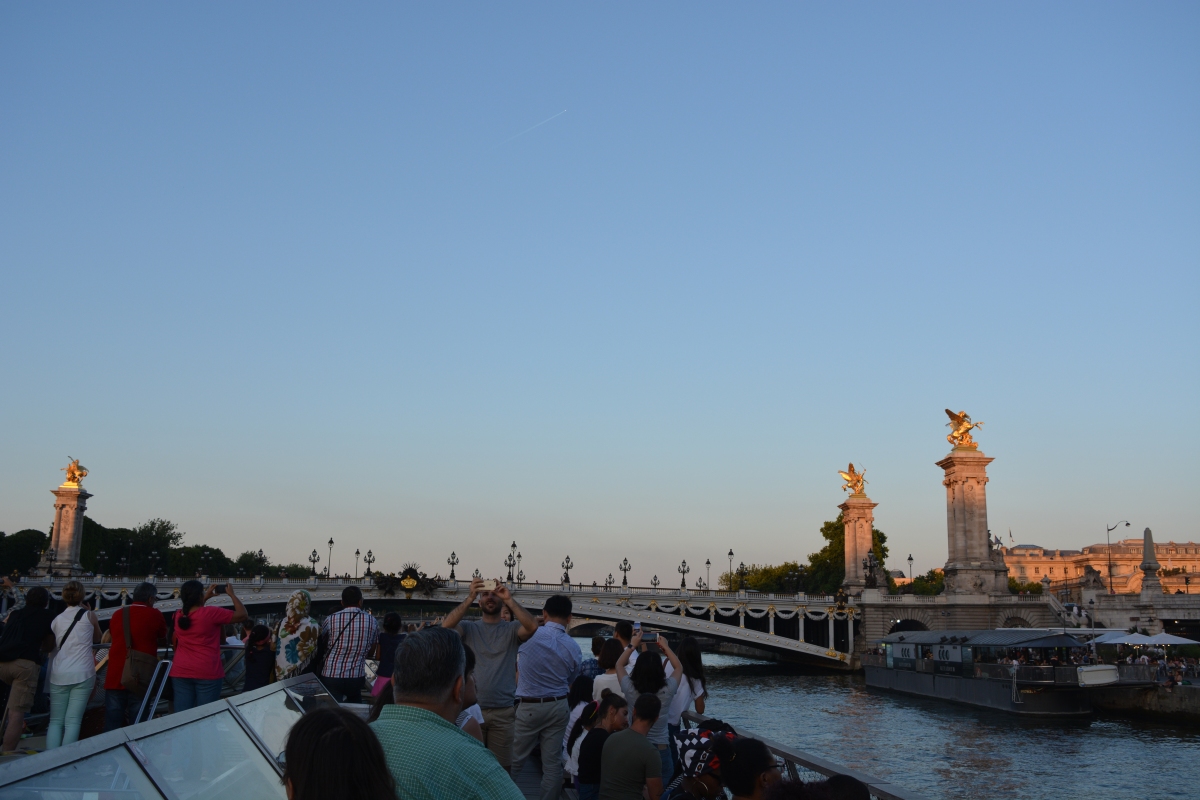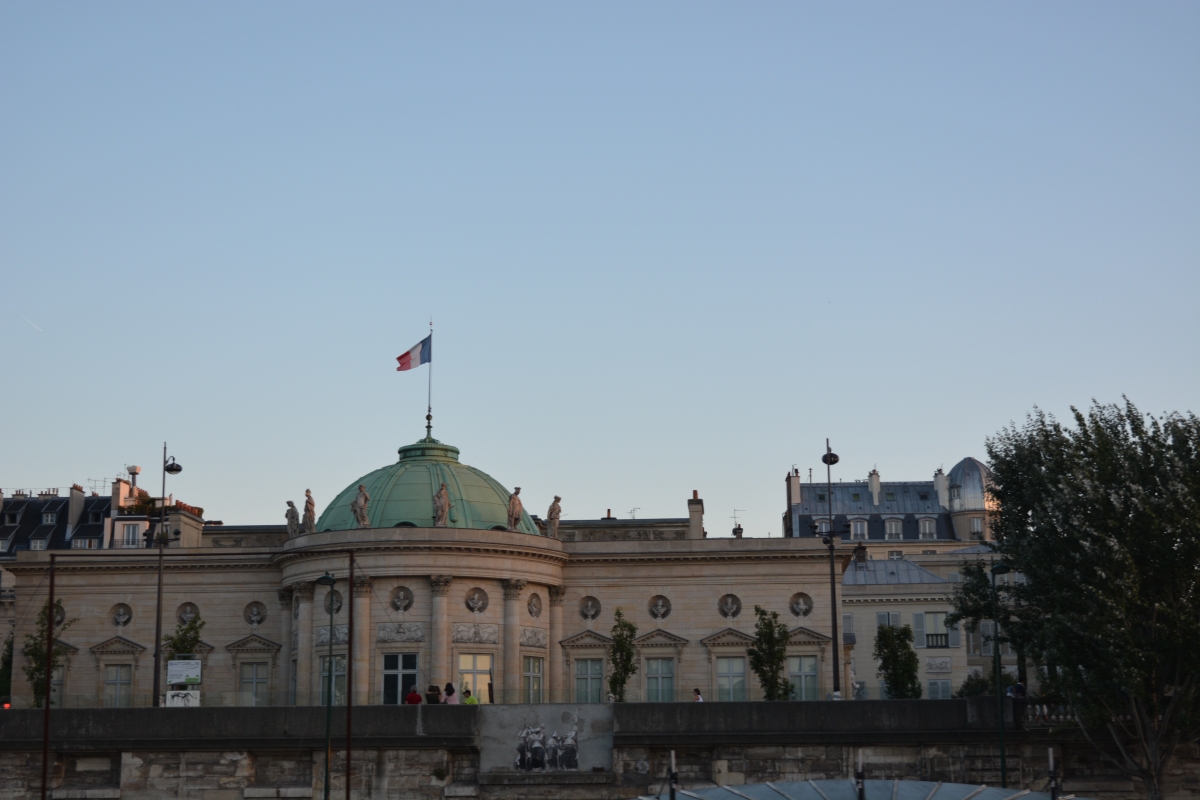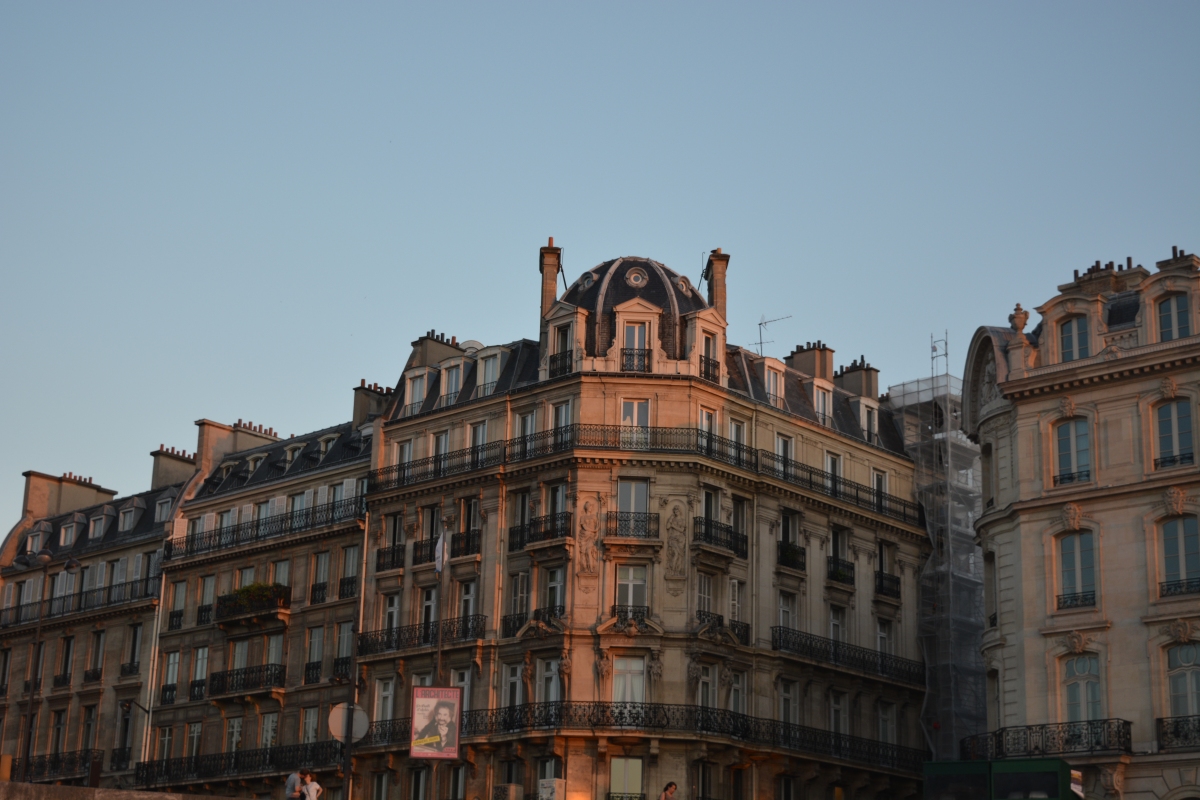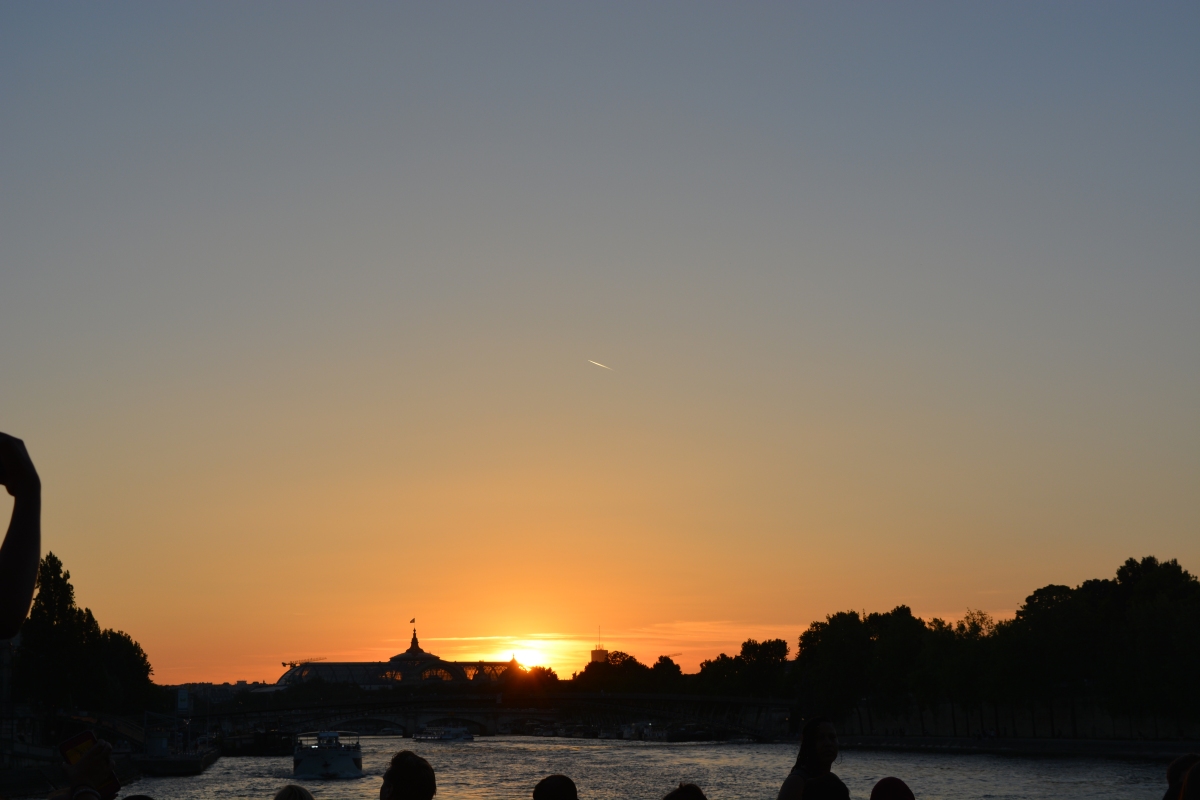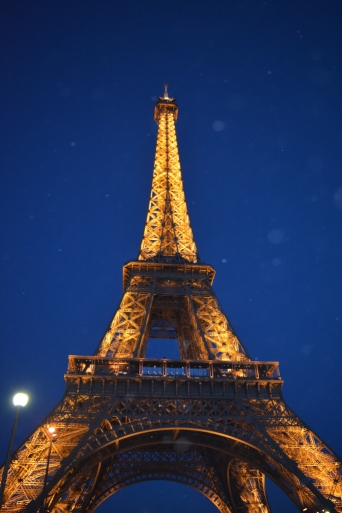One Day in Cork, Ireland
Cork was a flying visit 2 years ago when I accompanied my husband on his then-annual work trip to London. From there, he had a 1-day site visit to Cork and I happily tagged along because of course I wanted to see a bit of Ireland. While I did not get to see the famous cliffs which Northern Ireland is famous for, I got to see archetypal Irish township filled with history and culture.
Literally Jumping Into A Plane
Despite us reaching Stansted airport in advance, security check took aeons and by the time we were done they were calling for final boarding. We literally ran to the boarding gate and saw that there was no one to guide us. At a loss on where to go, we pushed open the door next to the boarding gate number and found ourselves on the tarmac!! We ran over the tarmac towards the correct airlines plane a few meters ahead of us and saw that again there wasn’t a single soul! On spotting a lone air hostess just inside the plane door, we shouted up from the tarmac, “Is this going to Cork?” and she nodded. We climbed up the stairs into the plane and she shut the door behind us. It felt so surreal! It was like getting on a bus, I have never had such an experience.
Tip: Arrive with lots of time in hand if you’re travelling via Stansted.

Cork at Night
We arrived in Cork late evening and after checking in to the hotel, we ventured out to the city centre. Wrapped up in our coats in the pleasantly chilly weather, we enjoyed a stroll along the river – River Lee. With the lit-up streets lining the dark river, it was a pretty sight indeed.
Cork city centre is an island positioned between two channels of the River Lee which meet downstream at the eastern end of the city centre, where the quays and docks along the river lead outwards towards Lough Mahon and Cork Harbour, one of the largest natural harbours in the world. (Source: Wikipedia)
At night, all the shops were closed but the eateries were open, so we entered one for our dinner. Alas! it turns out that in majority of the restaurants, the kitchen closes by 6.30PM and only the bar remains open till about 2AM! Famished, we walked around for a while before we chanced upon a small pizza place to have one of the last remaining ones available – on the brink of time as the place was about to close.
Tip: Remember to get your dinner done in the early evening; we learnt this to our cost.
The Famous English Market
Next day, I started nice and early to start my 1-day tour of Cork City. I had planned my day quite well but as they say, the best laid plans…
I took a bus into town to my first stop of the day – the famous English Market. The English Market covers a huge area and is filled with all kinds of produce you can imagine, especially Irish specialties like Tripe and Drisheen, Spiced Beef, Kidneys and Skirts. There is also a huge fish and seafood section which boggled my mind; half of them I didn’t even know the name of. What attracted me most though, was the local cheeses available – innumerable delicious looking cheeses on display made me salivate.
The English Market has been trading since 1788 and has survived the Famine, wars, fire, revolutions and economic decline. The origins of the building date back to 1610 but the current building is from 1786. One of the reasons why the market came into focus in recent times was the visit of HM Queen Elizabeth II and Prince Philip in 2011, where Pat O’ Connell, a fishmonger, cracked a joke about an ugly monkfish which he had nicknamed as “the mother-in-law fish”, causing the Queen to erupt in laughter. The incident and that photo became famous very quickly and to this day that photo is up on the wall at the seafood section.
Walking Tour
One of the best ways to know Cork City is to take a walking tour. I took a public walking tour organized by Cork City Walk Tours (http://corkcitywalks.eu/). Bart was a lovely and knowledgeable guide who took us through the 2-hour walking tour.
Starting at the Fr. Matthew statue, Bart explained how the downtown district road was constructed to imitate the hull of a ship – an ode to its seafaring history. On the leisurely walk, I got to experience the compact 800 year old city, stroll the lanes of the 18th century Huguenot Quarter and gaze with wonder at Burges’s magnificent French Neo-Gothic cathedral. We also popped in to the Crawford Art Gallery, where we enjoyed the current exhibition and some permanent pieces.













It was an informative and thoroughly enjoyable tour, at the end of which Bart suggested a few choices of where to have lunch. I took his advised and had lunch at this quirky pharmacy turned restaurant – Arthur Mayne’s Pharmacy. Keeping the old décor of a pharmacy, it had a rustic feel and delicious food.
Elizabeth Fort
Post lunch, I set out exploring on my own, again walking. My first stop was Elizabeth Fort located on Barrack Street.
It’s a 17th century star-shaped fort which was built in the aftermath of the Battle of Kinsale held in 1601. It is situated on elevated ground and its main purpose was to protect the walled Cork City below. During its lifetime, it has been used as a military barrack, a convict depot for transportation of women prisoners, food depot during the Great Famine, an RIC station and until 2013 as a Garda station.
Throughout the fort there are evidences and displays which pay tribute to all the various functions which it has served as. Its location atop the hill leads to some supremely pretty panoramic view of Cork city.
Tip: Admission is free but guided tours are payable at €3 pax., starting at 1pm each day.
St. Fin Barre’s Cathedral
After my lovely time at Elizabeth Fort, I walked to my next destination – St. Fin Barre’s Cathedral. The cathedral was designed by William Burges and consecrated in 1870. It lies on a site where Christian worship has been offered since the 7th century.
Unfortunately, this is where my plan started to unravel. Upon reaching the cathedral, I saw that it was closed so I thought I would wait for a while for it to open back up. Meanwhile I spotted the Serenity Circle Labyrinth which is to be walked upon in prayer and meditation. I did the full circle and found it calming and rejuvenating.
Since my final destination was approaching its closing hours, I could not wait anymore to enter the cathedral, so I admired it from outside, took photos and left for Shandon Quarters. When I rounded the street, I realized to my dismay that I had actually been at the back of the cathedral and it, in fact, had been open all this time!! I chose not to enter and carried on to my next stop of the day.
Fitzgerald Park and Shaky Bridge
To reach Shandon Tower, I took the route via Fitzgerald’s Park. It is Cork’s premiere public park and contains a wide range of flora – mature trees, rose garden, floral bedding and a pond dating back to the Industrial Exhibition.
I simply passed through in a casual stroll and admired the fall colours of the trees lining the paths and the gardens. From the park, I walked on to the Shaky Bridge to reach the north side of the city.
Inaugurated in 1927, it is the only suspension bridge in Cork City. The term “Shaky Bridge” is derived from the movement of the platform when running or jumping on the bridge. Ofcourse I had to walk over it fast to check the authenticity! It did shake, even if lightly.


Missing Shandon Bells, but Butter Museum!
The walk to the Shandon Bells was long and cold and I was exhausted by the time I reached. But to my utter dismay, I saw that the final entry to the church and bells had closed just 2-3 minutes ago!! I felt like crying because this was something I had dearly wanted to see. If only I had walked faster, if only I hadn’t loitered so much in the park, etc. etc. If onlys wouldn’t bring back time so I checked my tourist map to see what else I could do. I landed upon a very interesting place – A Butter Museum!
Situated in the Shandon Quarter itself, the Butter Museum offers a glimpse into the past when the area was the world’s largest butter market. Butter is the signature food of Ireland and the museum offers an insight into Ireland’s most successful food export.
On entering, there is an informative video about how butter was buried in a bog to the 19th century Cork Butter Exchange to the global success of the modern Irish dairy industry. The Museum is small but that means I got to explore it all – the various tools and machineries used for butter churning used throughout the ages, the techniques used, the storage mediums and a lot more about the history of butter.
Tip: Entry is €4 but arrive well in time to be able to view one of their butter churning demonstrations; I missed it due to the late hour of the day. For more information, visit their website.

A Final Cheers!
Despite there being few upsets in my plan, I was happy with my day spent in Cork and I headed back to the hotel in a good state of mind. We had to leave that evening to get back to London but before that, we had one last mug of chilled beer which the Irish love – Guinness.
What to do if you have more time in hand
If you had more than one day in hand in Cork, below is a list of must-visit attractions in Cork.
- Cork City Gaol – It is said original prisoner writing can be seen on the cell walls!
- Shandon Bells – It houses the Four Faced Liar – the 4 faces show different times! – and a gold fish at the top. You can ring the bells – in a tune of your choice – and climb the tower.
- University College Cork – Includes Ogam Stones collection – largest in Ireland, the Honan Chapel with beautiful mosaic floor and stained-glass windows.
- Blarney Castle and Grounds – Situated 8kms. From Cork, this would have to be day trip. Its stone is said to have the power of awarding eloquence to those who kiss it!
Things to know about Cork before you visit
- Currency used is Euros (€) so be prepared especially if you’re traveling from London it may be a tiny shock.
- Kitchens close by 6.30PM so be sure to have your dinner by then (or atleast order it). Bar will be open till well afterwards.
- Buses generally do not ply in late evening – atleast I did not see any.
- Be on time as per brochures/websites to all your attractions.
If you like this, please Share:
One Day in Cork, Ireland Read More »






















